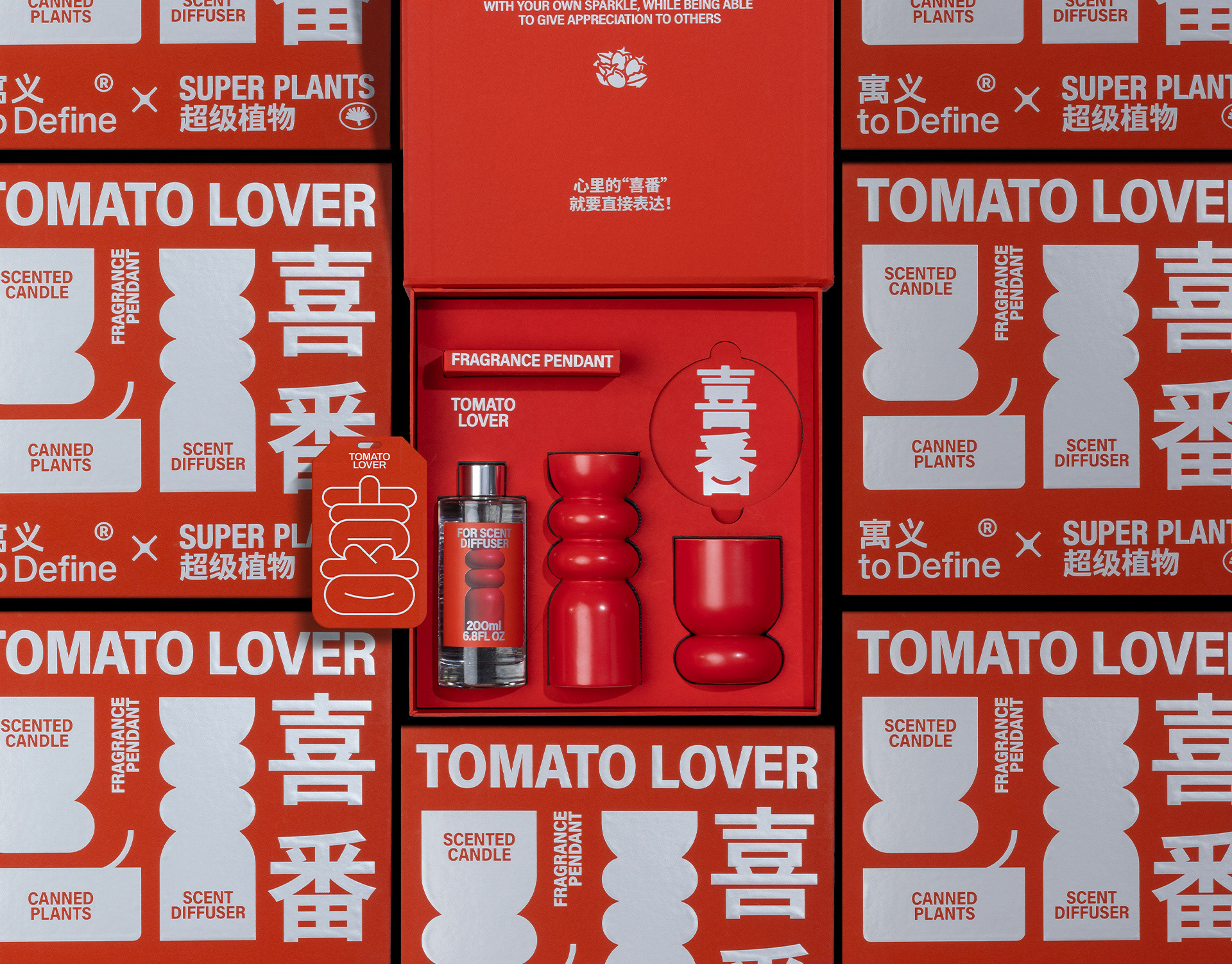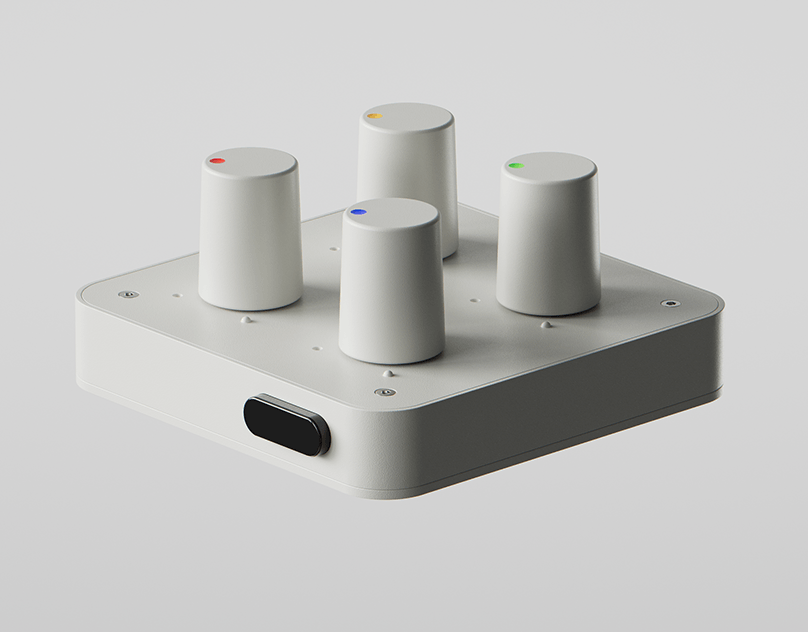Collection of 27repeat patterns inspired by transport stations. Collaboration of 27 illustrators from 15 countries.
One of the reasons for doing this is to give meaning behind the patterns we see in life. There are patterns everywhere, on clothing, bags, advertisements etc. But how many of these patterns really have any meaning behind them?
Together we made a travel through different cultures and visions and sharing personal stories.
Idea of the project Kristy Kropat
Organization and animation for the project Frau Shto
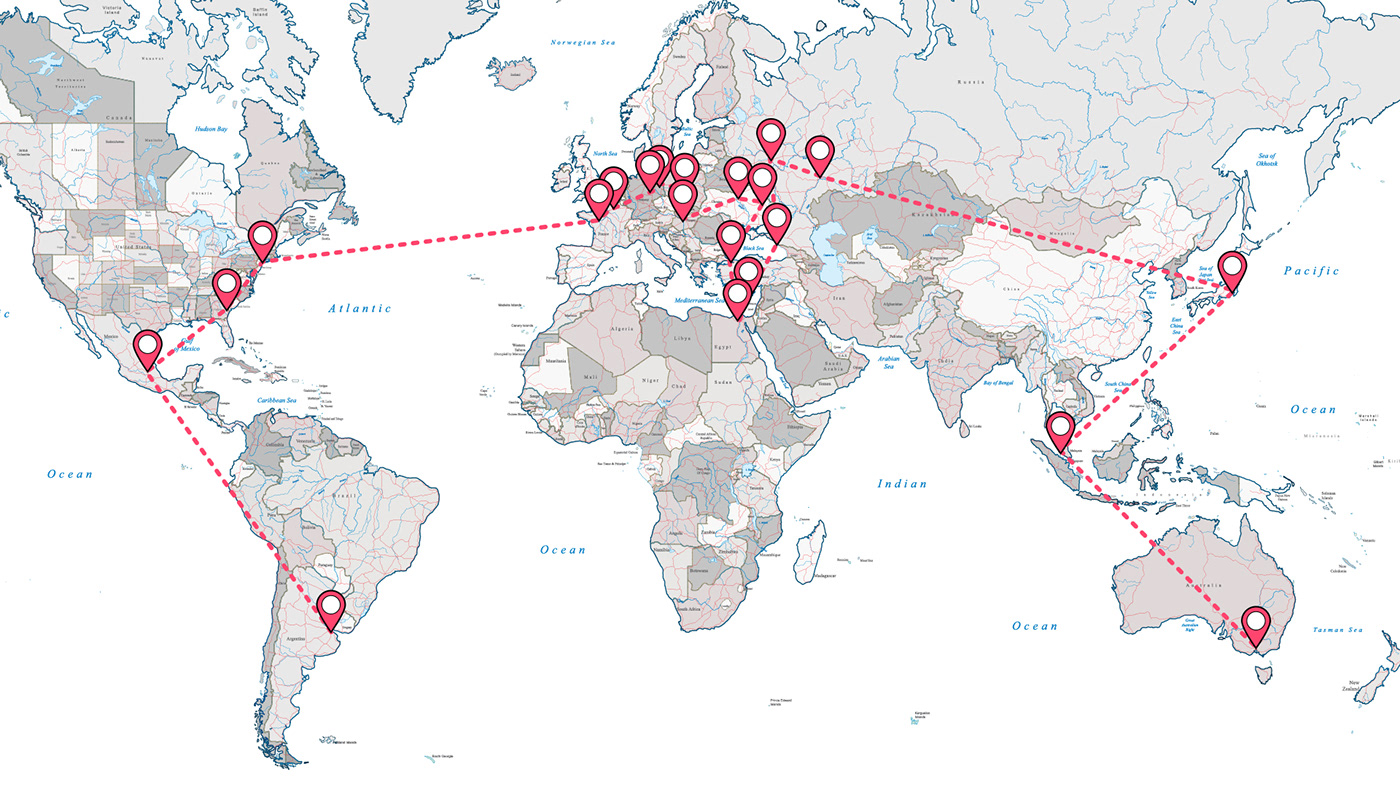

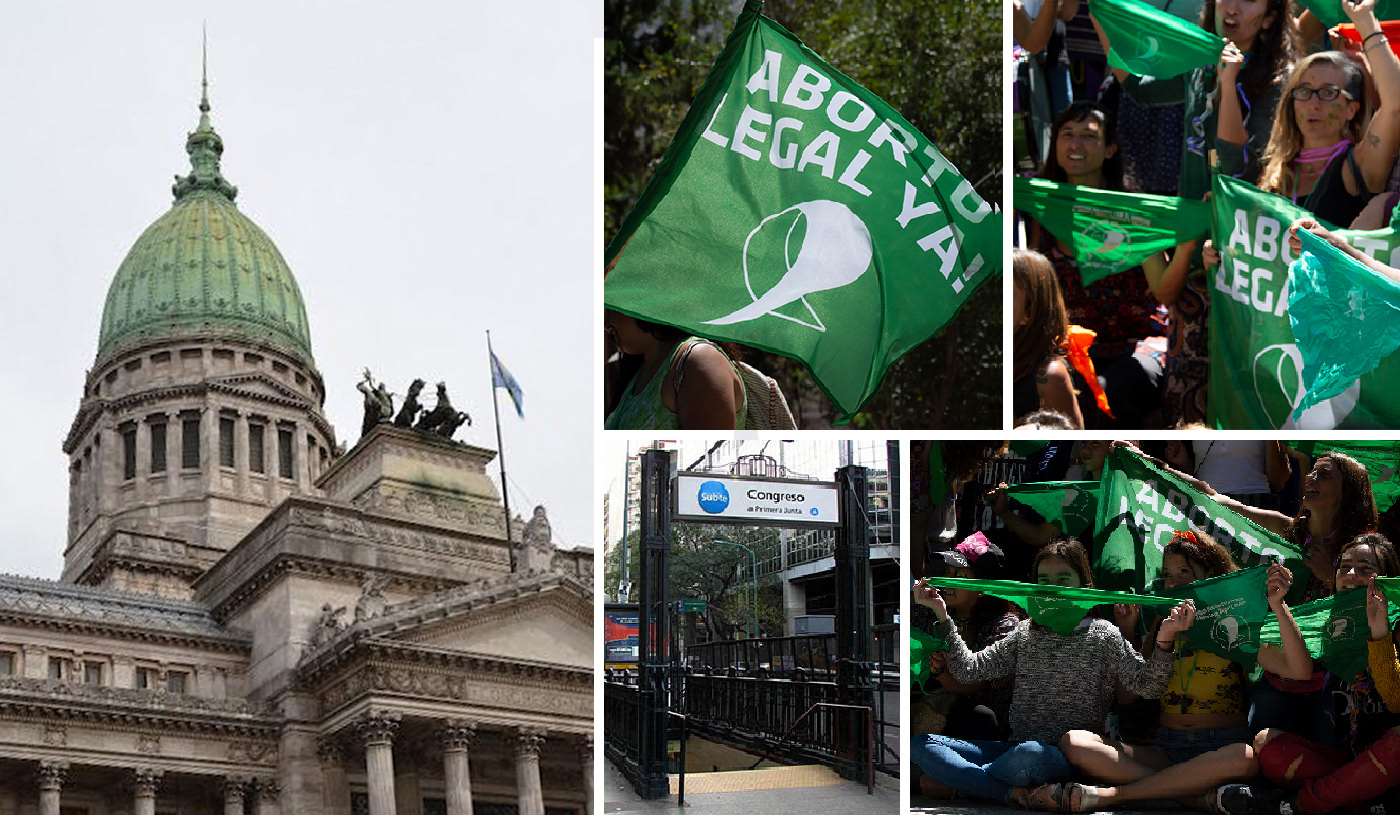
The Congreso station ends up in the Argentine Congress, where it exercises legislative power and the sanction of federal laws. It is the epicenter of multiple demonstrations. For 15 years now the struggle has been going on to get the law passed for the right to safe and free legal abortion. The feminist collective made up of thousands of women with the green scarf as a representative symbol of the National Campaign for the right to Safe and Free Legal Abortion are demonstrating in Congress to demand once again that it becomes law.
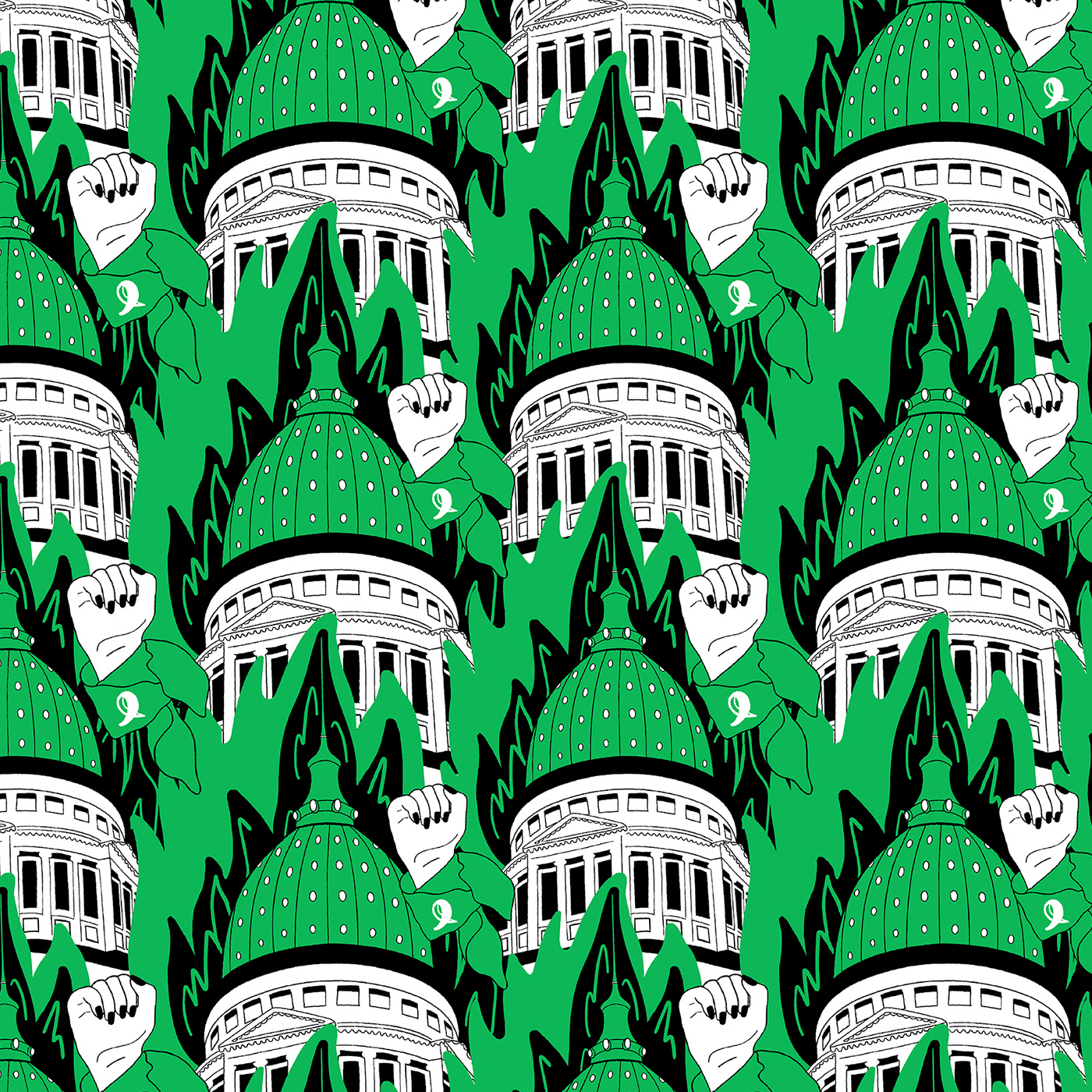
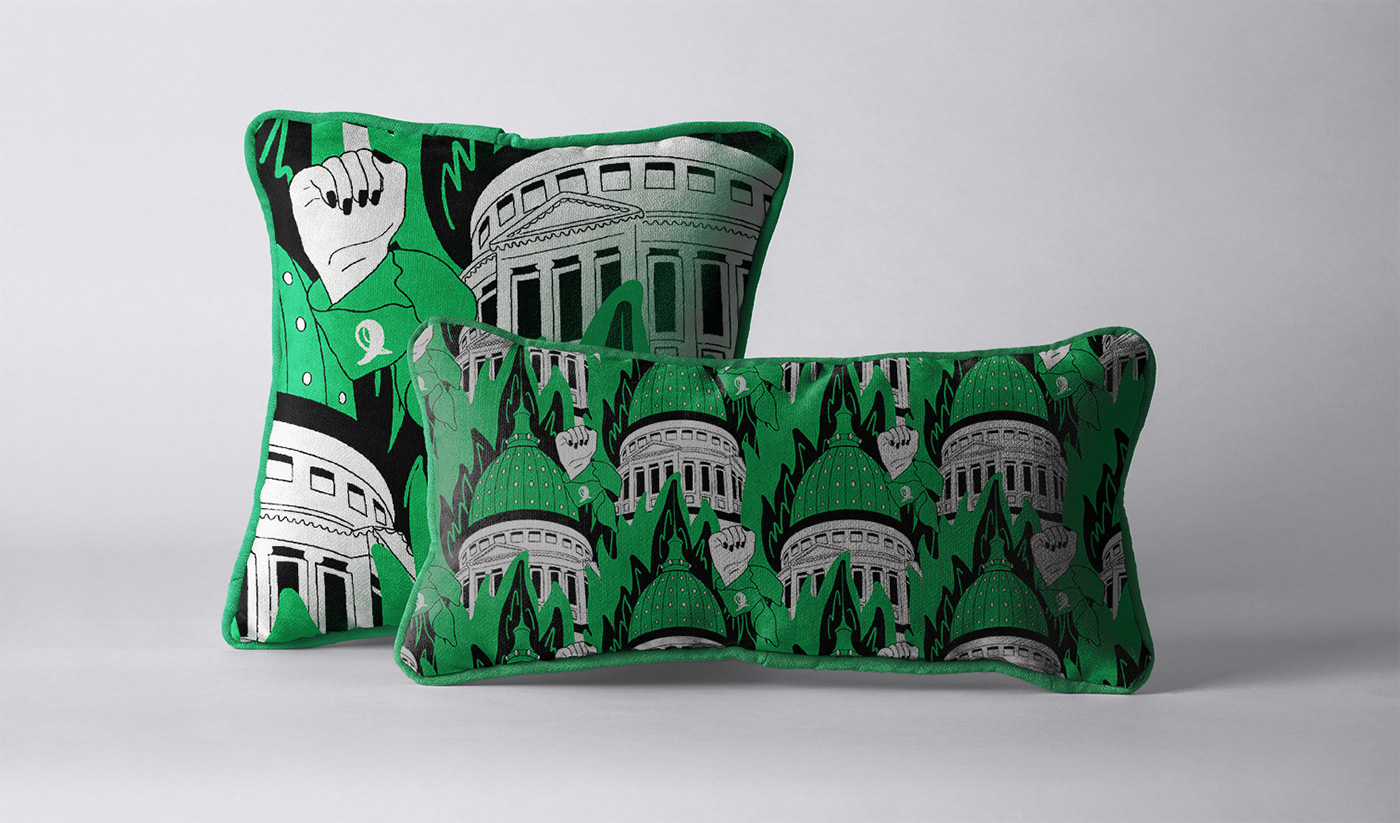

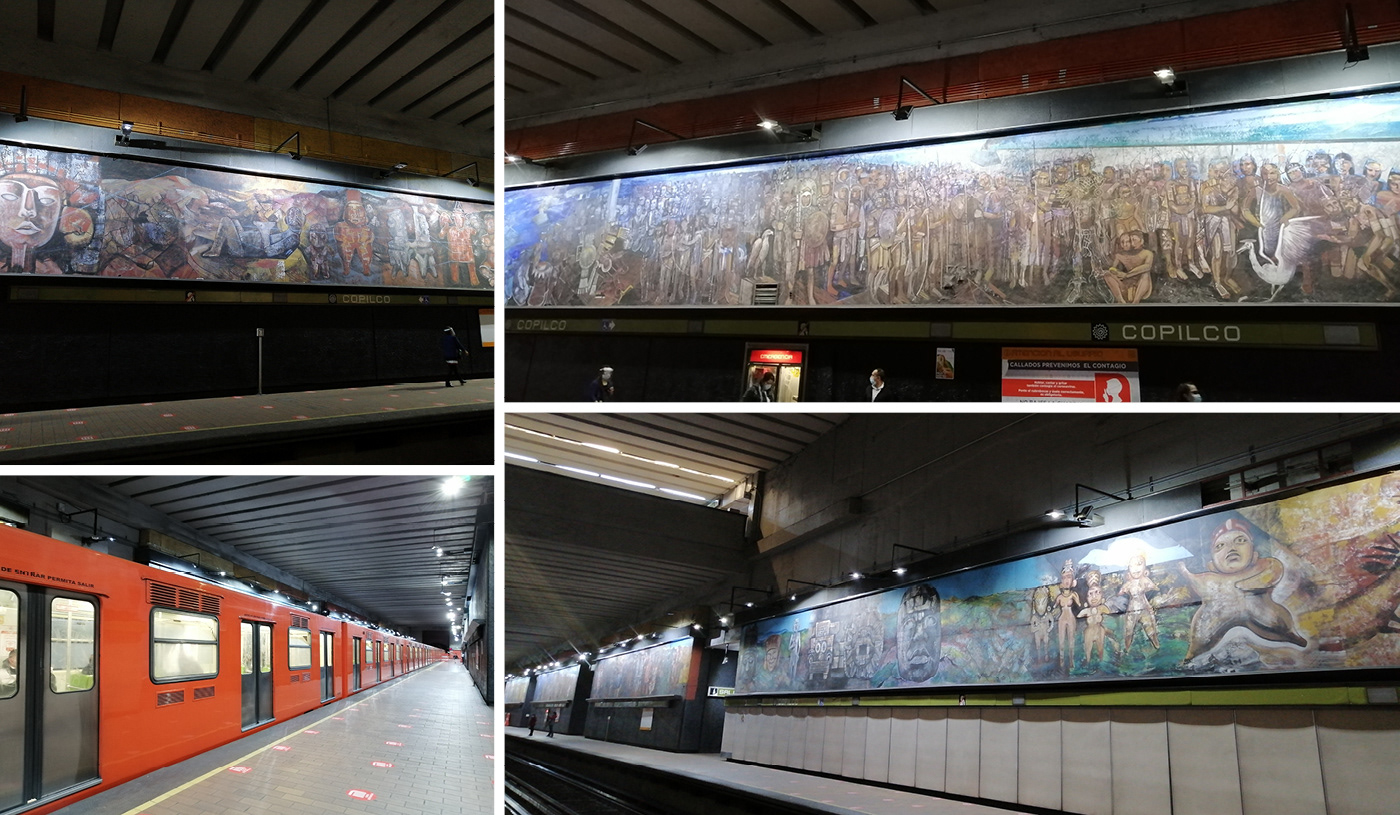
The Mexico City metro has 12 lines, each with a distinctive number, letter, and color. Its iconography and graphic identity are inspired by the history of Mexico. The Copilco metro station is located on the green line, number three. Its name comes from the Mexica dialect and means "In the Royal Crown". This station has a large mural. The mural is divided into five large panels and is titled "The Profile of Time."
The five panels tell the history of the world and the history of Mexico. The aim of the artwork is to allow subway passengers the opportunity to contemplate and appreciate both the passage of time and the global history of mankind.
For the pattern I focused on the parts of the mural where it shows the ancient cultures of Mexico, their landscapes and clothing. The color palette is based on the colors green and orange, emblematic colors of this transport.
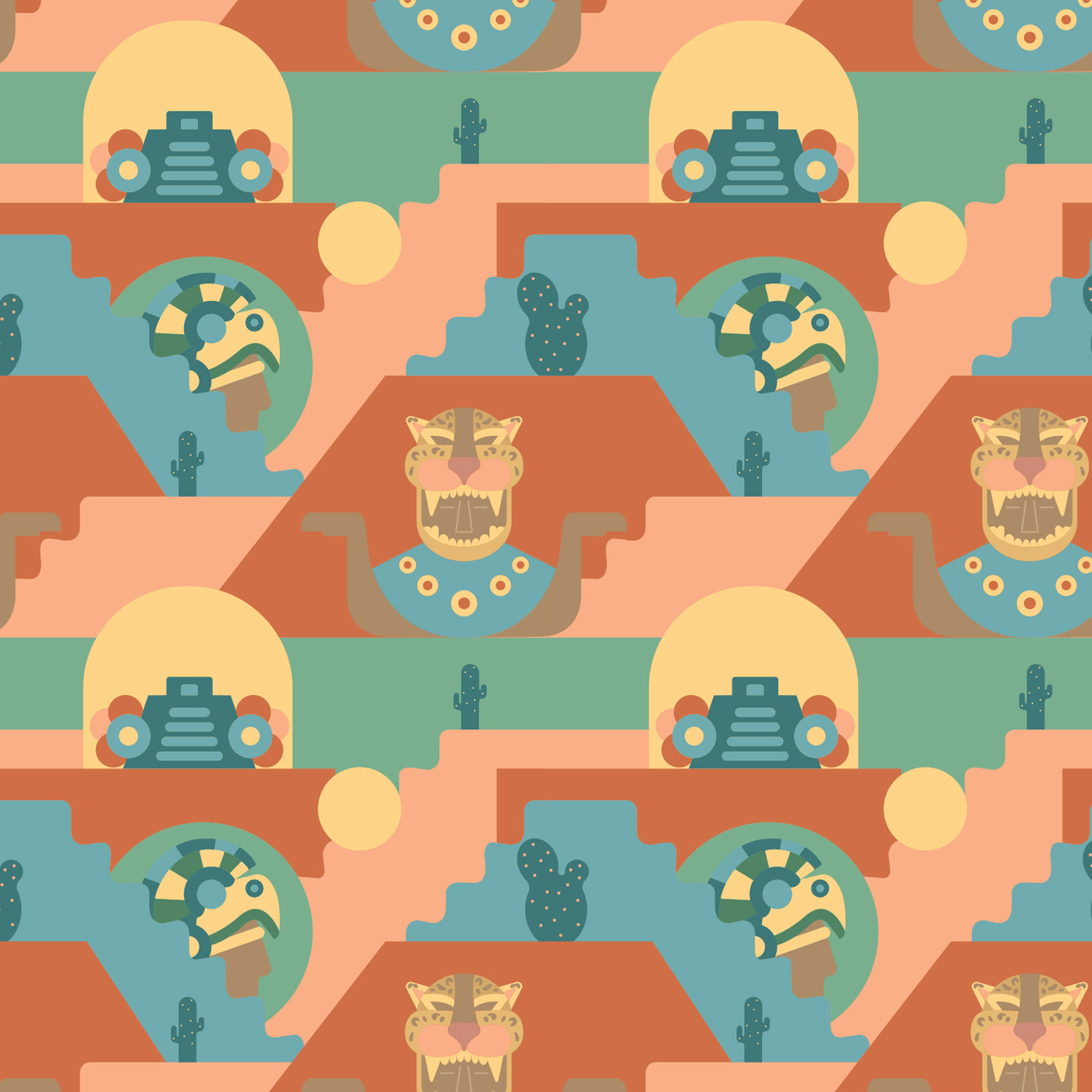
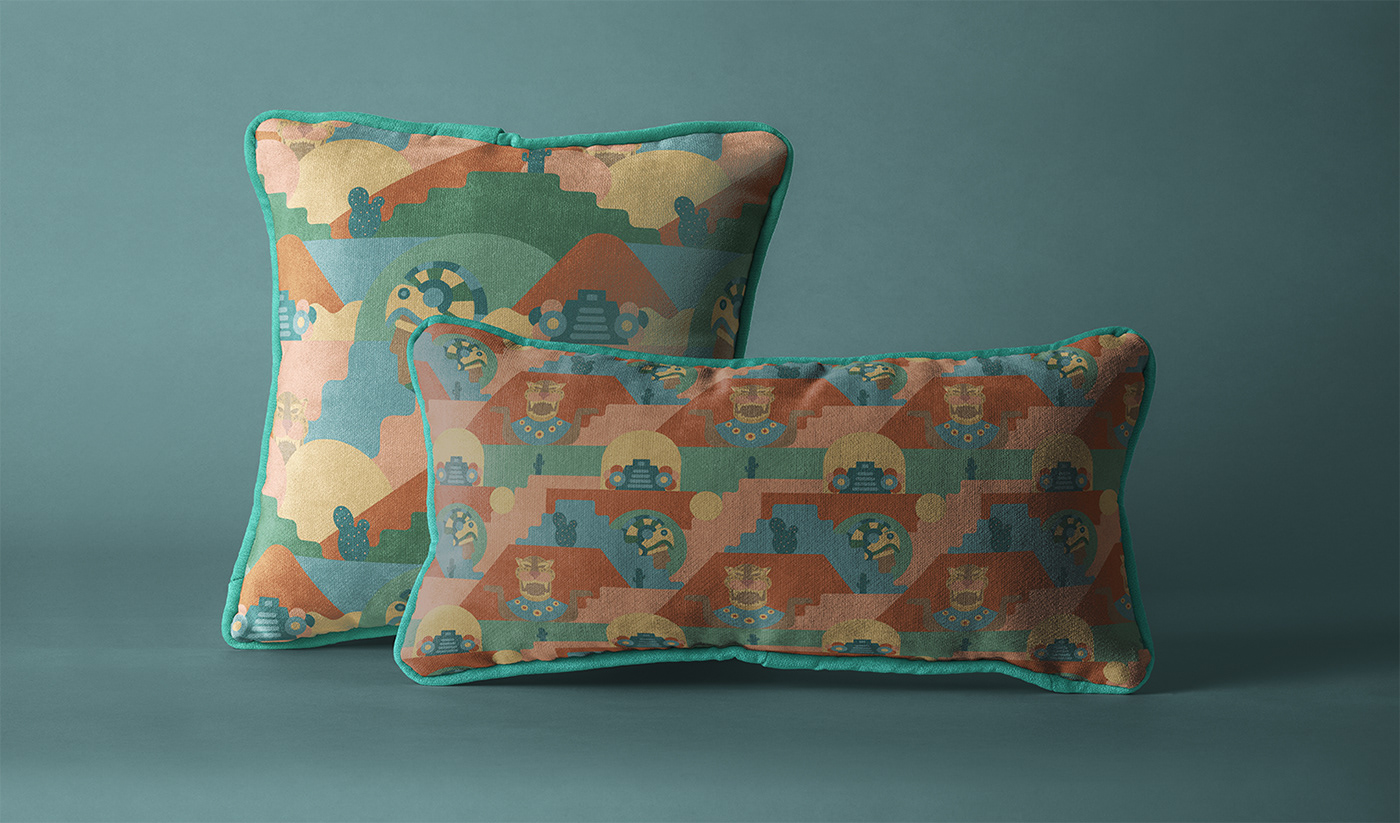

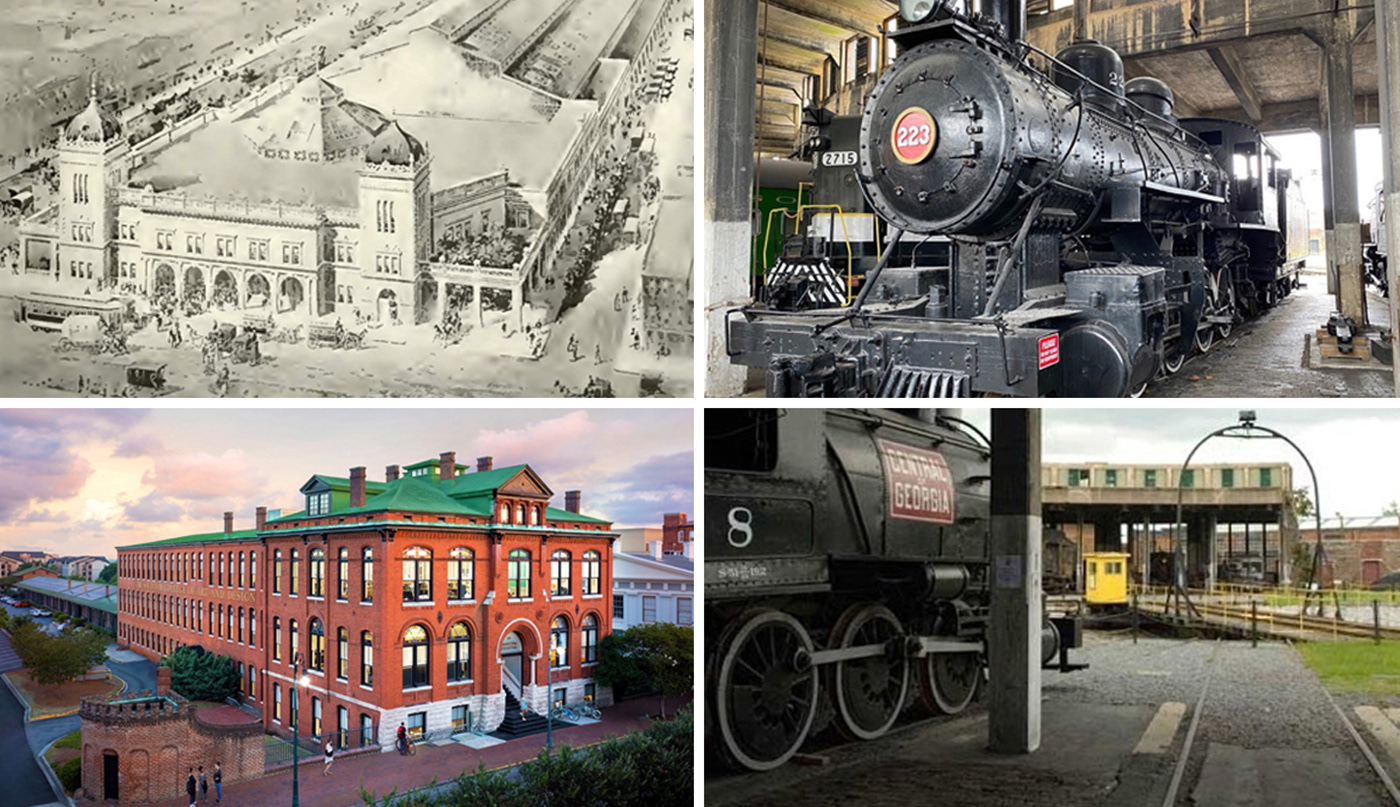
Savannah, Georgia was once one of the largest railway station’s in the southern region of the United States. It’s old rail station, the Union Station, is no longer in use. However the building’s beautiful architecture was restored and is currently in use by the city as its visitor center. Another part of the station was bought by the Savannah College of Art and Design and was restored to be classrooms for architecture students.
This design takes inspiration from Savannah’s old trains as well as the station’s current use as an architecture school. Within the pattern is drawings and diagrams of the trains, to mimic what the engineers of that time would have designed. There are also mathematical equations and formulas woven into the background which relates to both the past and the present.
Its color scheme is a neutral, cool gray. This choice was influenced by the fact that the railway station is no longer being used as a transportation spot. It is now merely a memory of the past. One of Savannah’s, the most haunted city in the United States, many ghosts.
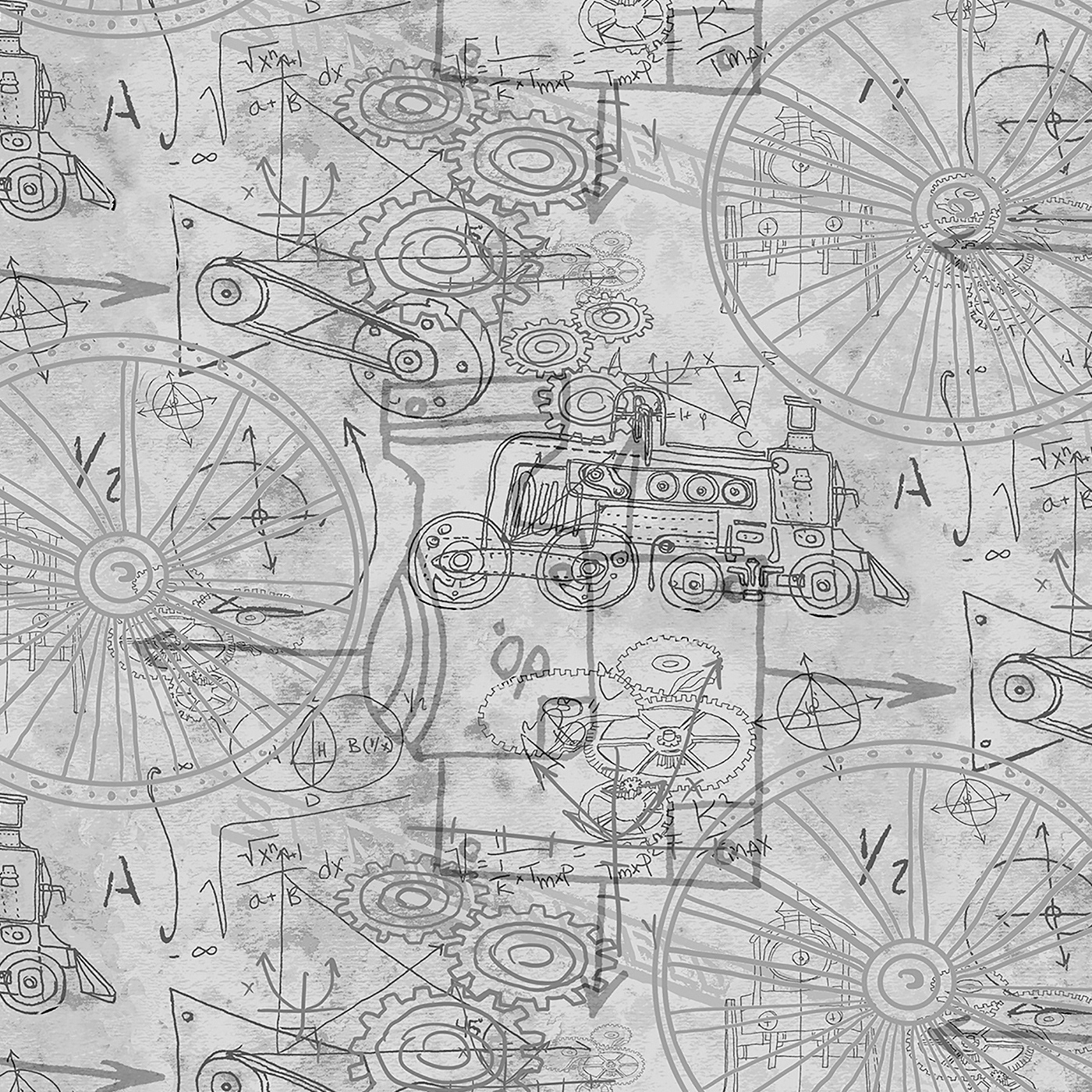
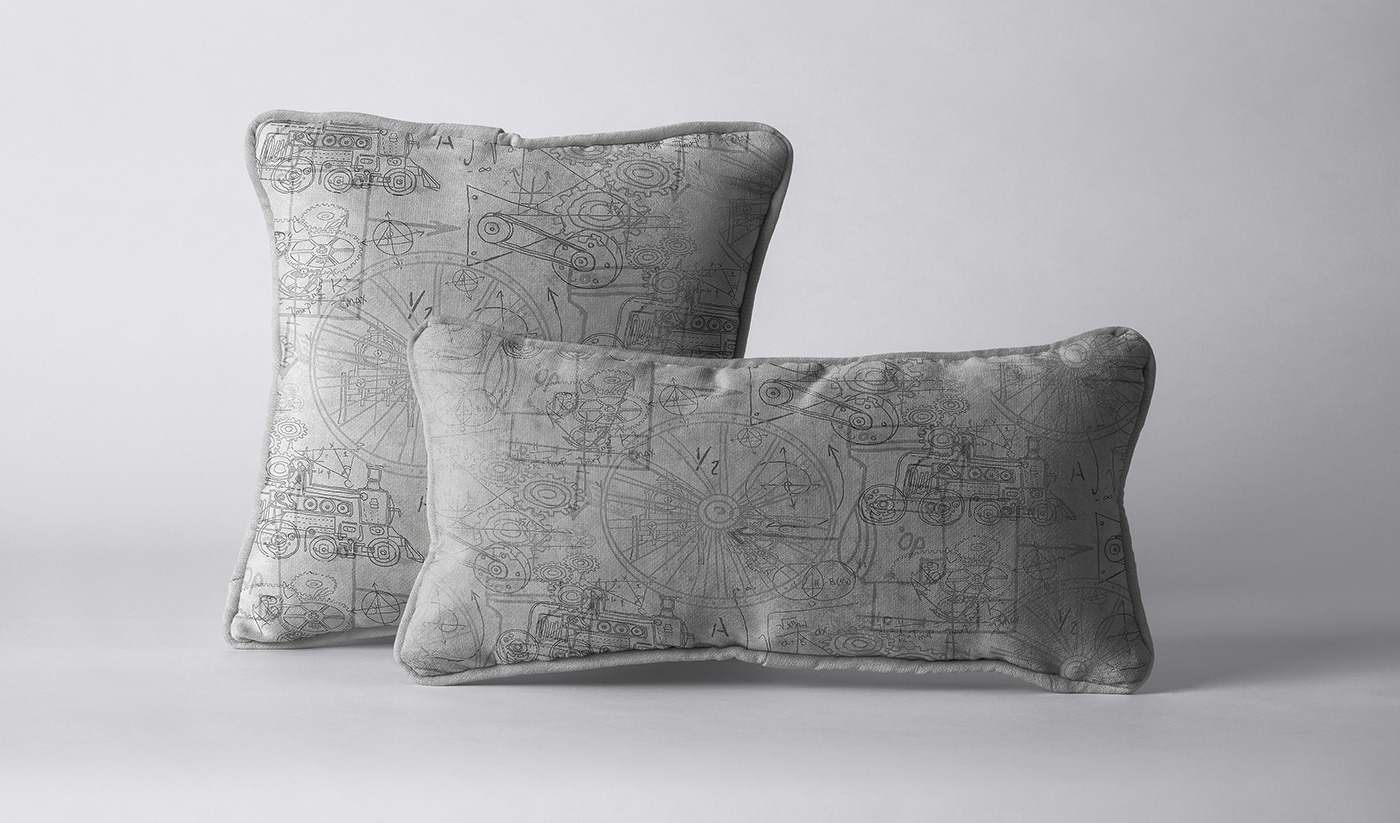

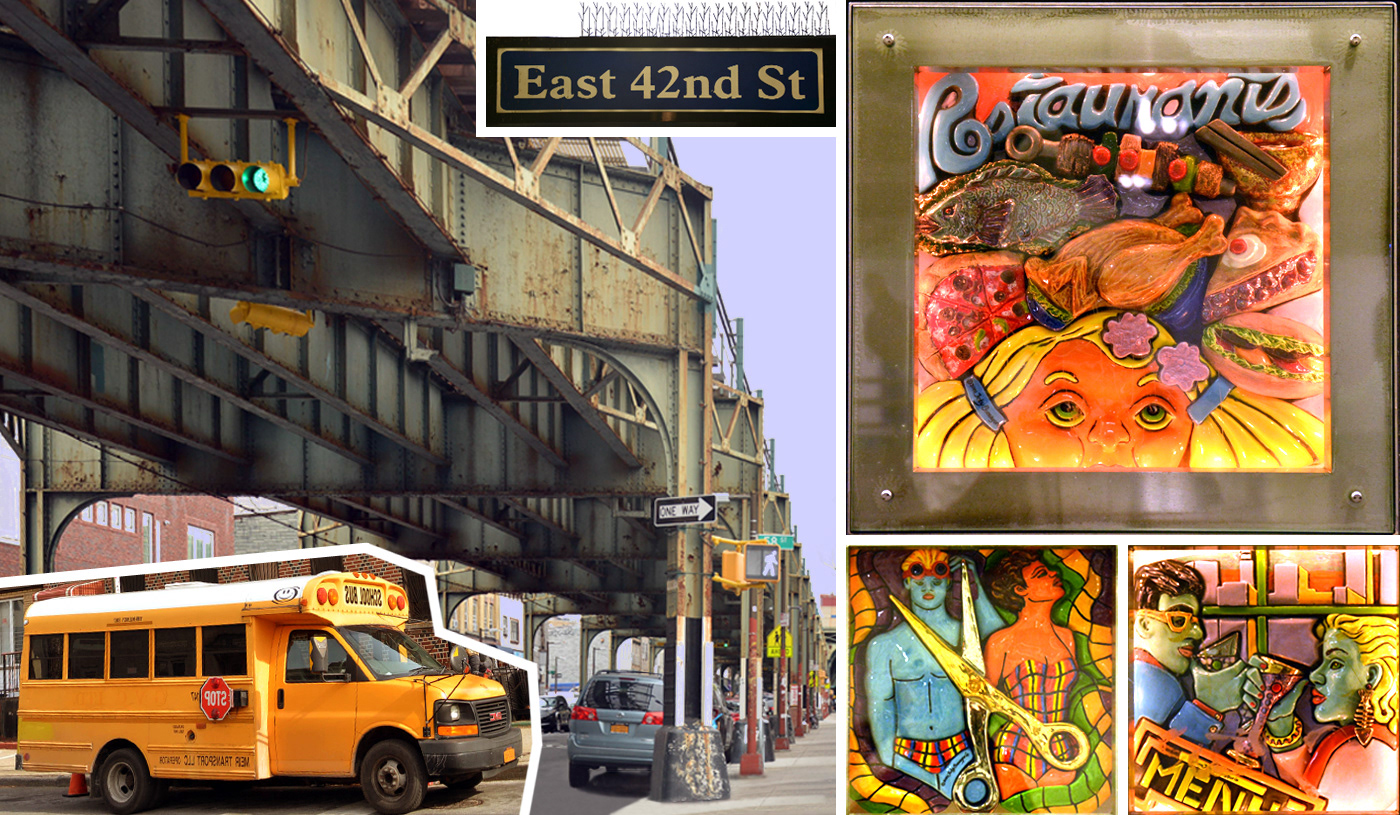
This is a little-known mosaic from the crossings of «Times Square» station of the New York subway. I am impressed by the madness of the creativity of New York artists.
And of course, it is striking that half of the metro lines of the modern capital of the United States are still laid on old overpasses, the rivets of which, perhaps, still remember steam locomotives and horse traction.



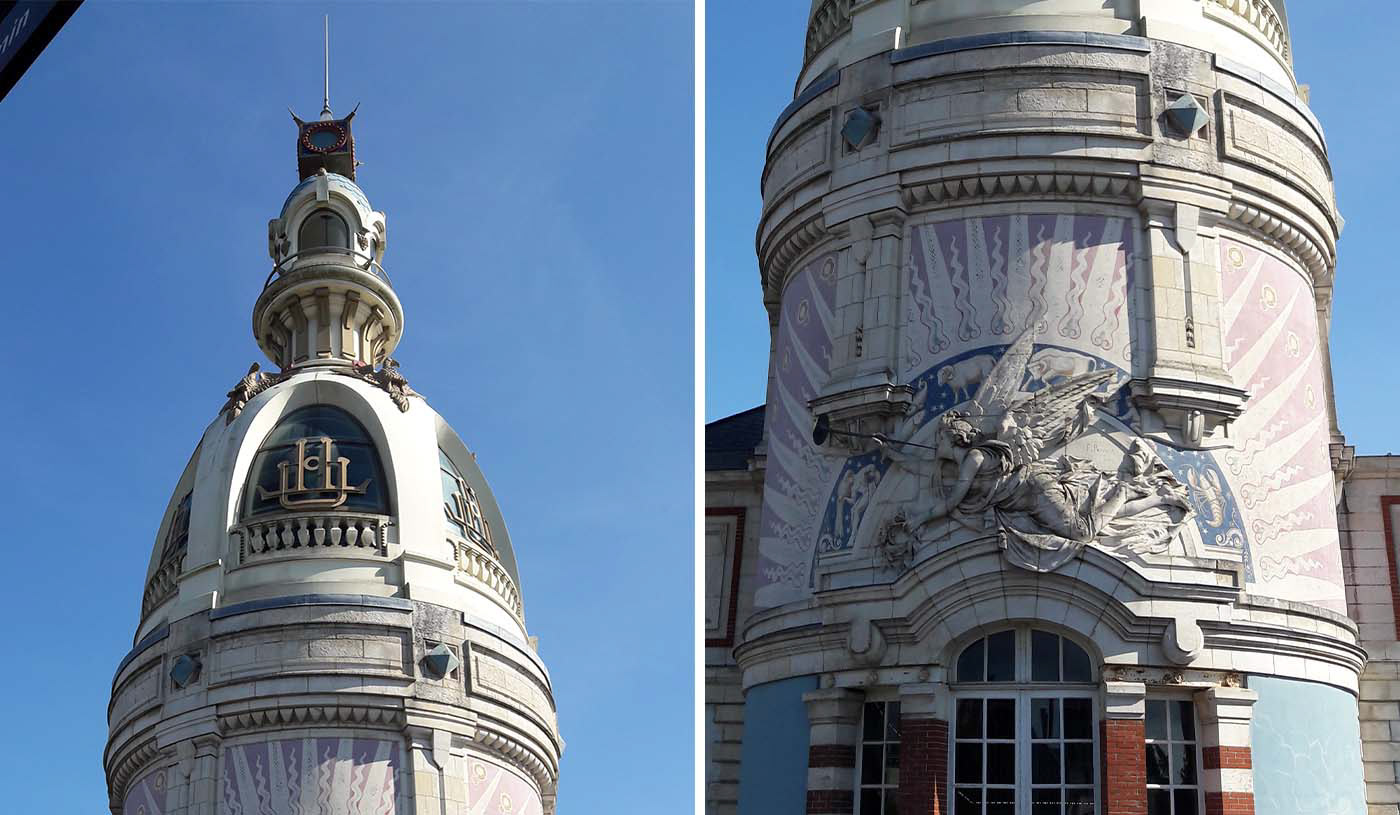
The bus stop " Lieu Unique " is known in Nantes by the building of the former Nantes cookie factory LU. This building was built in 1895. Before, it contained 2 towers. Now the only tower that still exists is used as a center for contemporary culture. The decorations and colors of this tower attract everyone's attention and I am no exception.
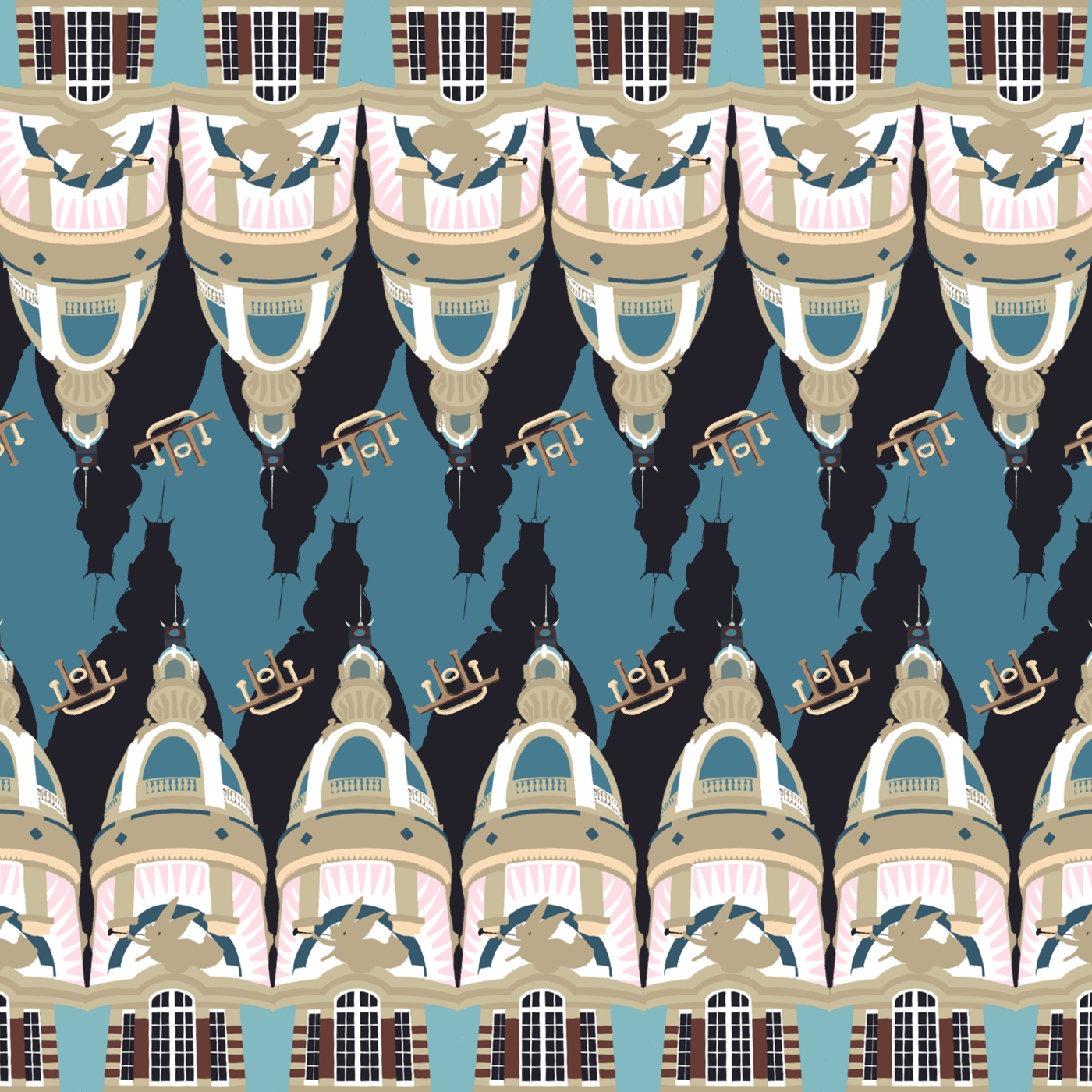
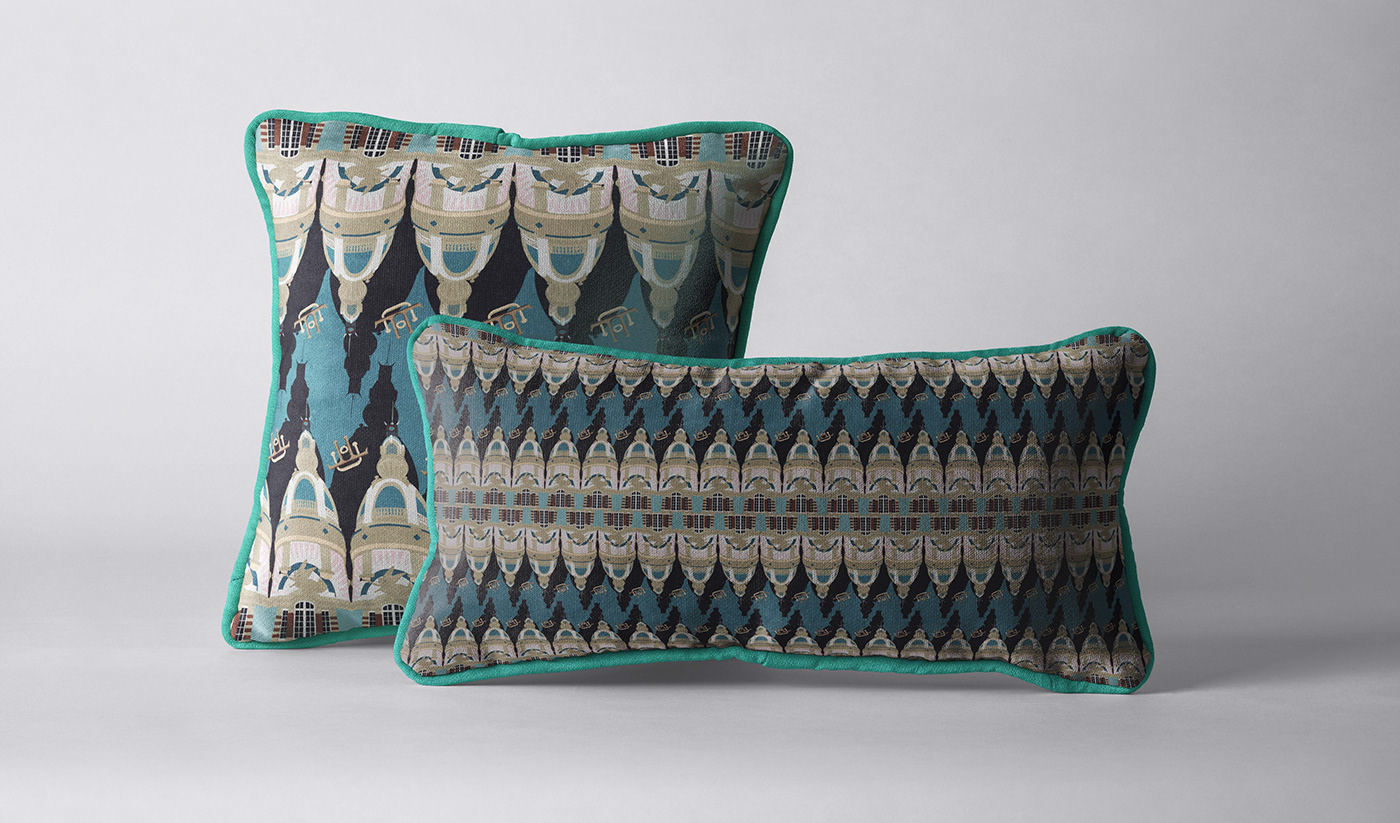

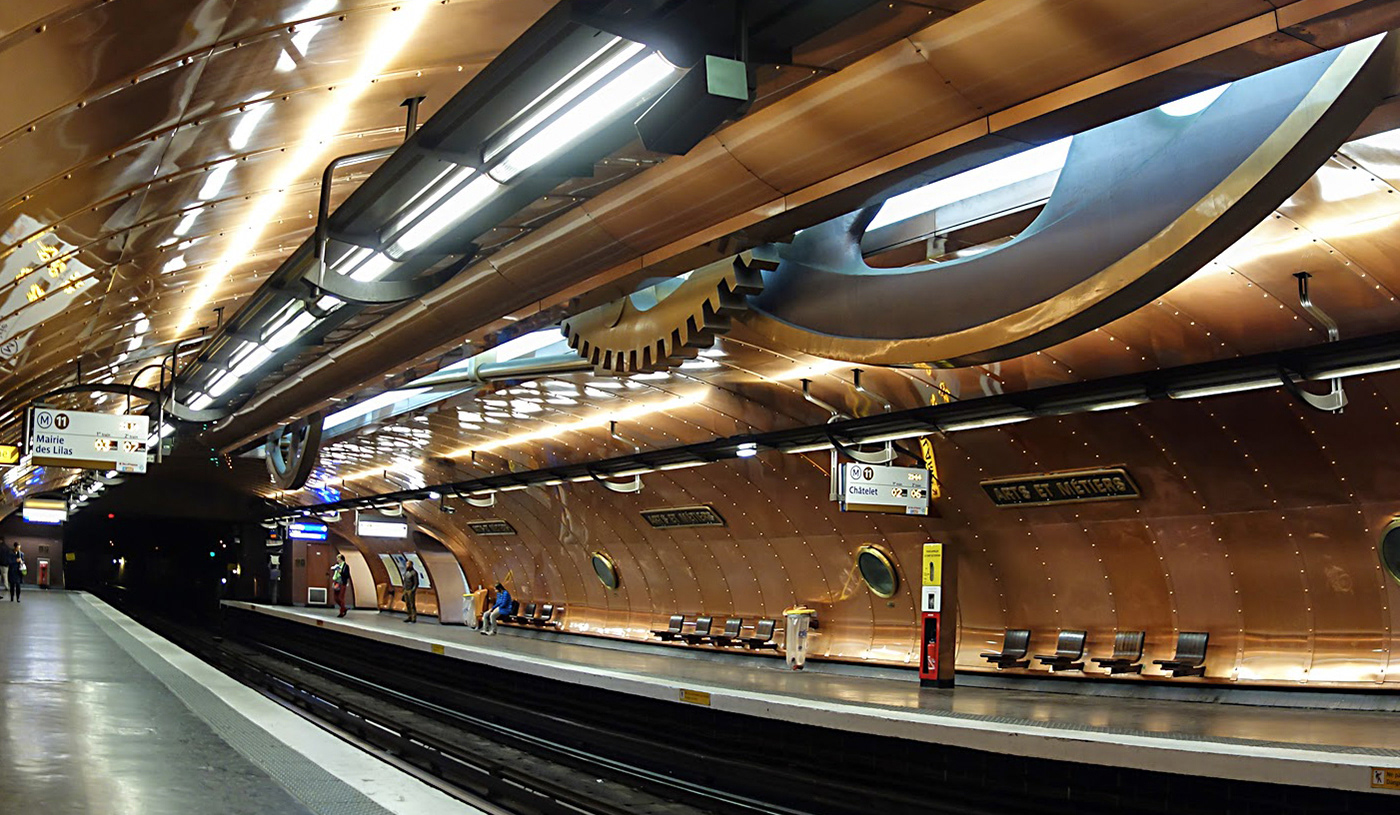
When I saw this metro station, my choice was obvious. The station is designed as the most famous submarine ”The Nautilus” from the stories of Jules Verne. All-stars came together: my love of the water, travels, adventures, and fantastic works: "Children of Captain Grant", "20 thousand leagues under the sea", and "The Mysterious Island".
This all became the inspiration for my pattern. The train going through incredible underwater adventures. Everyone who comes down to the metro station “Arts Et Metiers” in Paris can become a part of it.
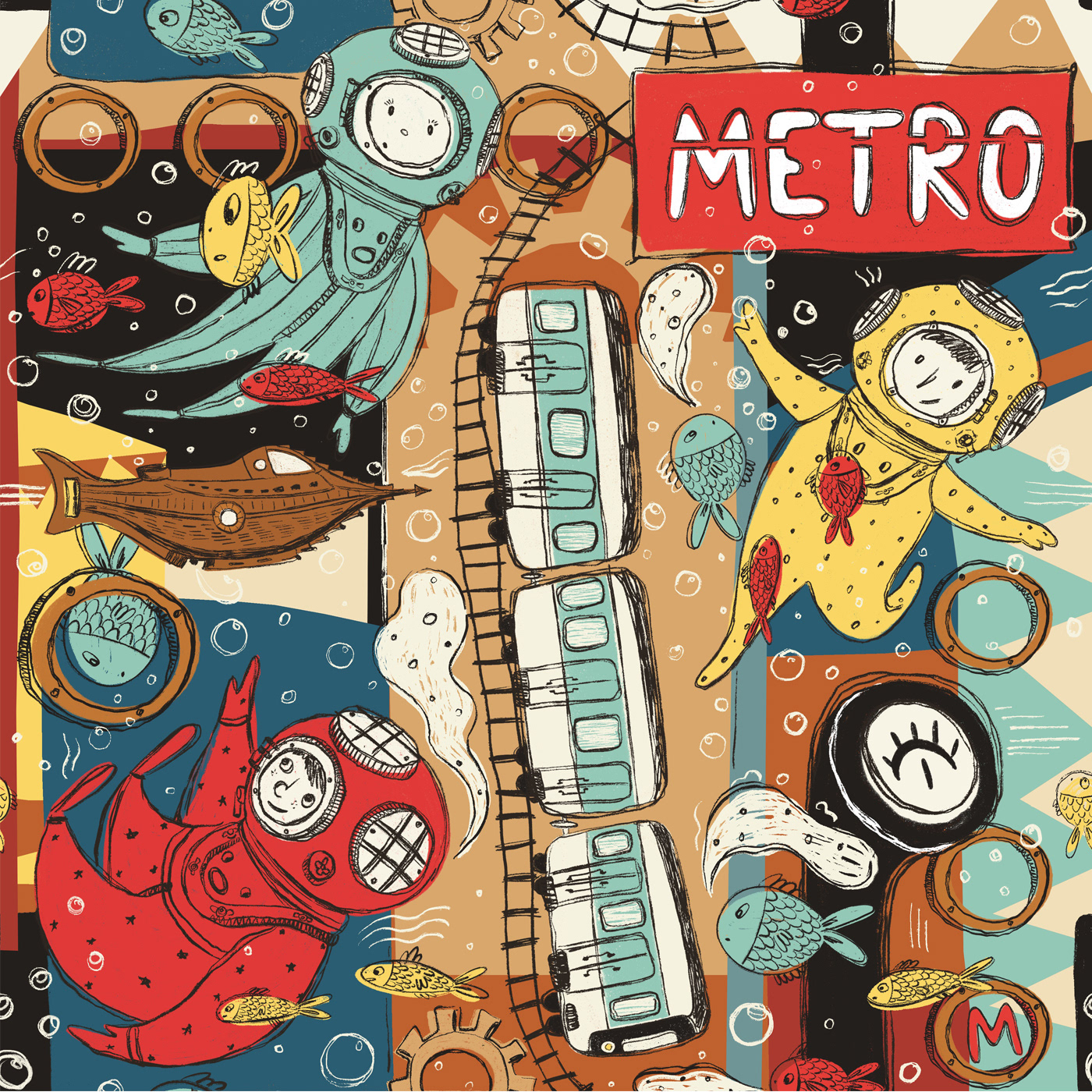
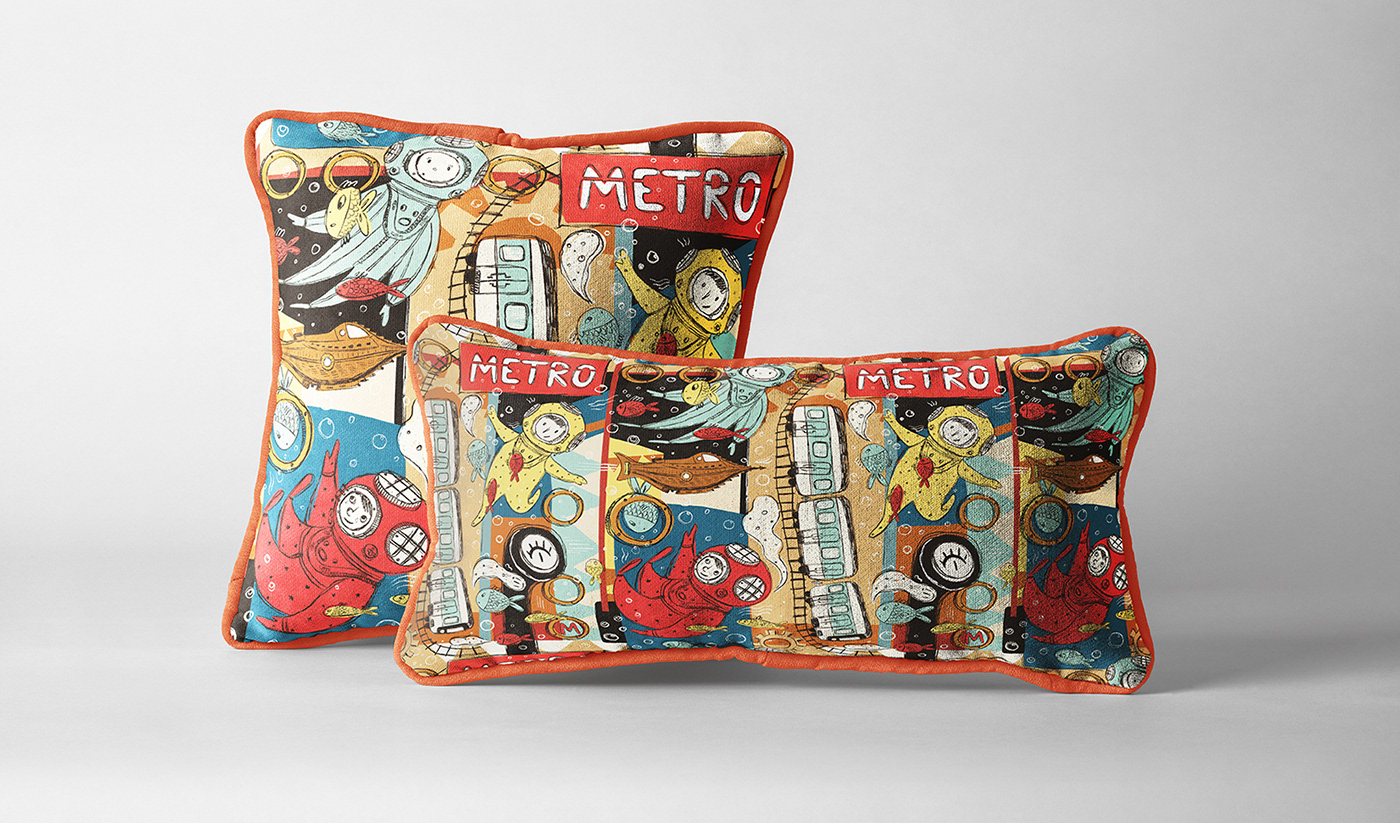


The photographs have been taken with an Praktica LLC, an analog camera which is around 45 years old (they stopped producing them in 1975) in 2008 (I think). I tend to experiment with the film so the "collage- picture" is a piece of experimental guess work and luck, not a computer design.
The torn down houses are where I used to live as a child. It never was a very nice place to live. In the years after we moved out the population in the city started to drop drastically, as people moved to more prosperous places. So in the end much of that part of Halle became deserted and was eventually torn down. It was turned into a parklike area, which I think is nice. It's called Silberhöhe, but unfortunatly treasure hunting never showed any results.
I first turned the photographes into a textile design projekt during my university time in 2008 or 2009. Now I am using that design to make a new one :)
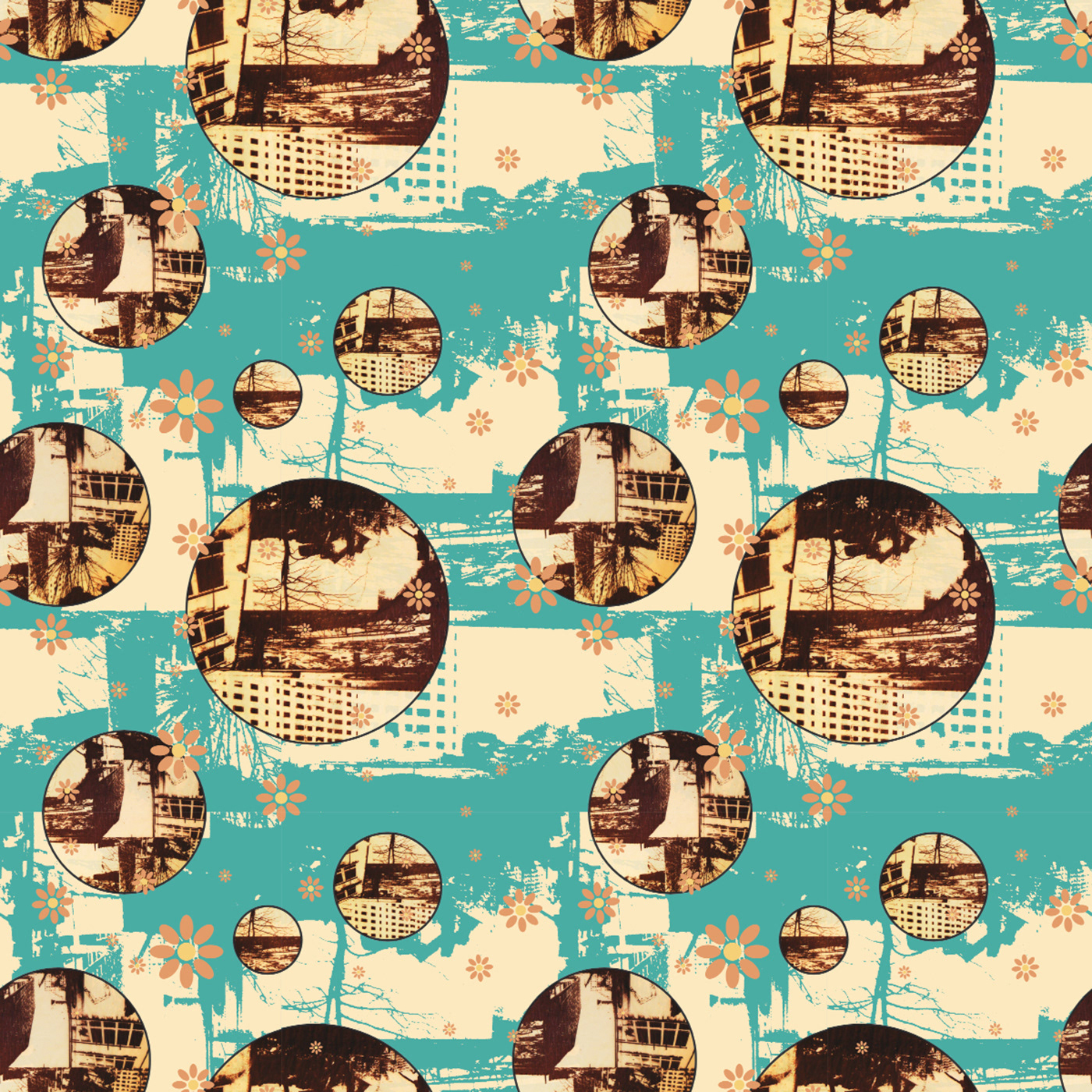
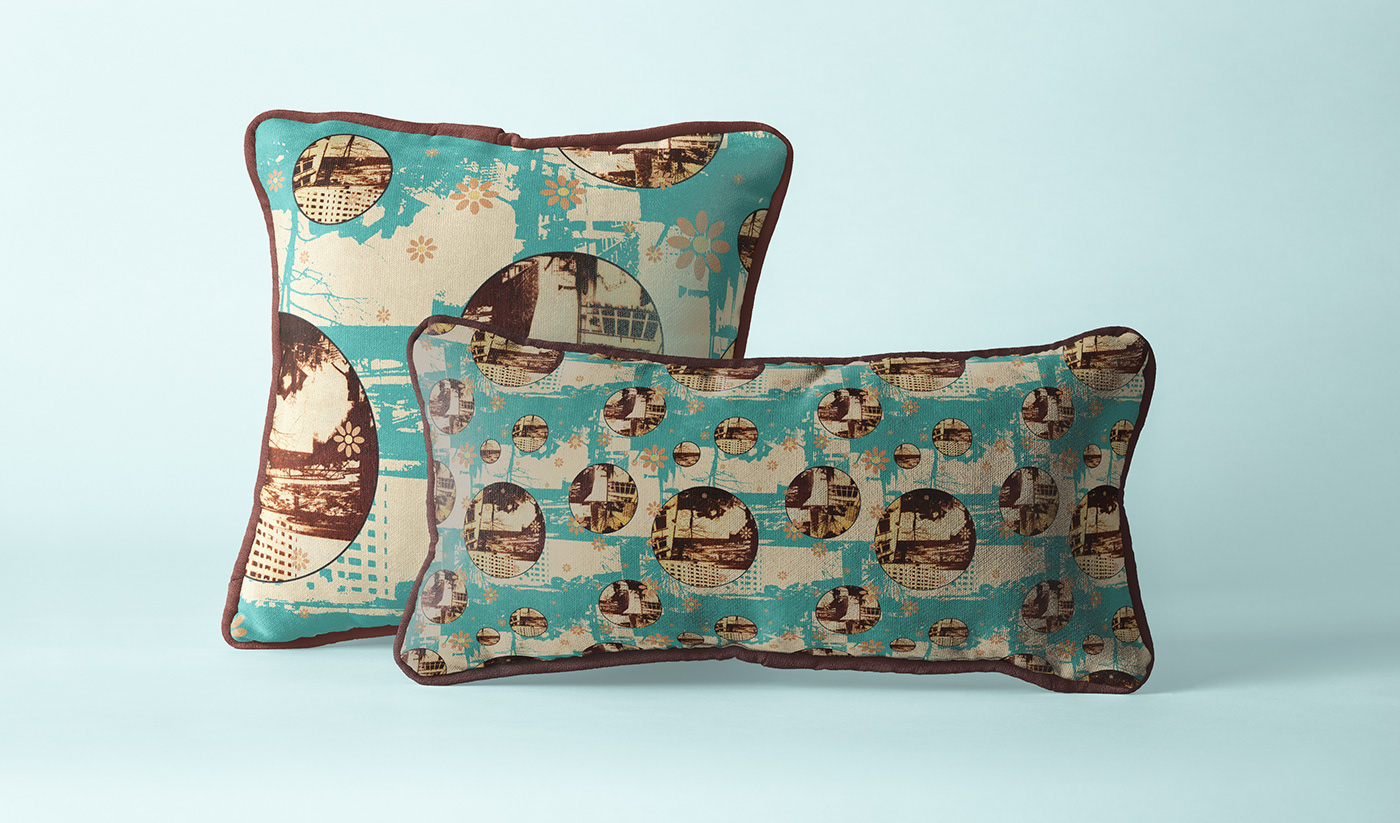


Photos Schmoo Theune
The Eberswalder Straße Berlin U-Bahn station is an iconic steel structure on a busy
Prenzlauer Berg intersection. The bright yellow train travels on a raised platform up and
down the middle of Schönhauser Allee, making it the focal point on the street and in
the monochromatic green station.
Prenzlauer Berg intersection. The bright yellow train travels on a raised platform up and
down the middle of Schönhauser Allee, making it the focal point on the street and in
the monochromatic green station.
The elements in my pattern are inspired by the station’s steel ‘X’ shaped window frames and the rounded rectangle shape of the station signage. The colors of the dark green steel and black and white signage accent the station’s pop of yellow when the train arrives.

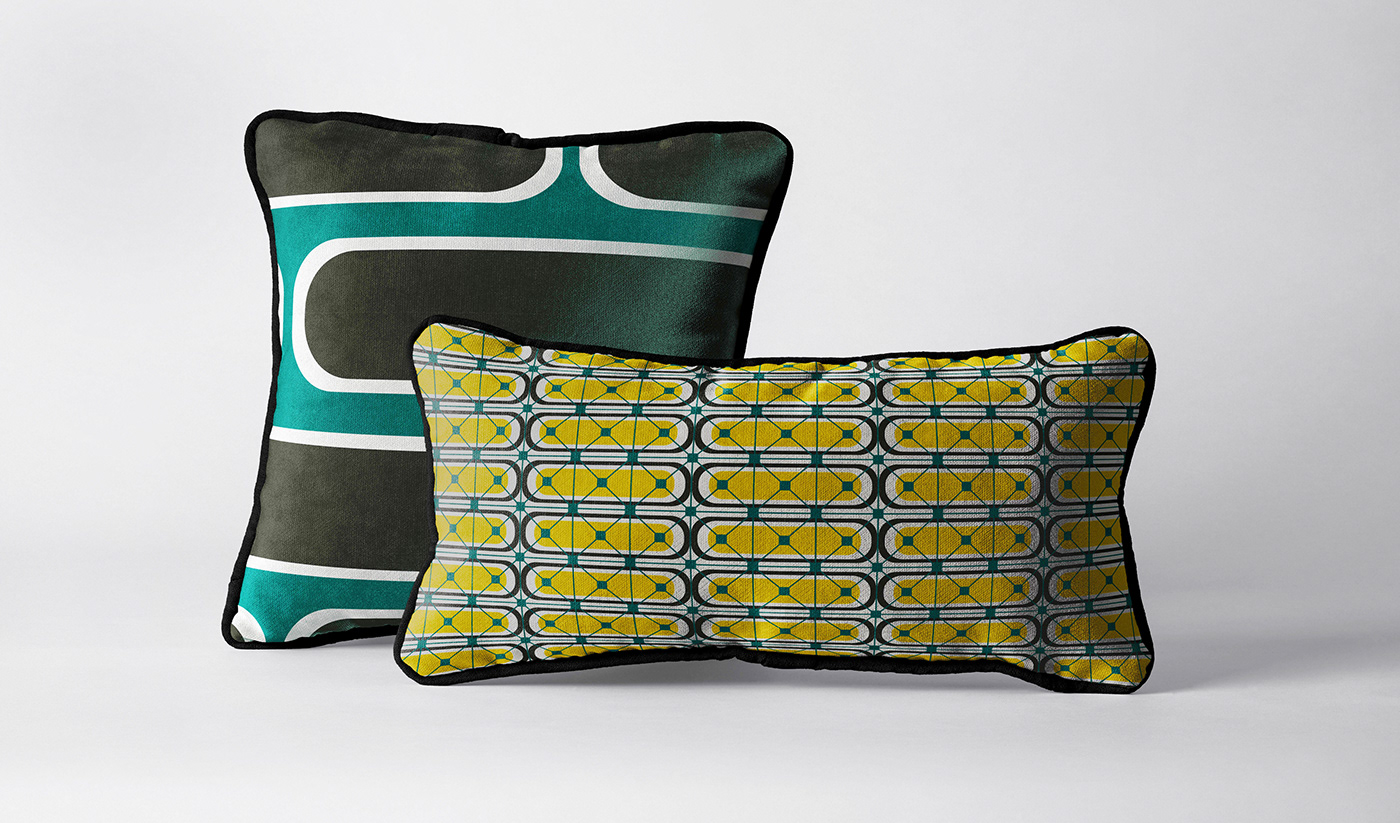

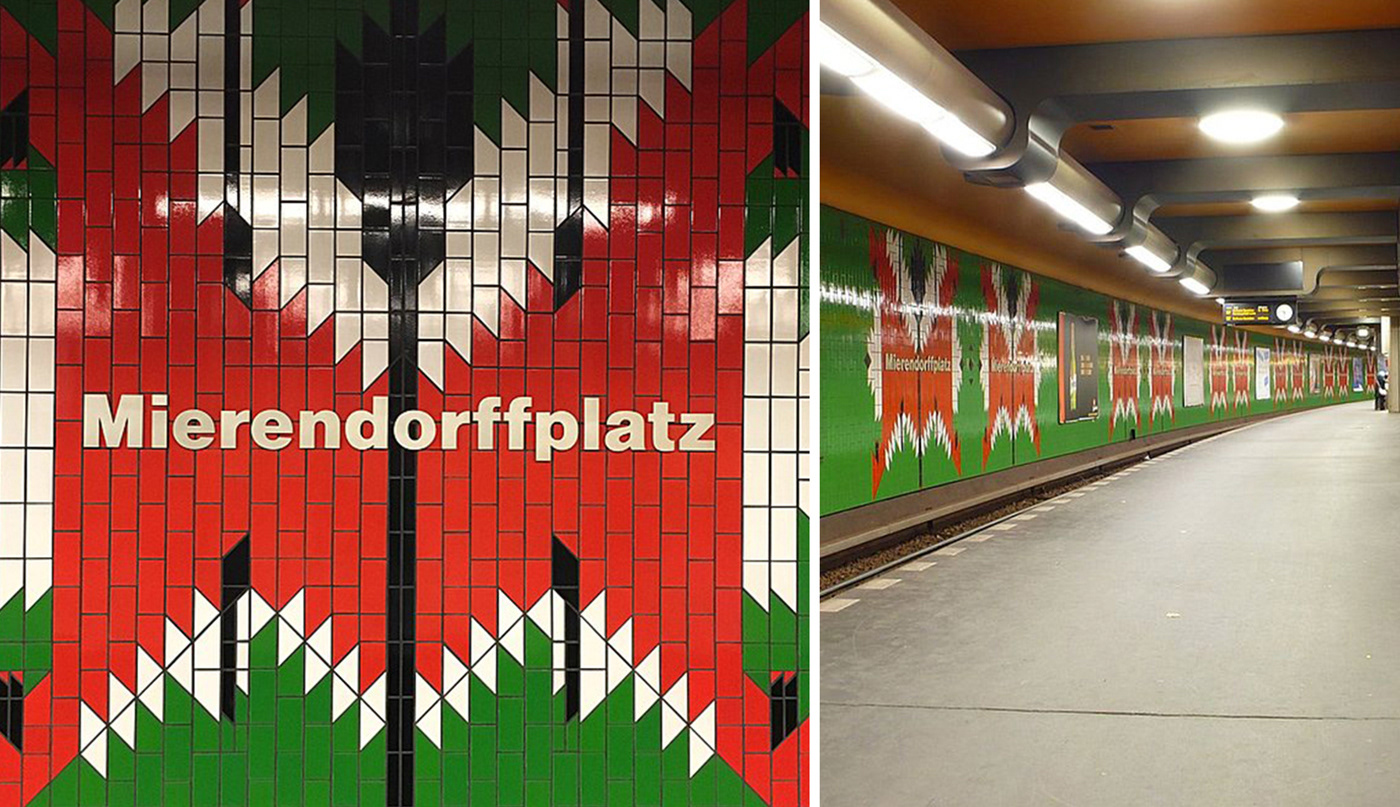
The station Mierendorffplatz of the U7 line in Berlin designed by Reiner Rümmler was opened on 1 October 1980 and is a cultural heritage object today. This is one of Berlin stations designed with a colorful geometric details.
I was often in this area and wondered this kind of design. So I decided to take this station for my inspiration by making a pattern. Most of all I like the bright colors and the rhythm of geometry. Most metro stations are art objects to me.
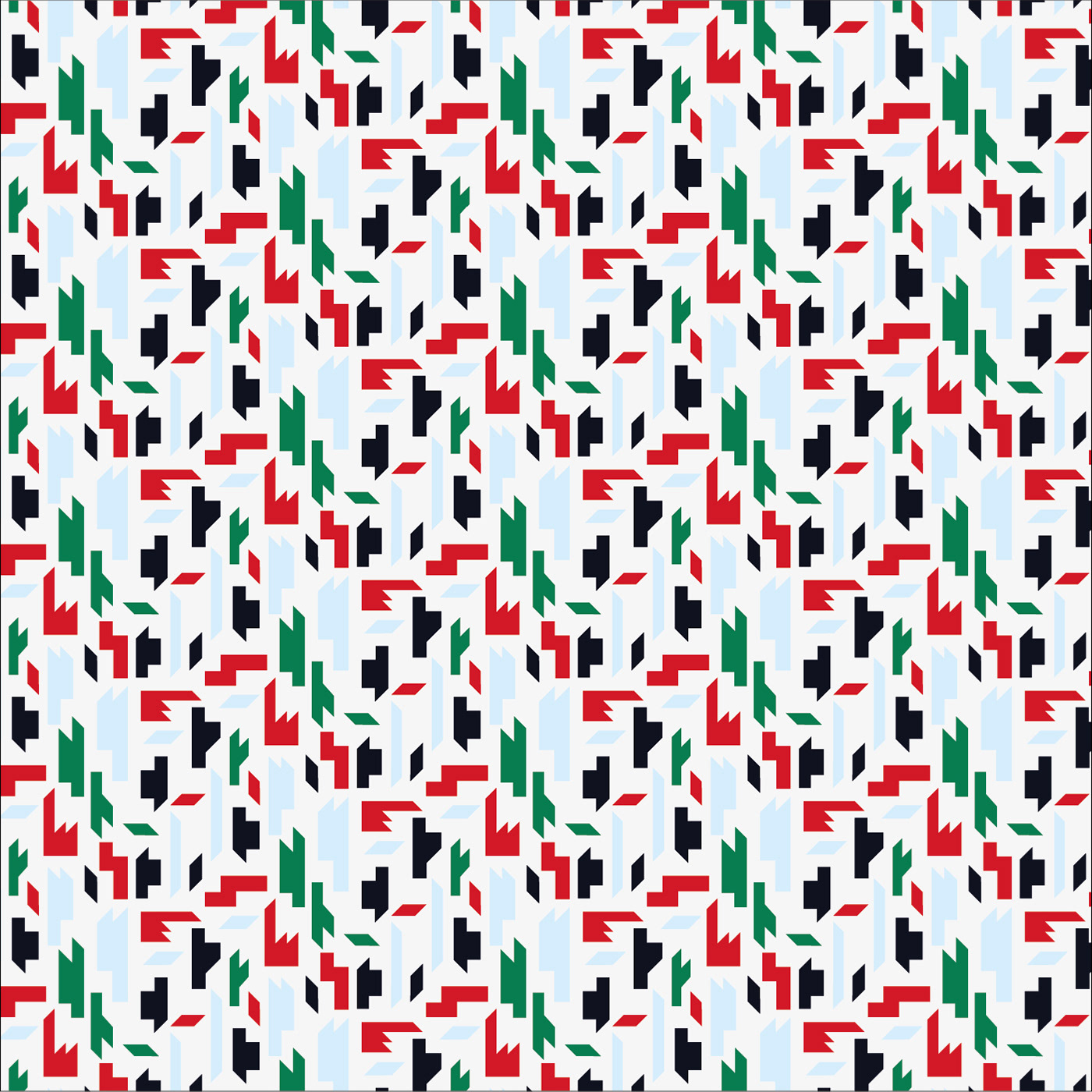
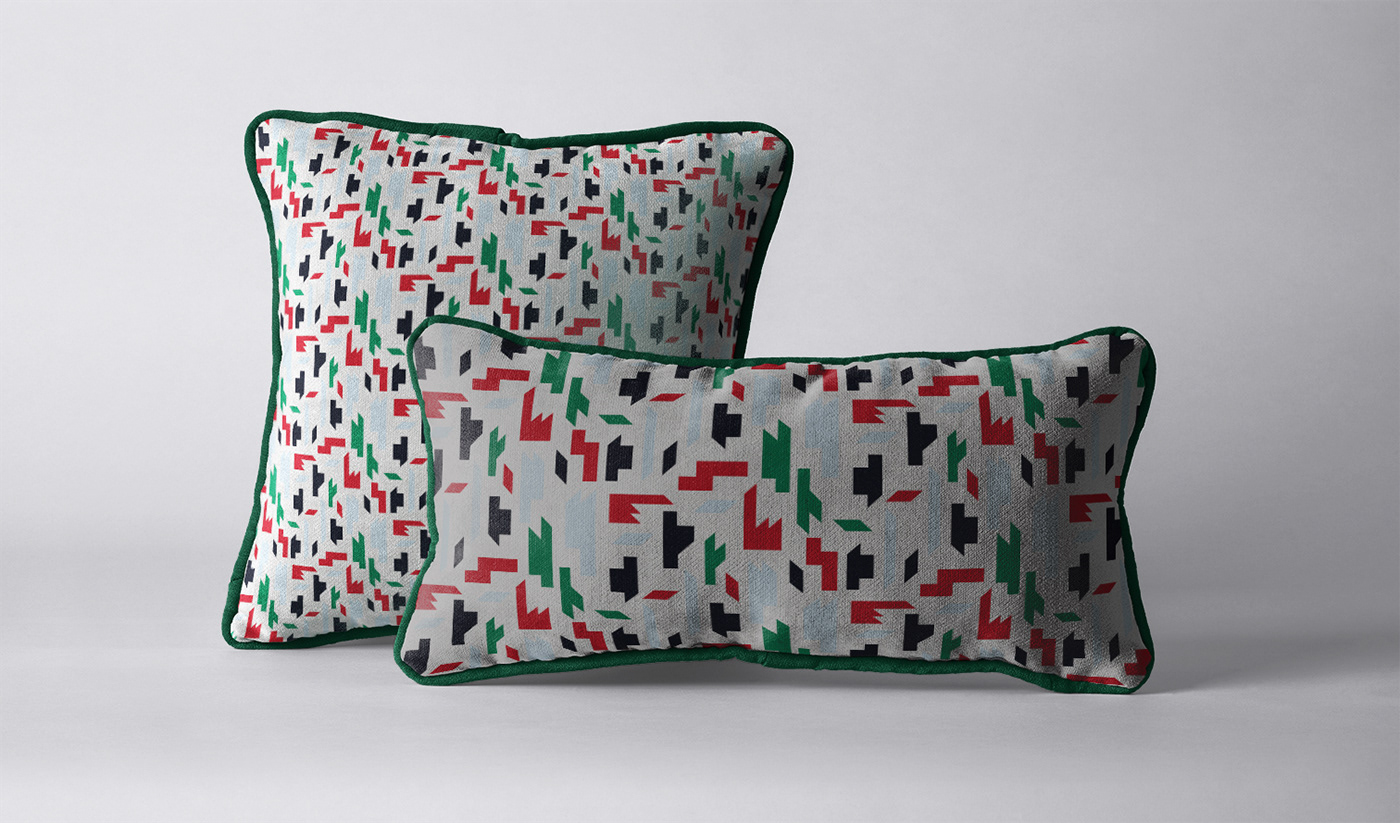


Łódź is one of most important Polish industrial centers, known as ‘Polish Manchester’.
The textile industry developed here.
The textile industry developed here.
Piotrkowska Center Stop- known as Unicorn Stable, was opened in 2015. A lot of Lodz’s citizens thought, that this project is not in harmony with the rest of post-industial urban architecture. Many accuse the author- Jan Gałecki, of kitsch.
You may like the tram stop or not, but you certainly cannot pass by it without any feelings.
You may like the tram stop or not, but you certainly cannot pass by it without any feelings.
A year after the Centrum Tram Station was build and the community gave it the name The Unicorn Stable, there was an initiative to create the Unicorn monument.
In 2018, the authorities of Lodz, commissioned to create the monument by Japanese sculptor -Tomohiro Inaba.
The nearly three-meter-high sculpture was transported by the sea from Japan to Poland.
The nearly three-meter-high sculpture was transported by the sea from Japan to Poland.
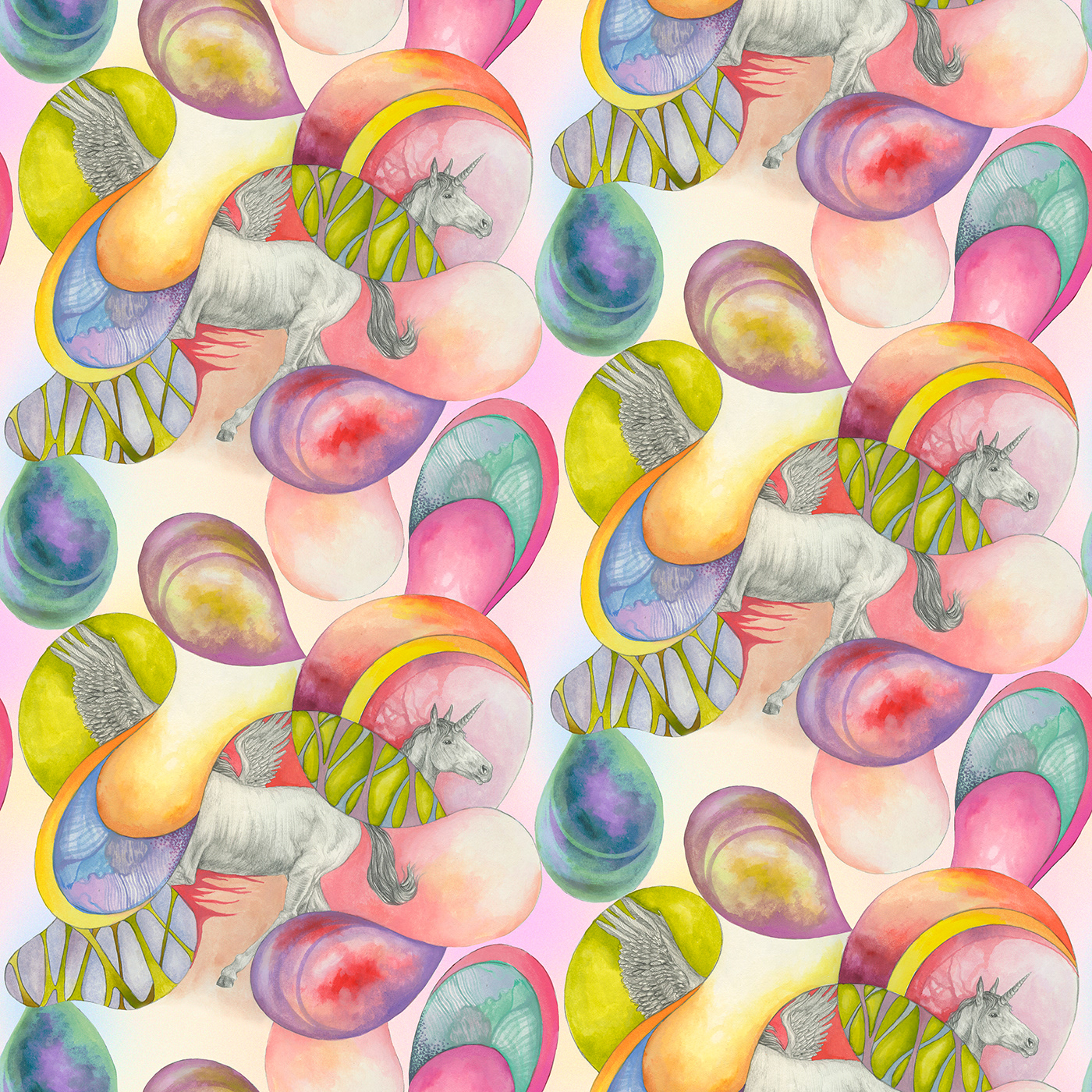


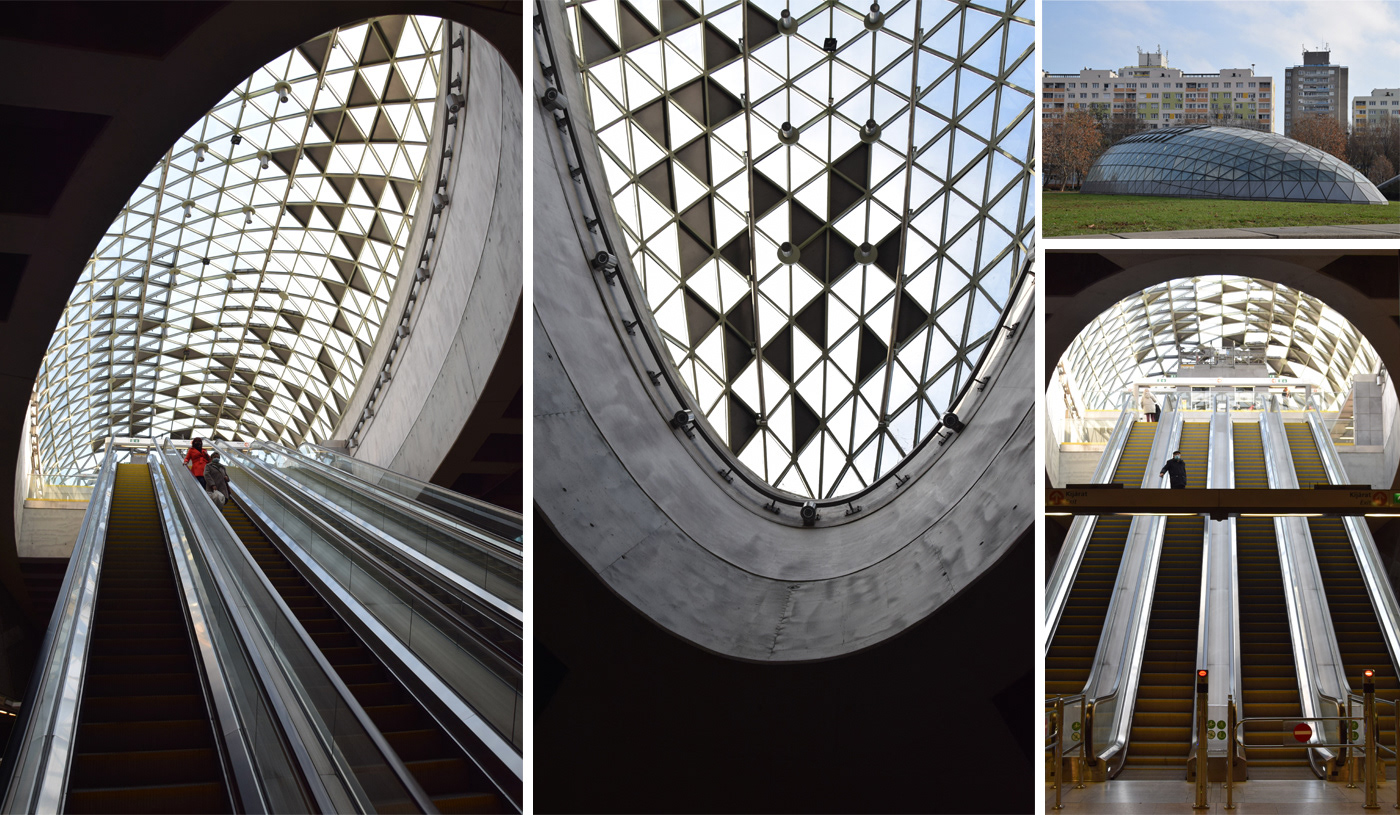
Bikás park was built between 2006 and 2013 on metro line 4 in Budapest. The station is in the middle of a block of flats estate that was developed in the seventies at the height of socialism.
Bikás park literally means Bull Park - a huge green area that was developed to provide recreational space for the estate’s inhabitants. The park is named after a statue of three bulls which once held the Sun, the Moon and the Stars between their horns.
And while these celestial bodies have been stolen a long time ago, the station’s design managed to bring back the transcendental to an otherwise common urban landscape. The station is both futuristic and playful with strict geometric forms that cast ever-changing shadows on its concrete walls. The contrast between light and darkness becomes an everyday experience for commuters as they head up on the escalators into the glass dome - that offers a sliver of the sky to those standing on the platform.
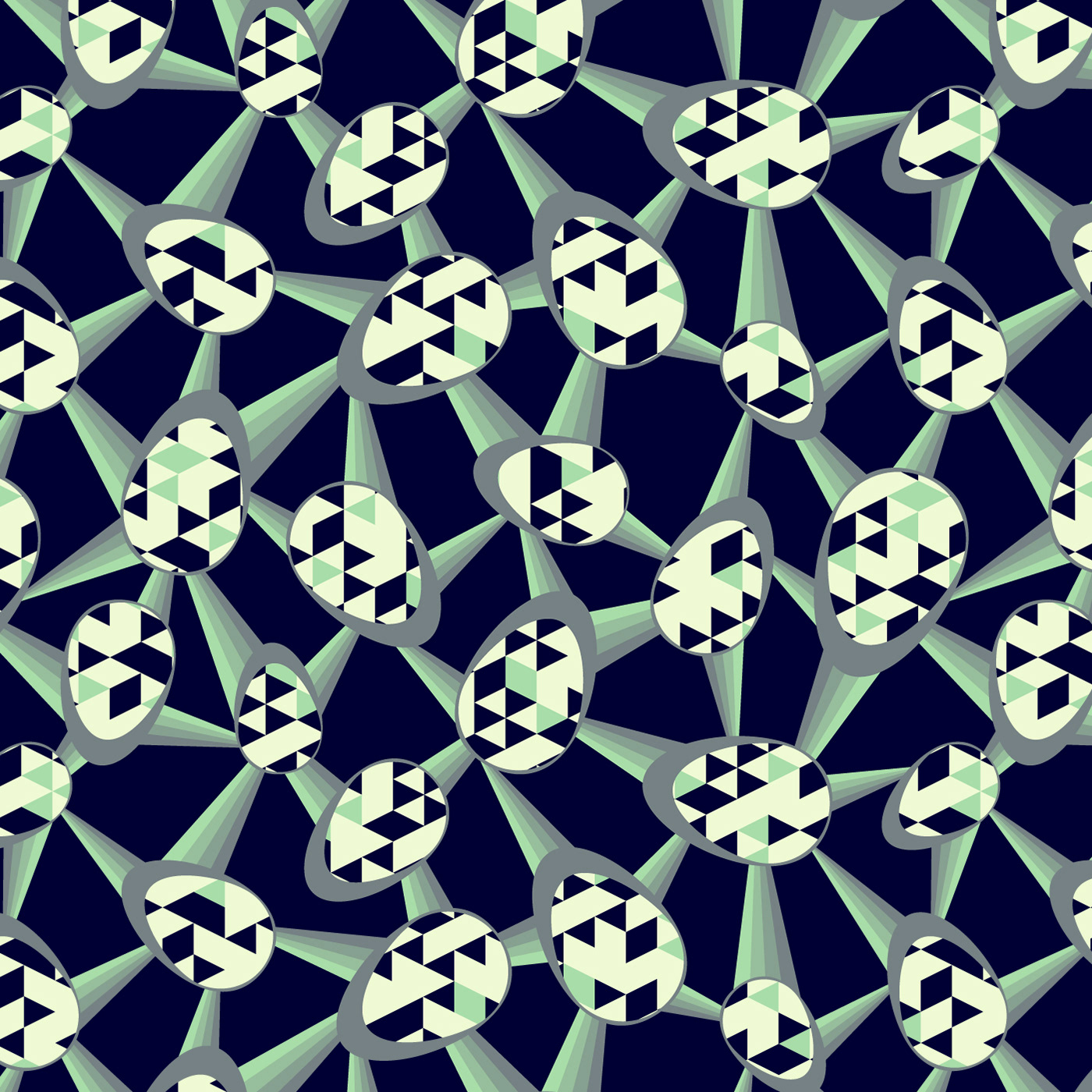
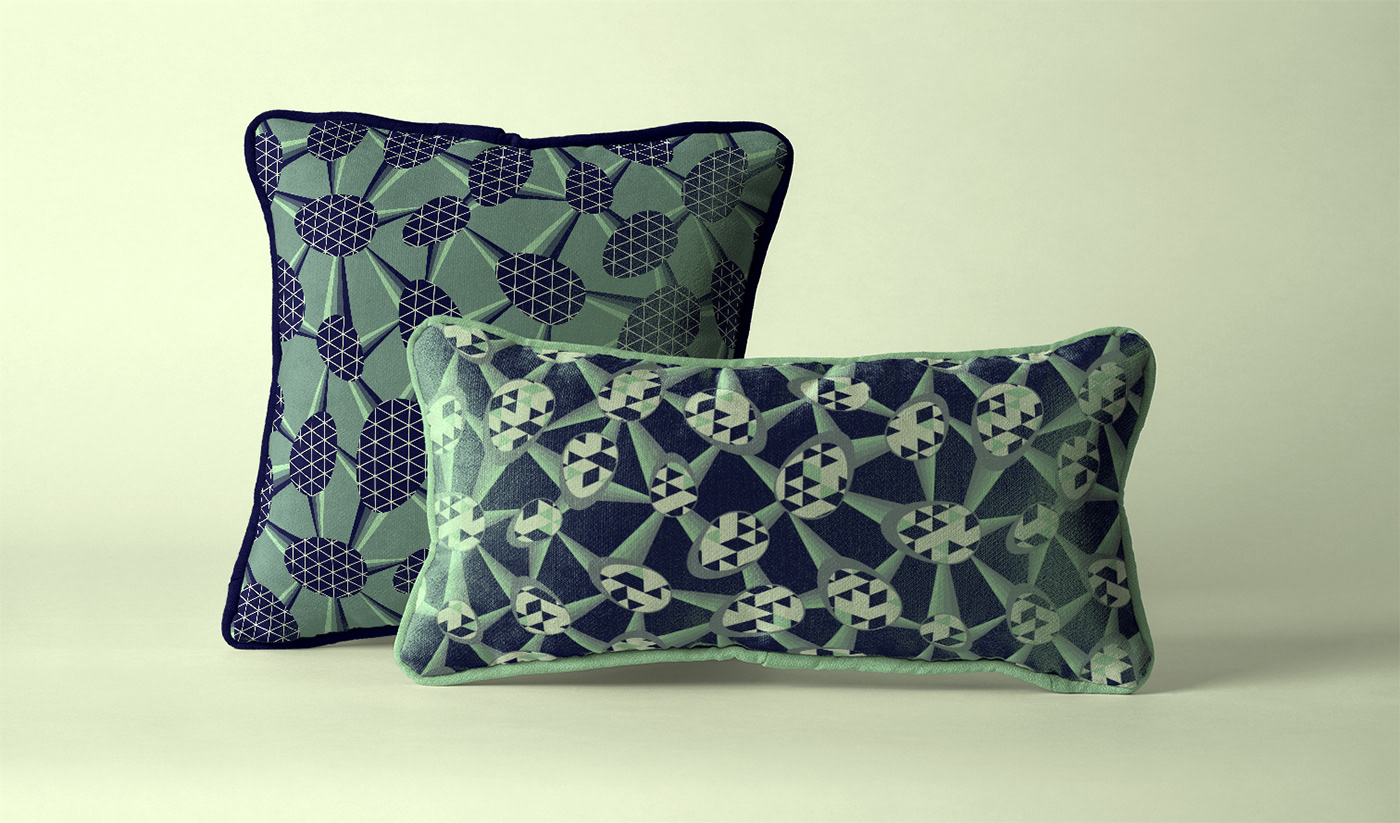

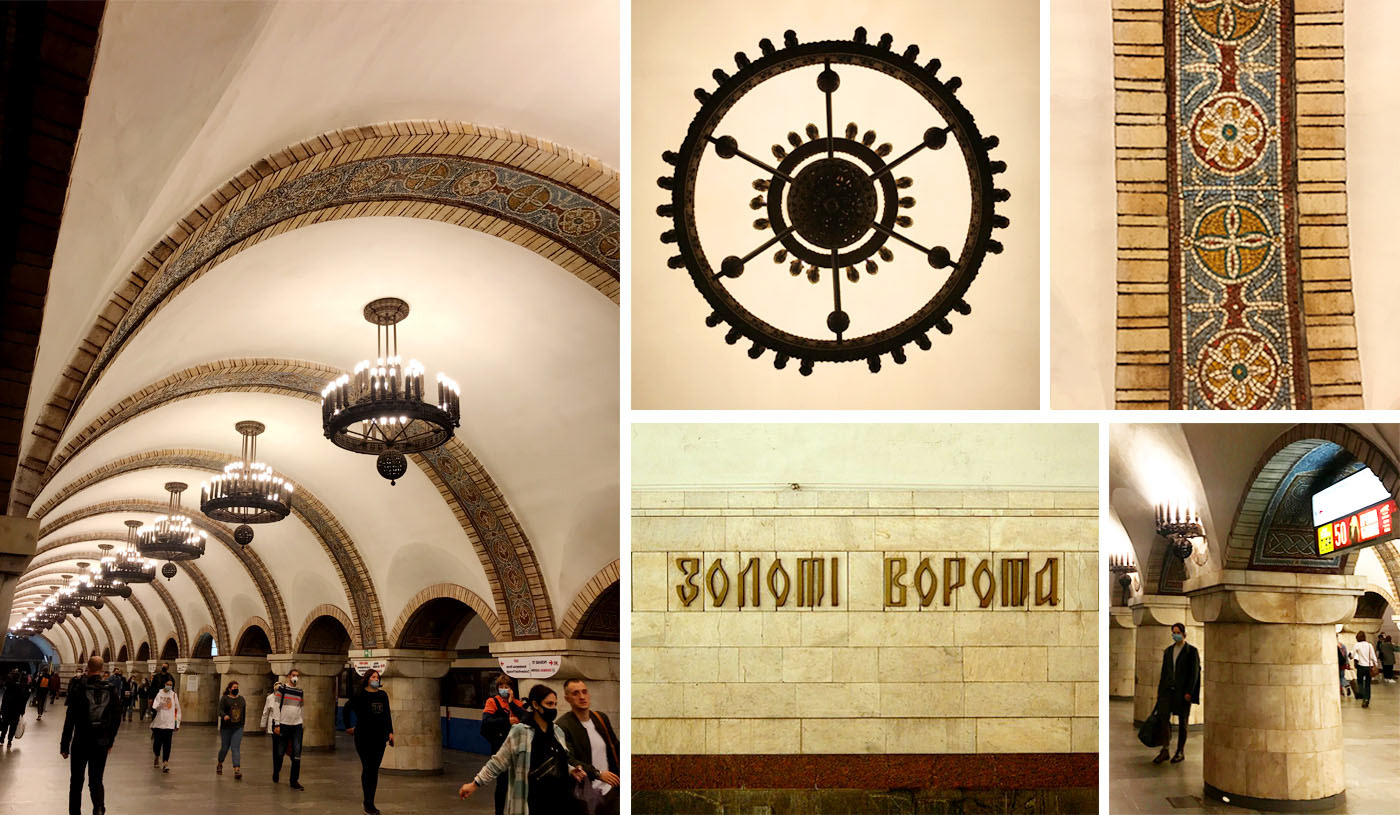
«Zoloti Vorota» is the 29th station of the Kyiv Metro system that serves Kyiv, the capital city of Ukraine. The station was opened as part of the first segment of the Syretsko-Pecherska Line on 31 December 1989. It is located near the city's Golden Gate, from which the station takes its name.
The station is very beautiful and is made in the style of the old Russian white-stone princely chambers. Mosaics on the vaults and antique-styled lamps were used to decorate the station. Mosaics are made by artists Grigory Korin and Vladimir Fedko. A total of 80 large mosaics; they run clockwise around the station, depicting the history of Kievan Rus.
In 2014, according to the British publishing house Guardian, the Golden Gate station was included in the list of 12 most beautiful stations in the world.
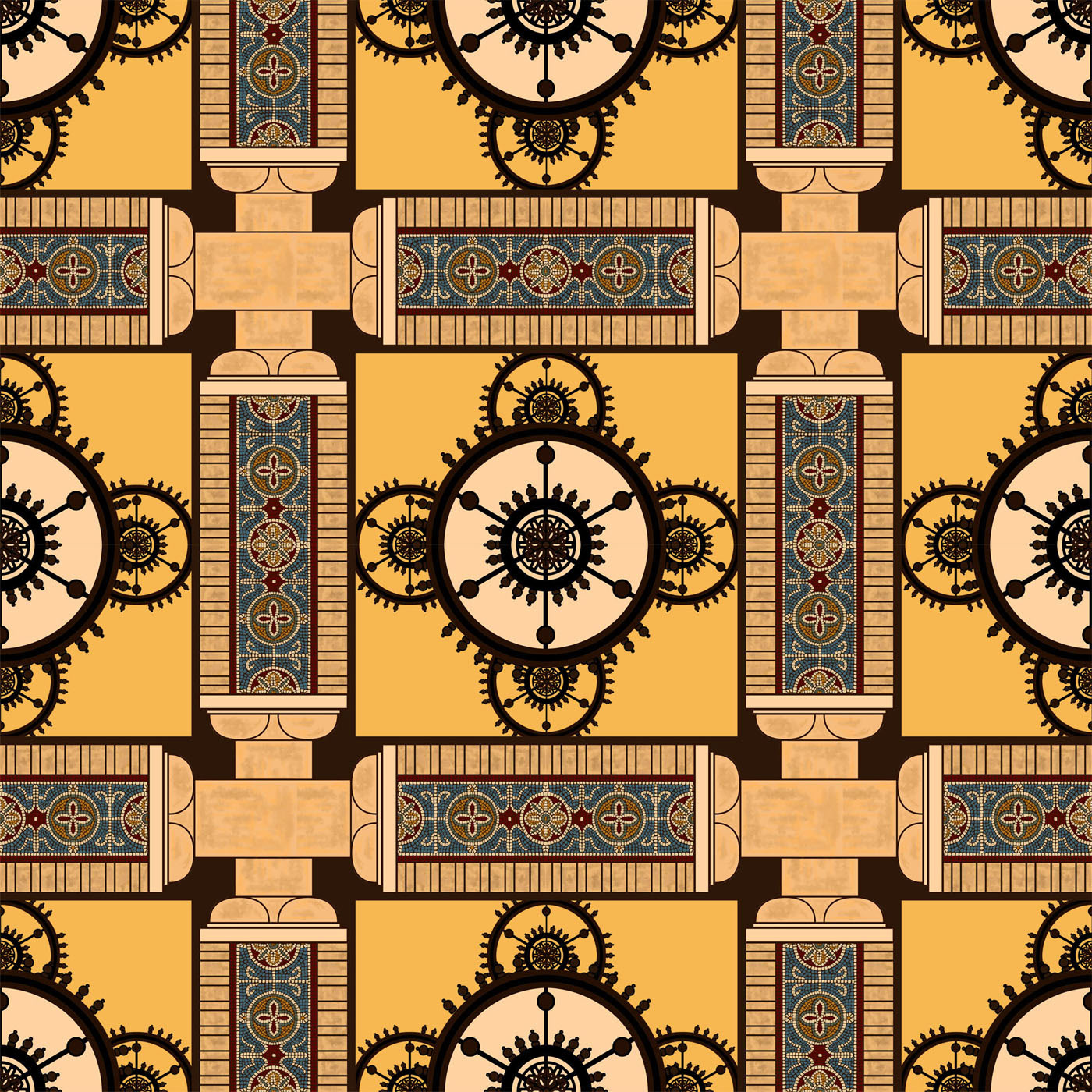



A few years ago Osokorki metro station was decorated with beautiful murals.
The work lasted exactly 3 months every night. Eight artists from Brazil, Switzerland, USA, Costa Rica, Spain, Belgium and Ukraine worked on the project.
There you can see:
-A drawing imitating a mosaic. (Ukraine is stitching itself together piece by piece).
Actor Bogdan Stupka. On his left are the Carpathian Mountains, on his right are the Donbas heaps
- Tatar girl, between the flowers silhouette of the Crimea
- "Music unites." There are pianos from Maidan and the WTC towers in New York and the ruined houses of Hiroshima.
- Animals from the Red Book of Ukraine: a bear from the forests of western Ukraine and next to it is the Lviv Town Hall; and a corsac (steppe fox) from eastern Ukraine, with the tower of DAP (Donetsk airport) on its side
I took the apple as the basis of my paternoster, as it stands out a lot to me when I look at the murals. And in the apple I added fragments - pieces of each story that hooked me.
Unfortunately not everyone in town appreciated the murals, there was more criticism, but I don't think the murals spoiled our station, I like it just the way it is.
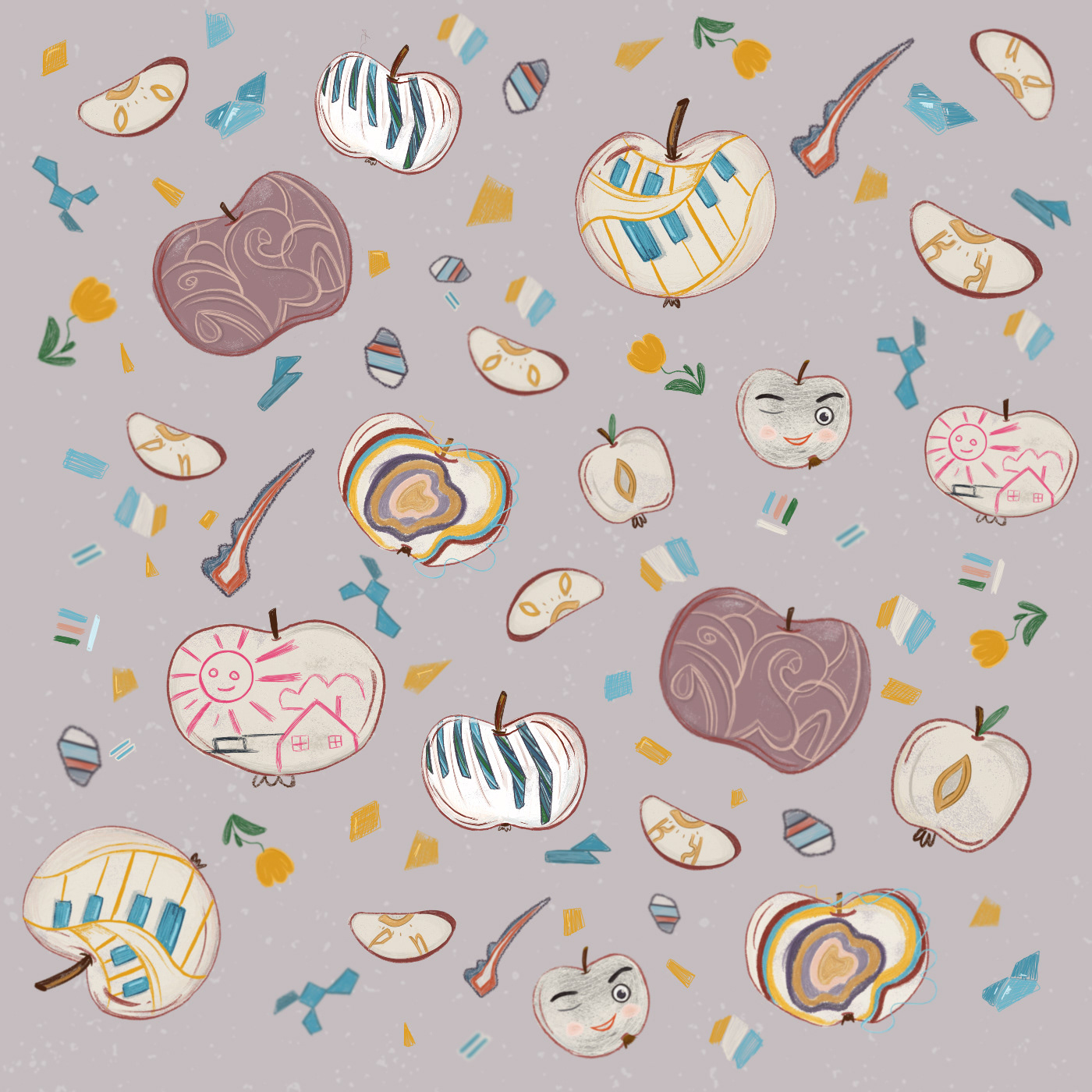
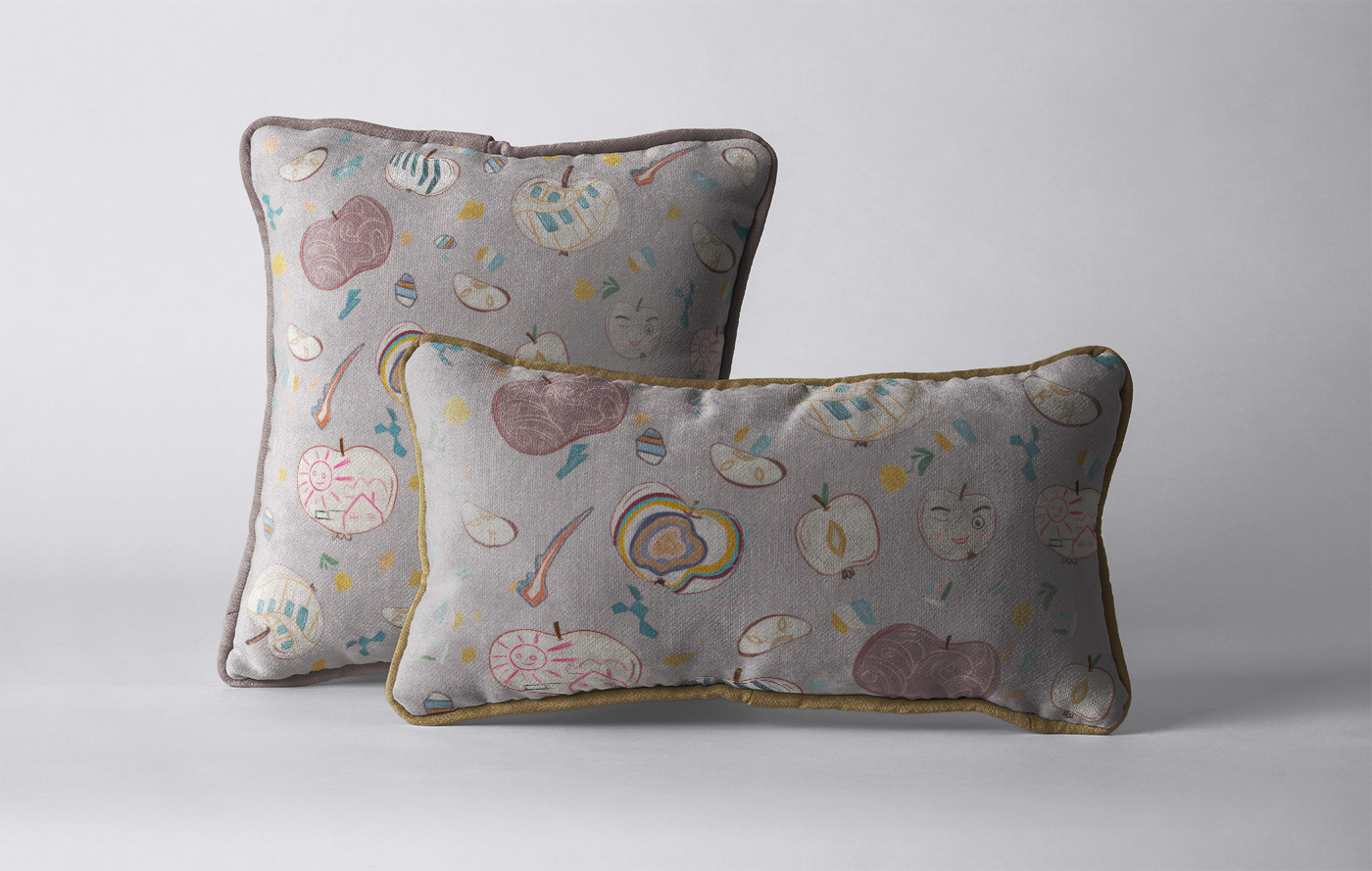

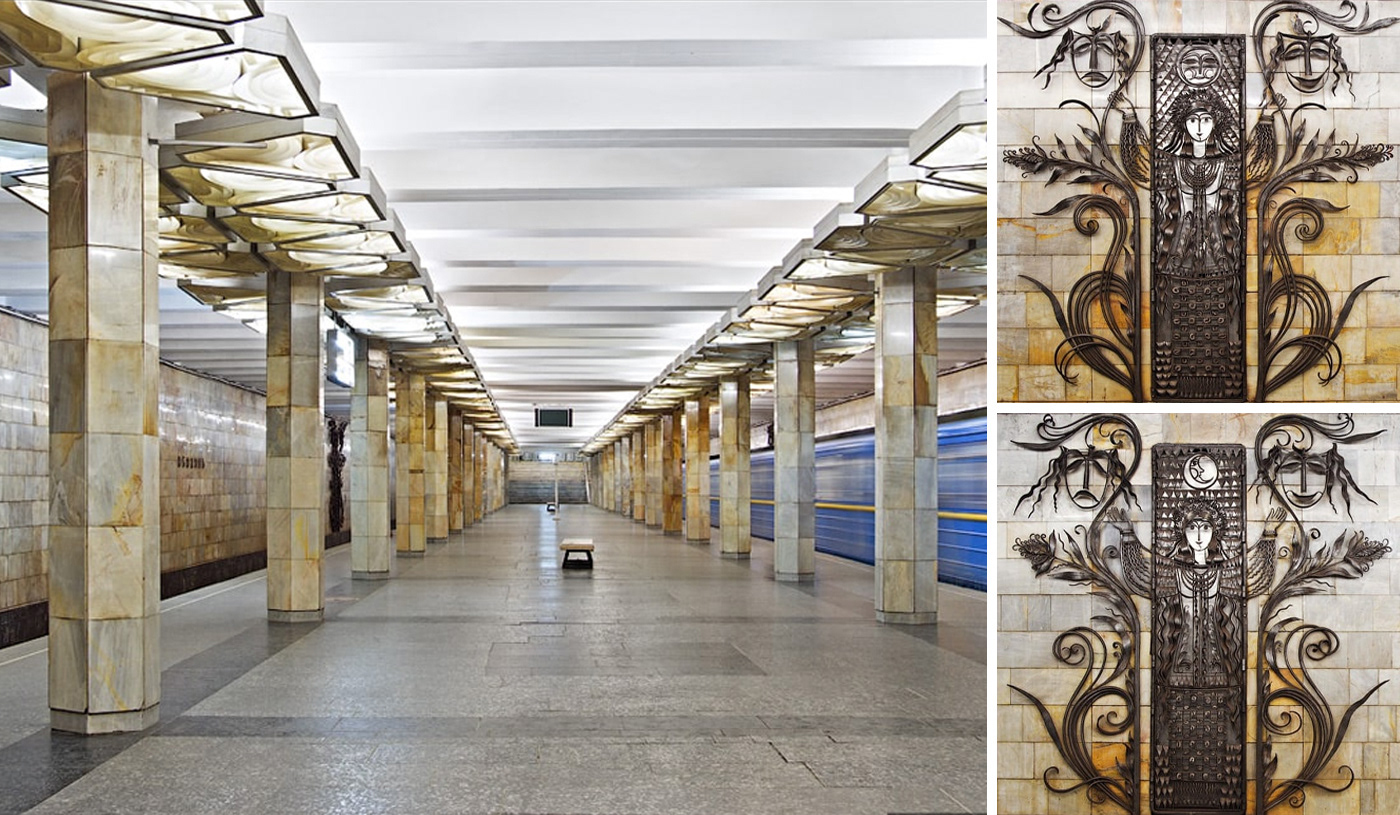
Obolon is a station on Kyiv Metro's. The station was formerly known as Prospekt Korniichuka until 1990. The station is located shallow underground and consists of a central hall with columns.
The architects sought to create harmony between the metro and the environment: in search of means of organizing space, they, as it were, continued the surface highway of the modern city into the underground one.
The station's track walls are decorated with friezes on themes of theater, literature, and art (since the station was originally named after the writer and playwright Olexander Korniichuk). The decoration is complemented by rows of hexagonal columns of gray-blue and pink marble. The floor is tiled with polished light gray and black tiles.
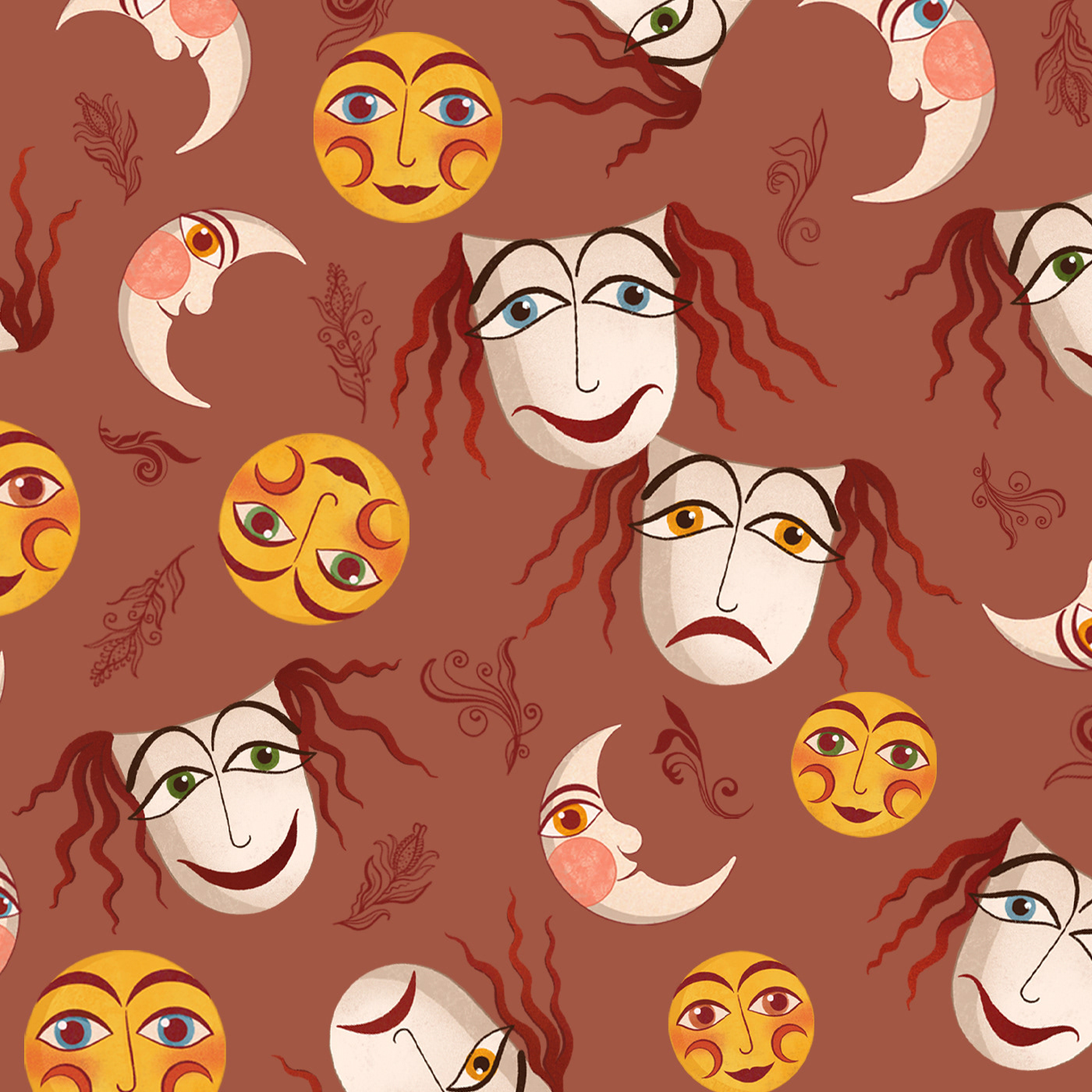
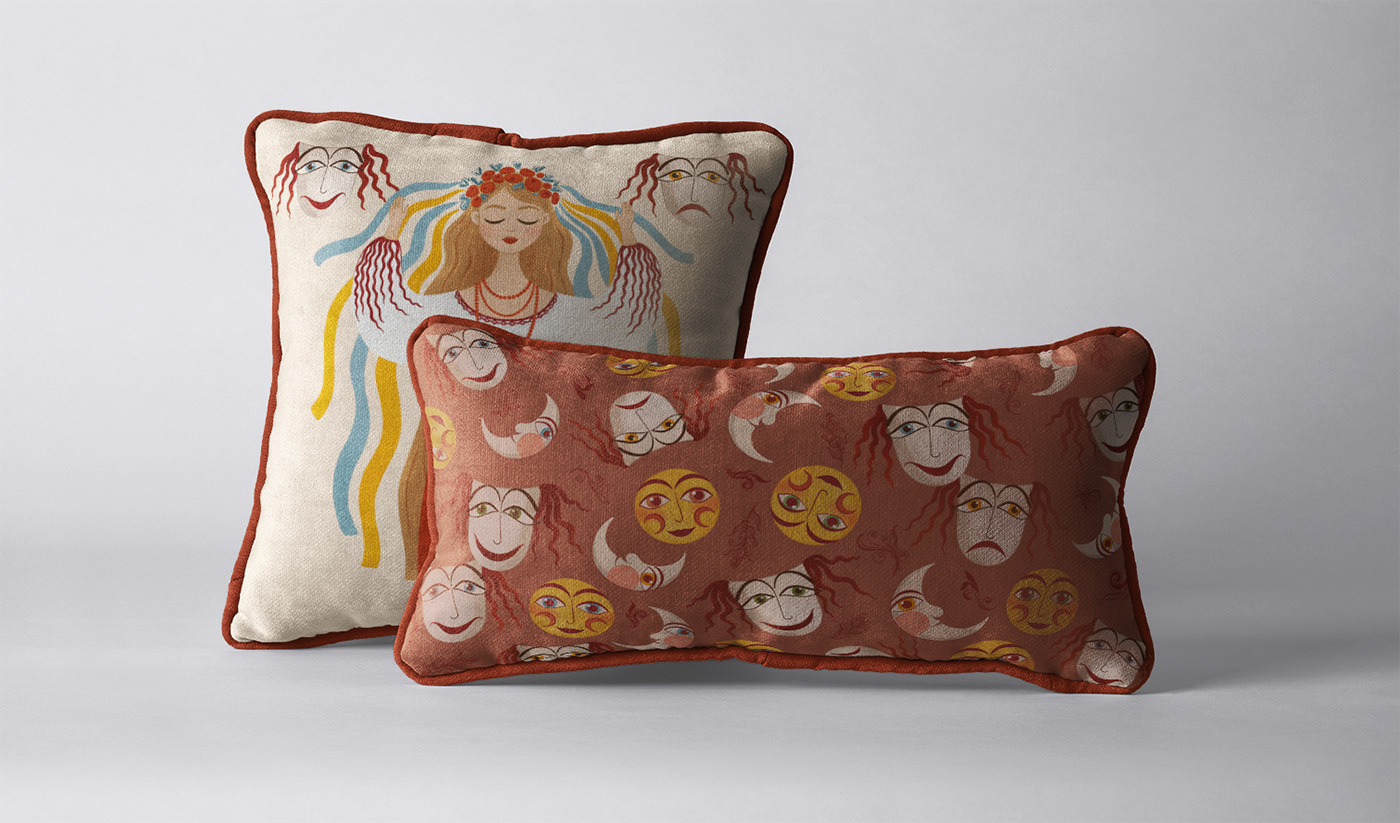

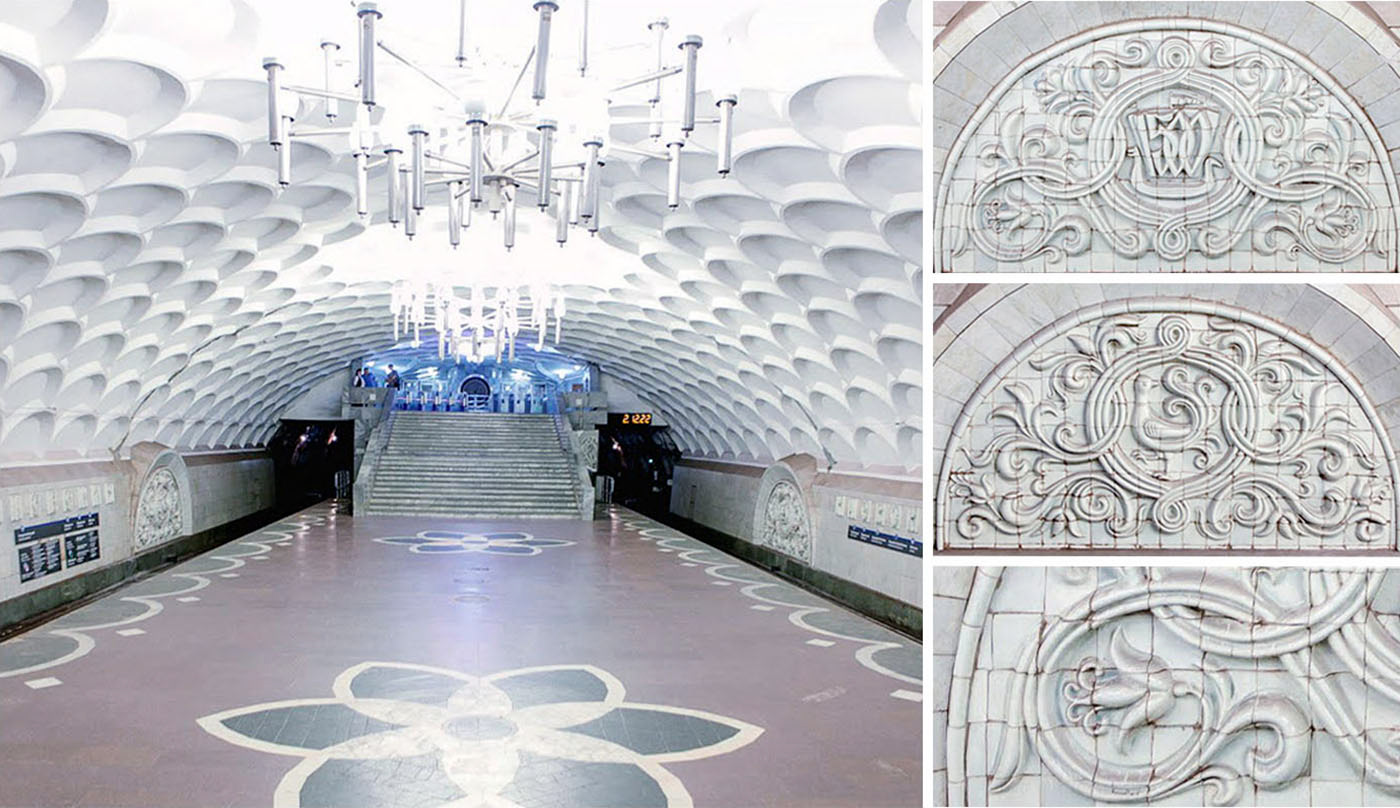
Kyiv is the capital of Ukraine. There is a beautiful metro station in my city called Kyivska, the decoration of which is dedicated to this city, its historical monuments and sights . At the Kyivska station, even the floor is decorated in the form of large flowers laid out of black labradorite and white marble.
A feature of the Kyivska station are large volumetric compositions in the form of arches, located along the track walls. Each composition in the arch is surrounded by a painting of the flowers of the Ukrainian fields and steppes. Floral elements inspired me to create my pattern. Enjoy it!

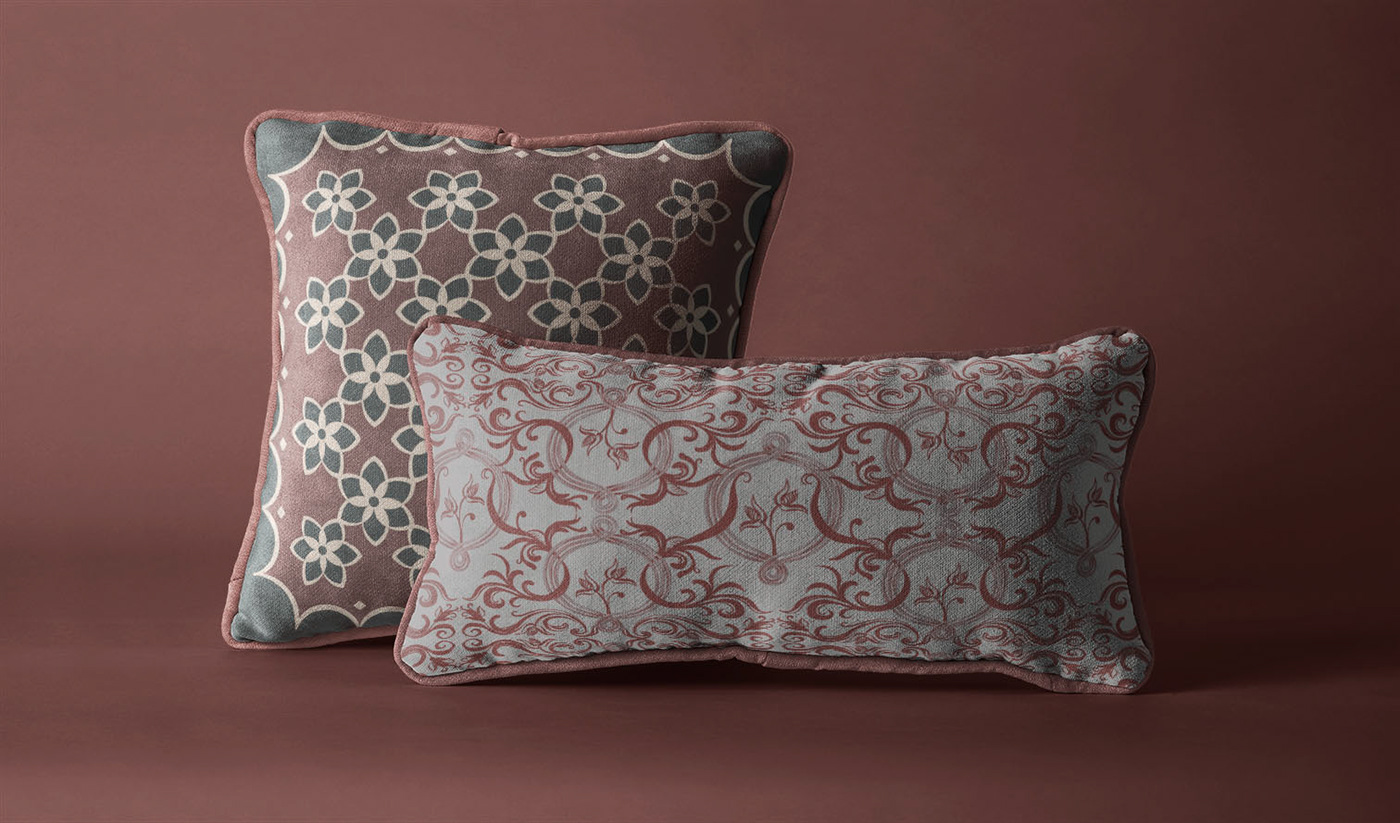

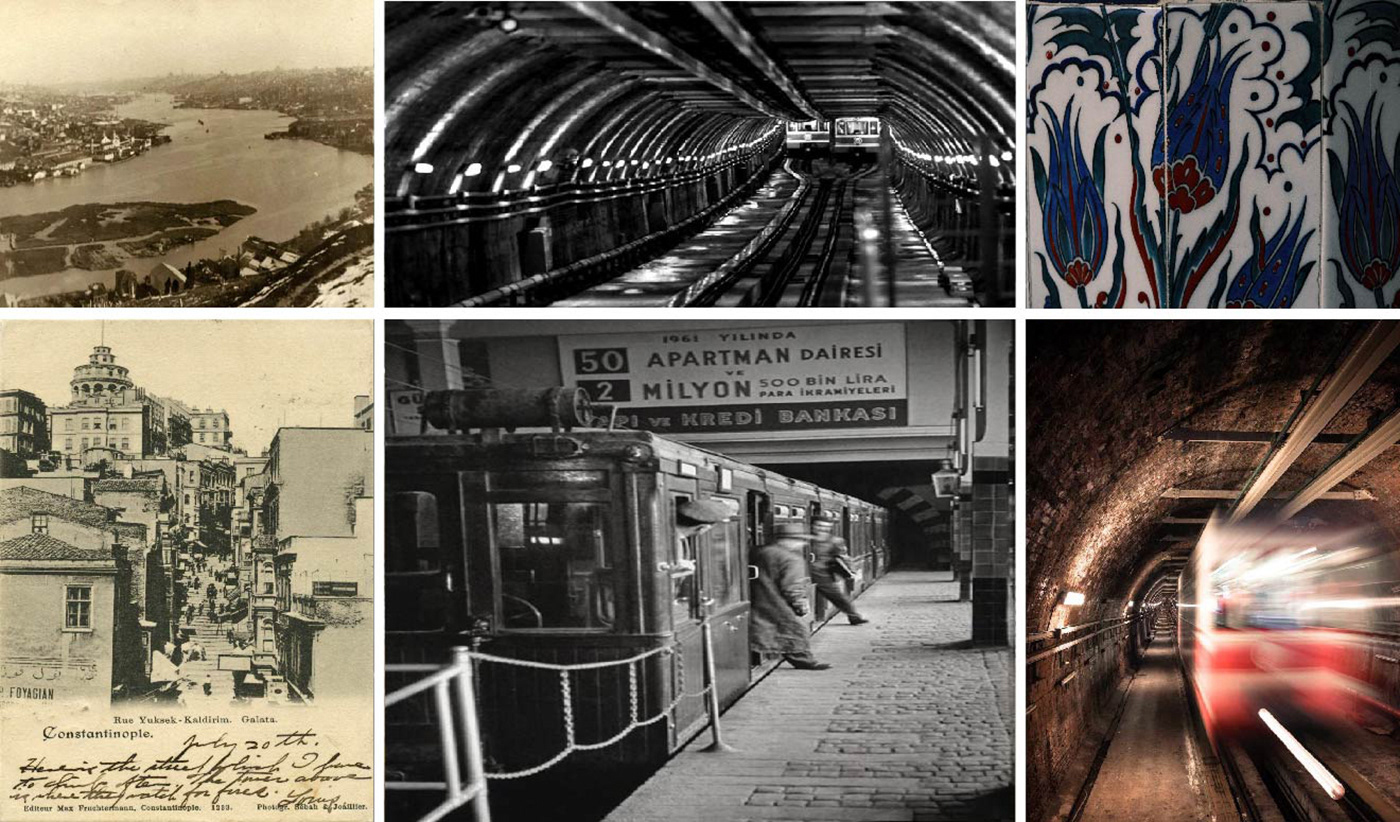
Moodboard Source: Serhat Celikten, Sefa Yamak, IETT photo archive, Tuna Akinci
Stretching between Karakoy and Beyoglu, Tunnel is the second oldest underground public transportation system in the world built after the underground public transportation systems that entered service in London in 1863. It was put into service on 17 January 1875.
The tunnel, which switched to the electrical system in 1910, was handed over to the IETT general directorate in 1939. Tünel, completely renovated by a French company in 1970, connects Galata and Beyoğlu in 90 seconds.
The tunnel is being considered as Turkey's first subway.
For the continuation of the story English Source Turkish Source
I designed it inspired by this story.
The first is the use of Istanbul motifs and tile drawings on the walls inside the tunnel. Second, the creation of a vector illustration of the photograph "Galata in the Istanbul Landscape" (Galata-Pera, Jean Marius Féraud, first half of the 19th century, drawing).
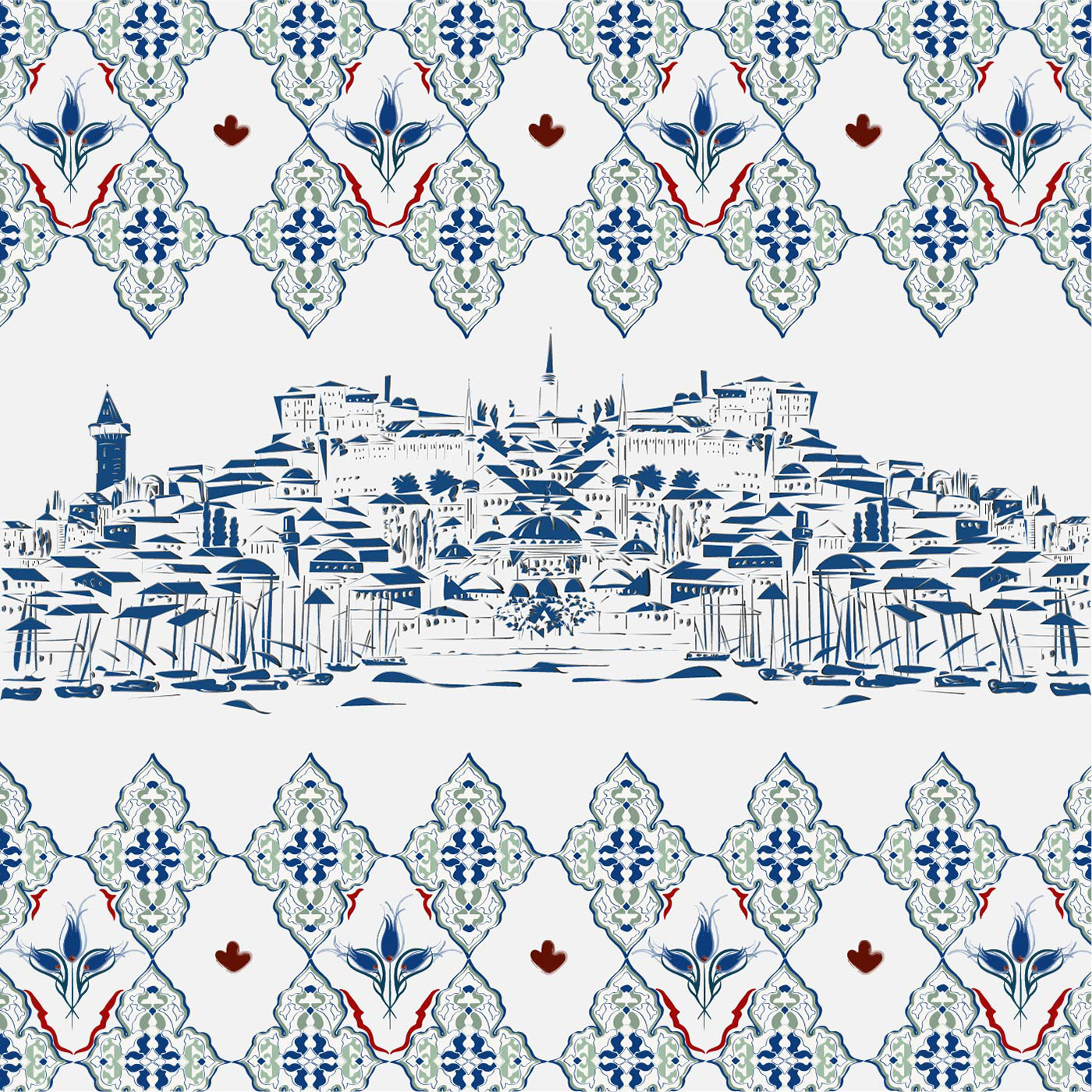
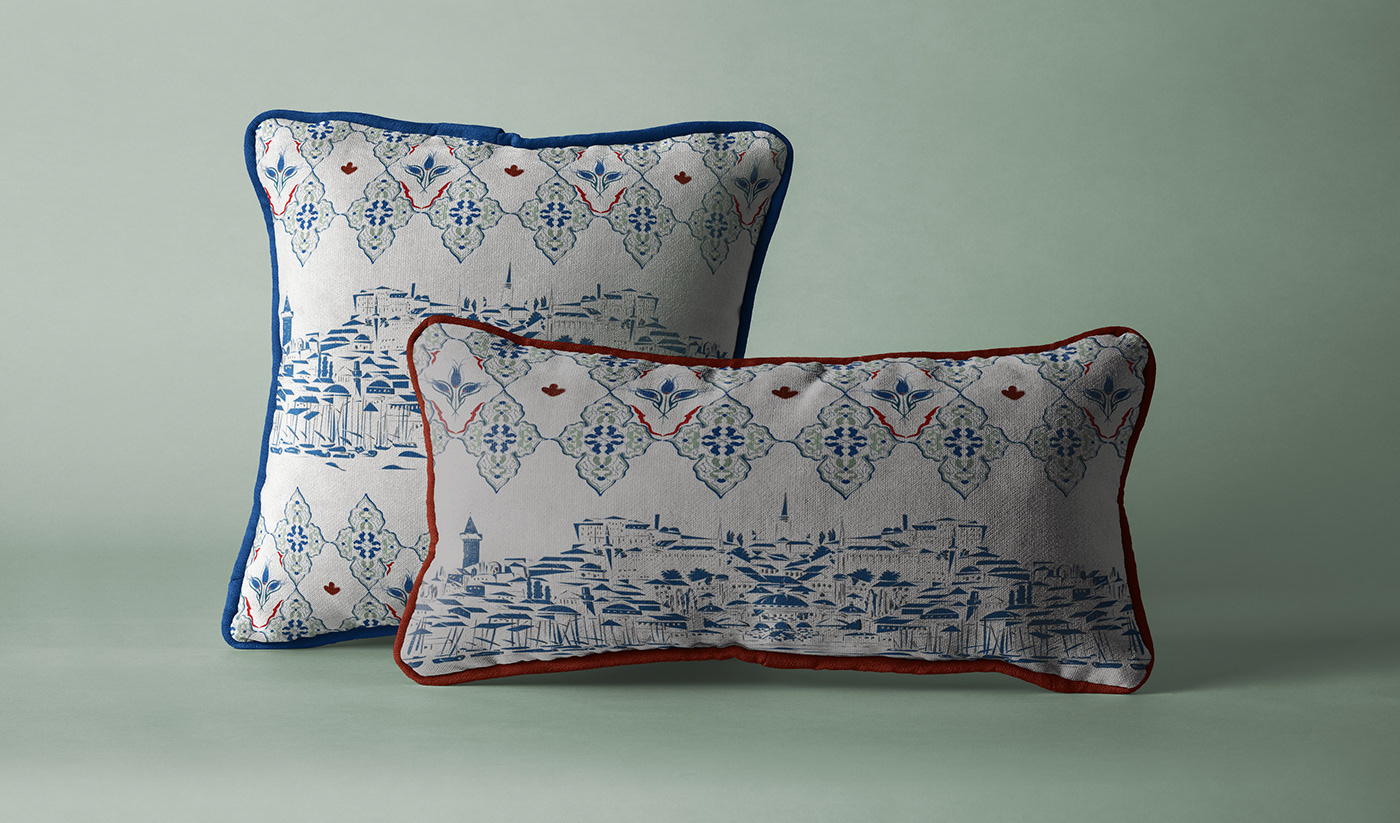


Walking into Sakanat El Maadi station, it is clear that the color blue is the most dominant; it's used in the steel railing, the light posts, and even the railway cars. The next thing that stood out to me is the red duct situated on the blue steel raining. My pattern is inspired by the geometric designs found in the floor tiles as well as the railing, which contains a star motif that is the official symbol for all metro stations in Egypt.



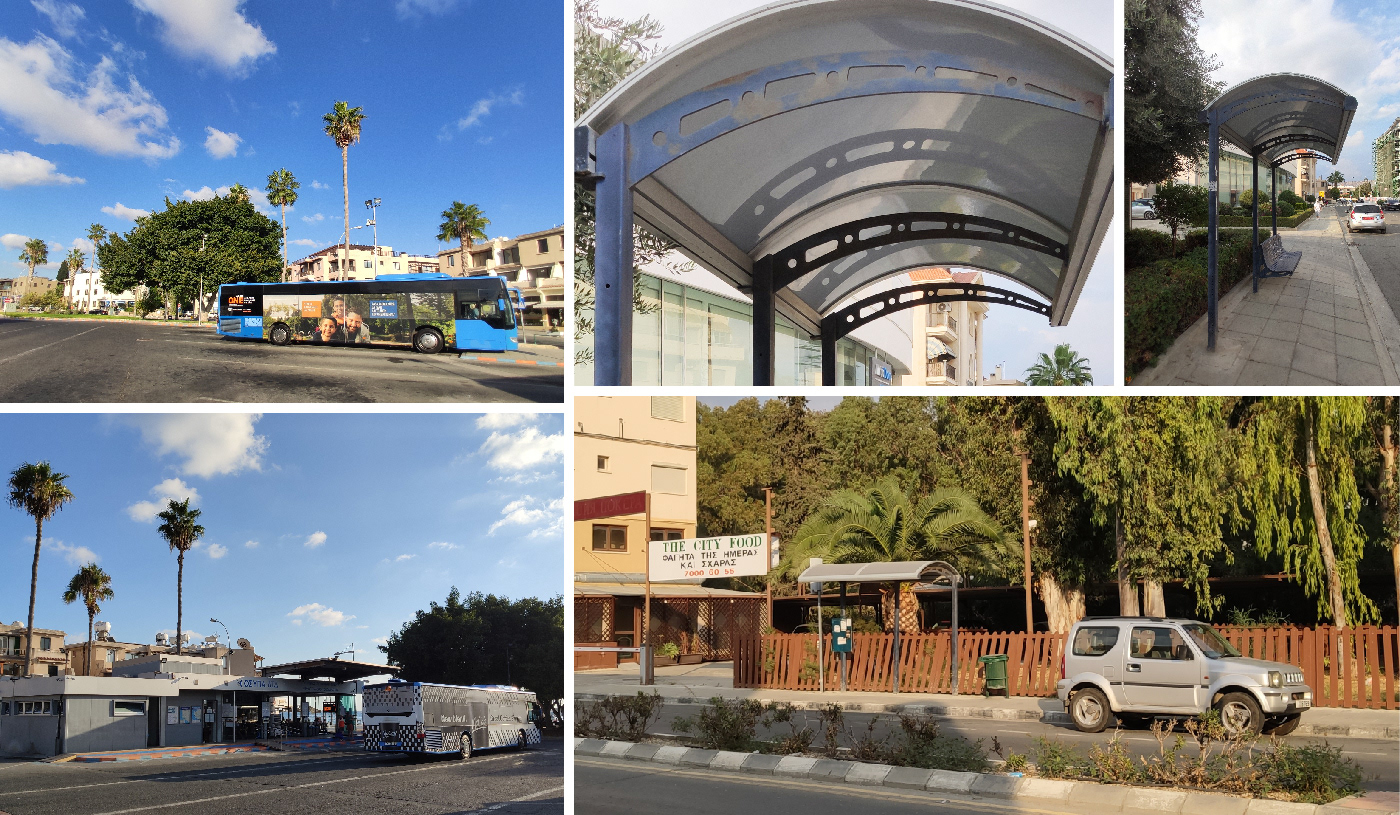
In Cyprus, a car is the main way to get around the island. Almost everyone in Cyprus owns or rents a car. Public transport is not popular. There are no railways, no metro, trams or trolleybuses on the island.
The transport system of the Republic of Cyprus is not well developed.
The only railway on the island was the Cyprus Government Railway. It was demolished in 1952.
There are three types of bus service in the Republic of Cyprus.
• City buses for trips around the city and to the airports;
• Village buses;
• Intercity buses for travel between resort centres and the capital.
Most bus stops in Cyprus are unremarkable. However, evergreen tropical flowers and palm trees adorn any design. For the «Next stop patterns» project I was inspired by:
• Kato Paphos Main Bus Station in Paphos;
• Limassol city bus stops.
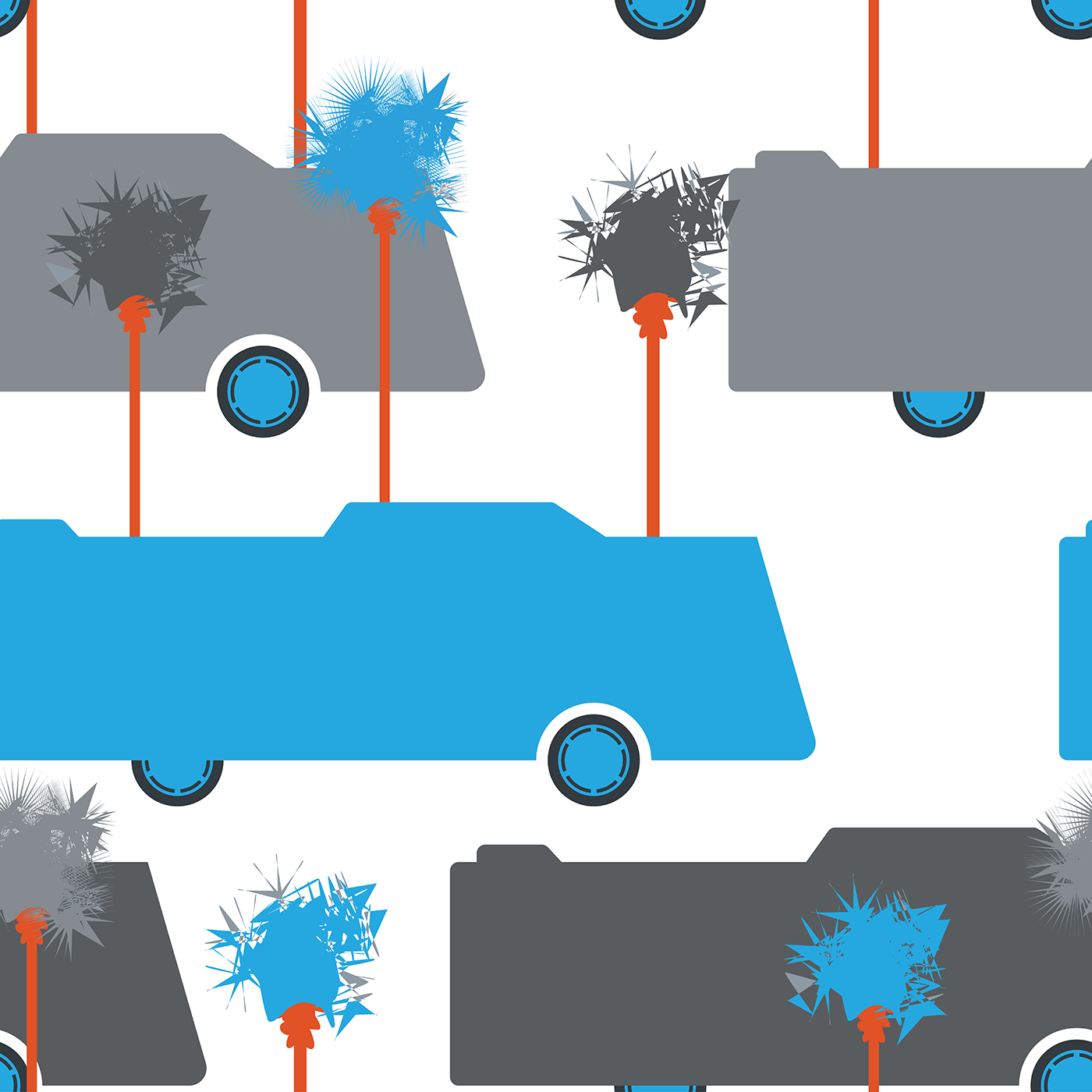
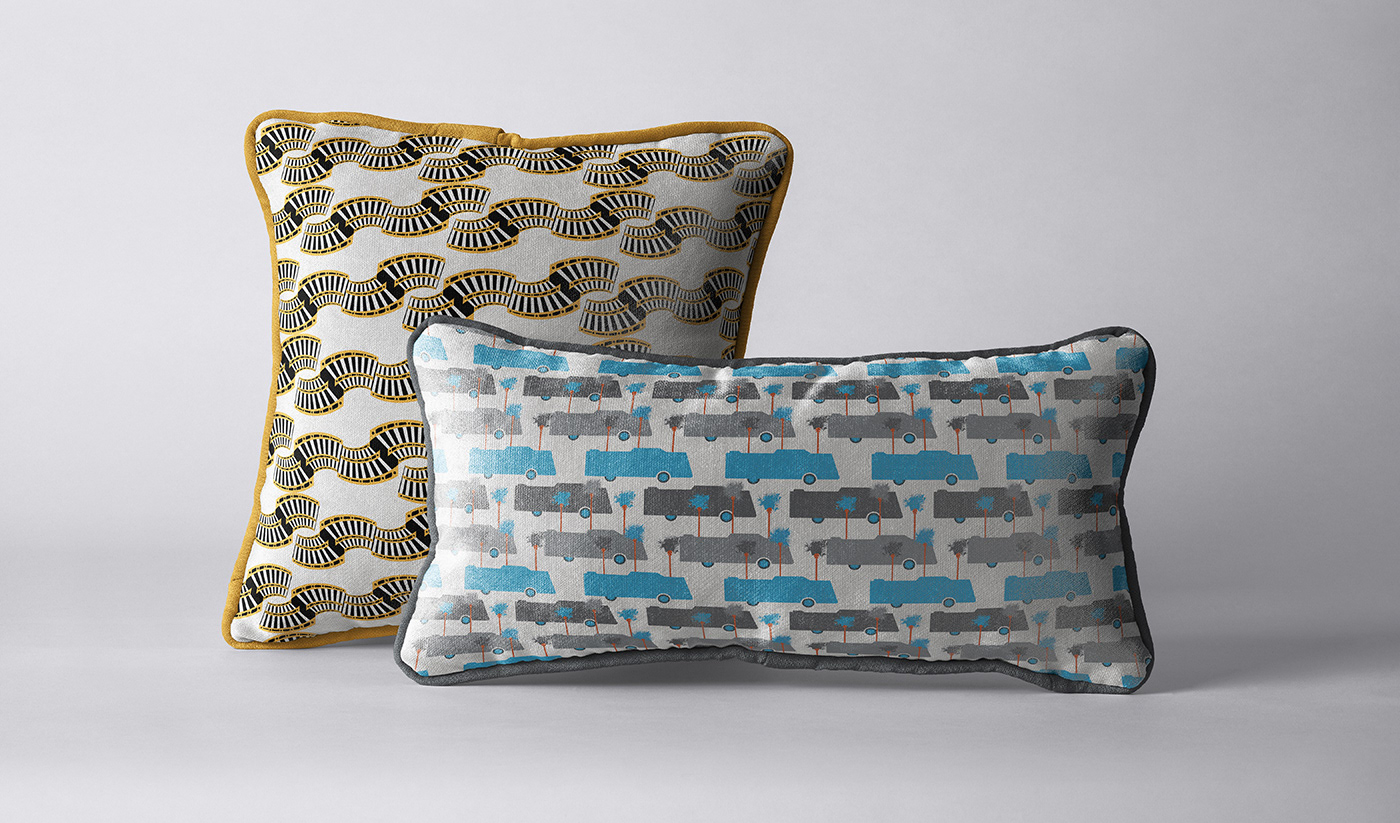

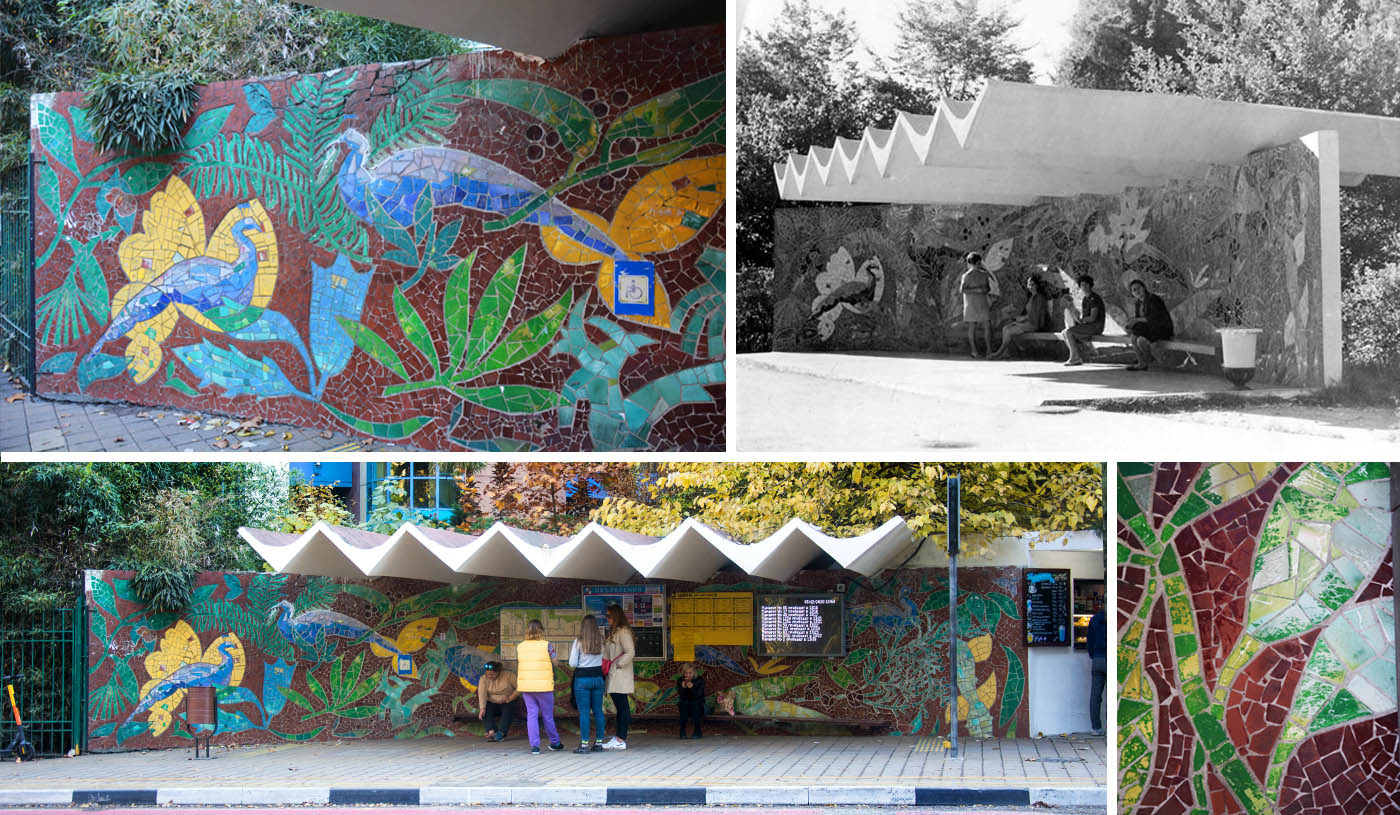
The pavilion was designed in 1968 by the Sochi architect V.M. Morozov (the author of the Sochi Bus Station) and the engineer E. Dyominov.
The author of the mosaic artist David Zalmanovich Dvoskin.
The author of the mosaic artist David Zalmanovich Dvoskin.
I remember this bus stop from my childhood. I was so inspired by this beautiful mosaic and loved to look at wonderfull peacocks.
Unforfunatelly, nowadays it is not looking like it was disigned, The elegance of the design is disrupted by the store's extension, and the timetable closes the beautiful mosaic. This pattern for me is a way to keep a piece of the city from my childhood and say to Sochi "I love you"
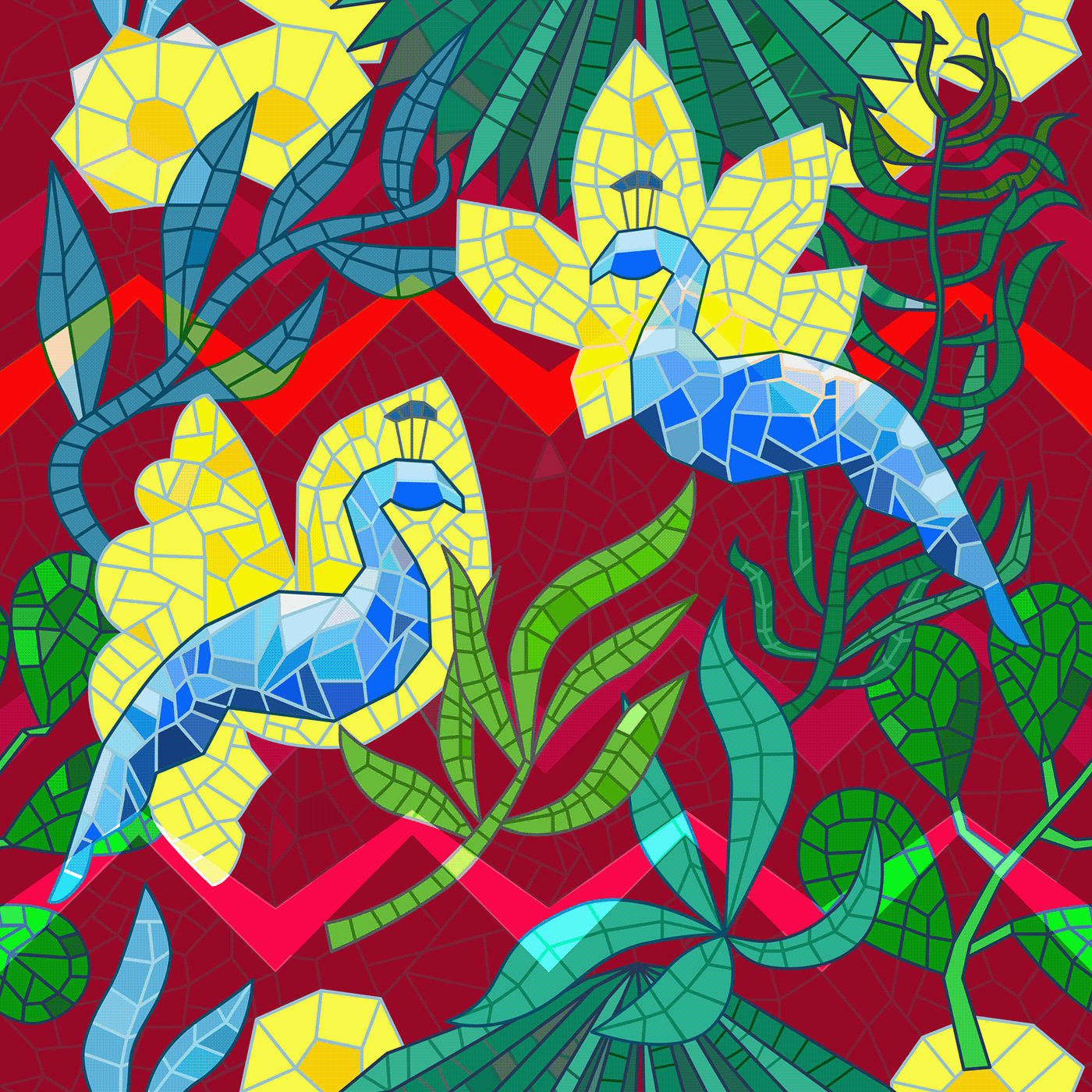


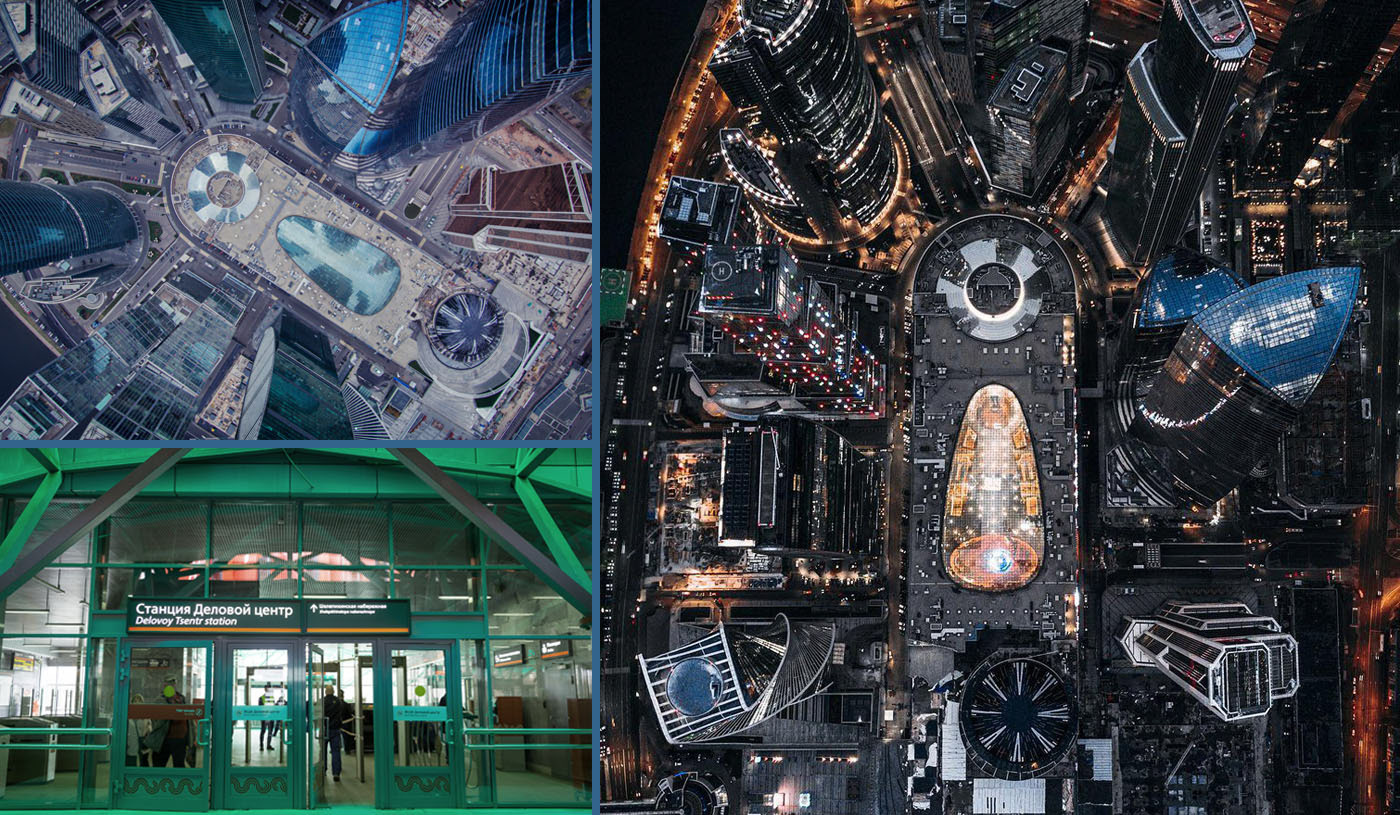
MCC or Moscow Central Circle. This is a joint project of Russian Railways and the Moscow metro. Along with the Russian Railways logo, there is a metro logo on the station lobbies. According to the set of characteristics, the MCC is a "city train".
Delovoy Tsentr station is one of the 31 MCC stations. It is located near the business center of Moscow city. The grandeur of these buildings, their unusual architecture and fascinating asymmetry inspired me to create a pattern.
Unfortunately, in comparison with the magnificent stations of the Moscow metro, all MCC stations are designed uniformly in style and color. I think the MCC stations deserve a unique design. Why not start from the station "Delovoy Tsentr "?
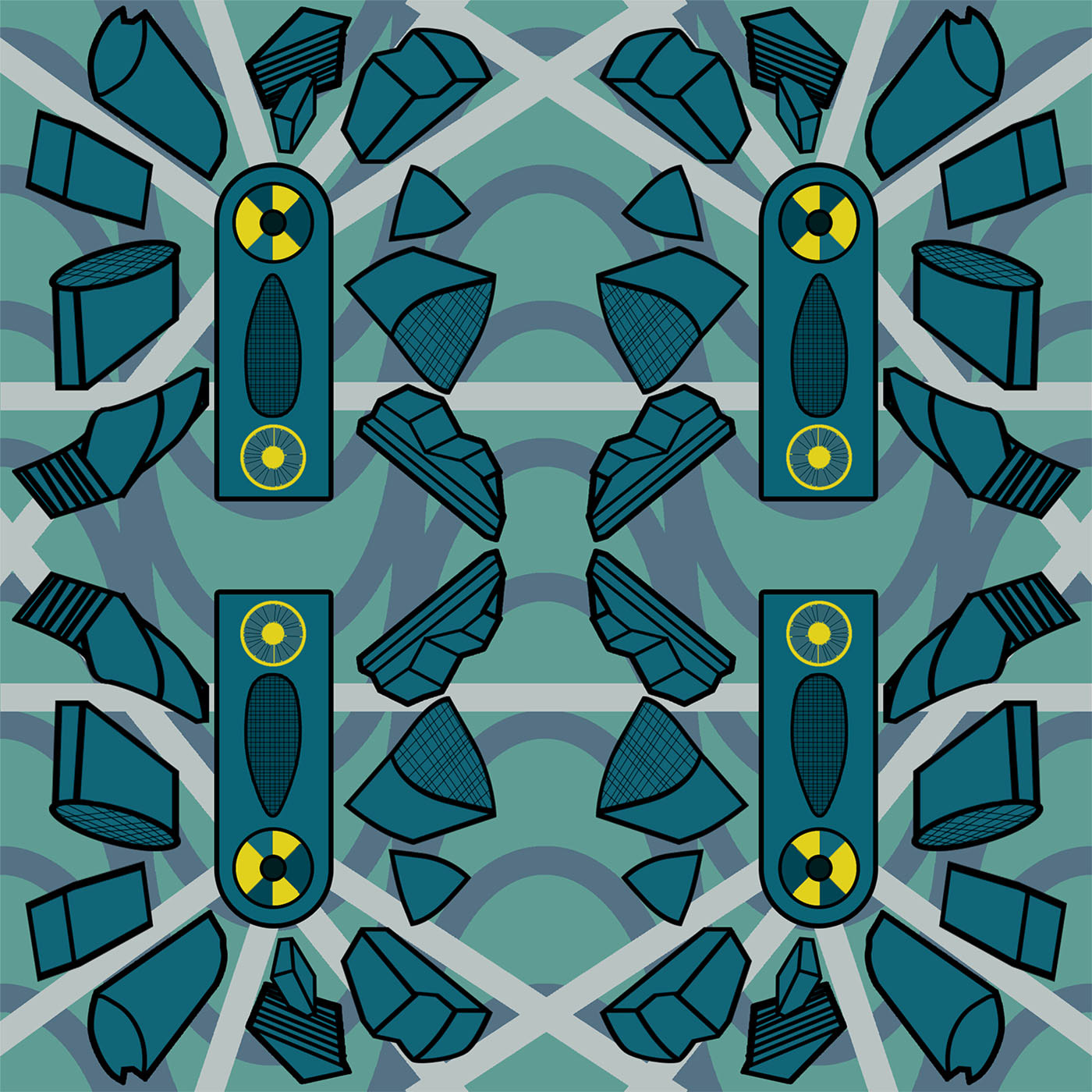
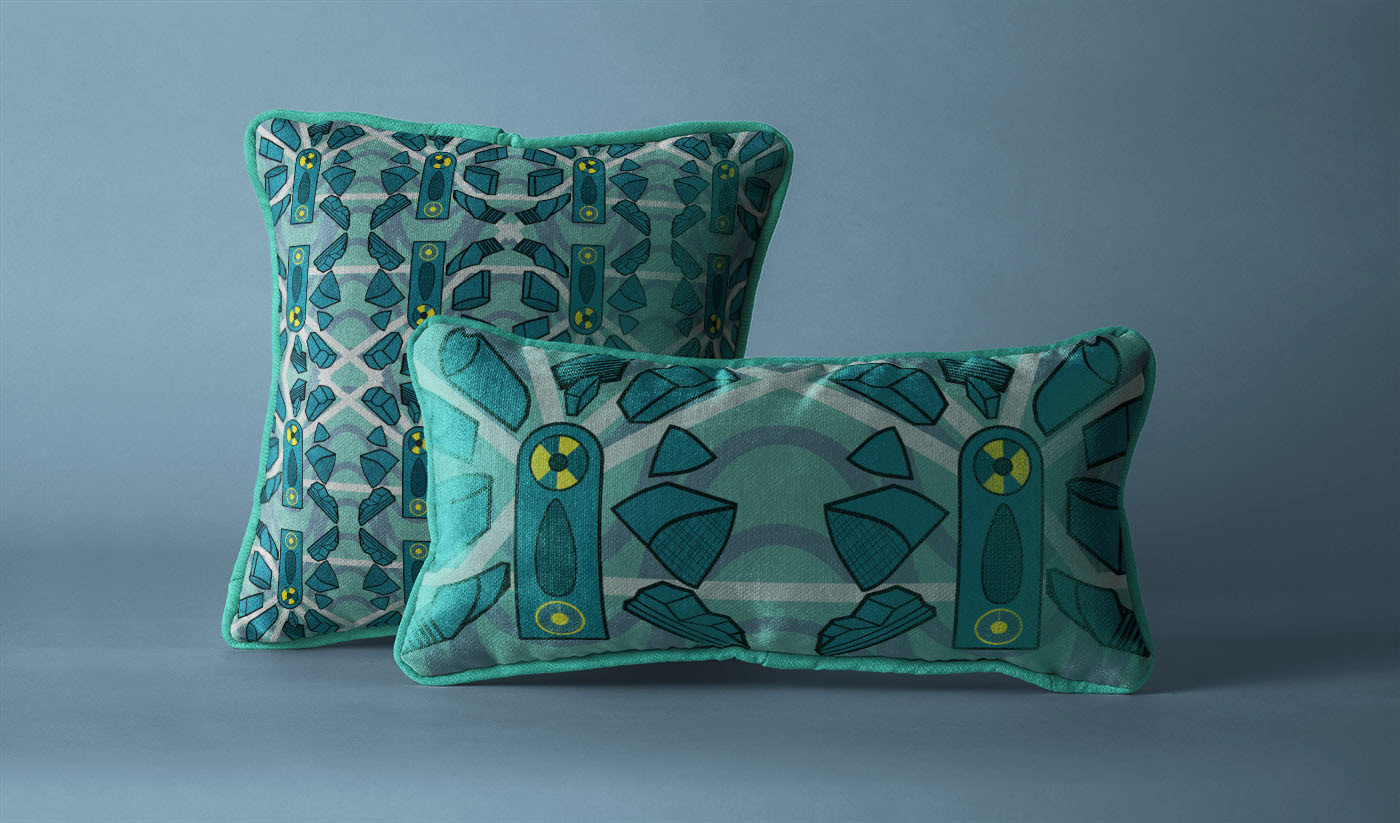

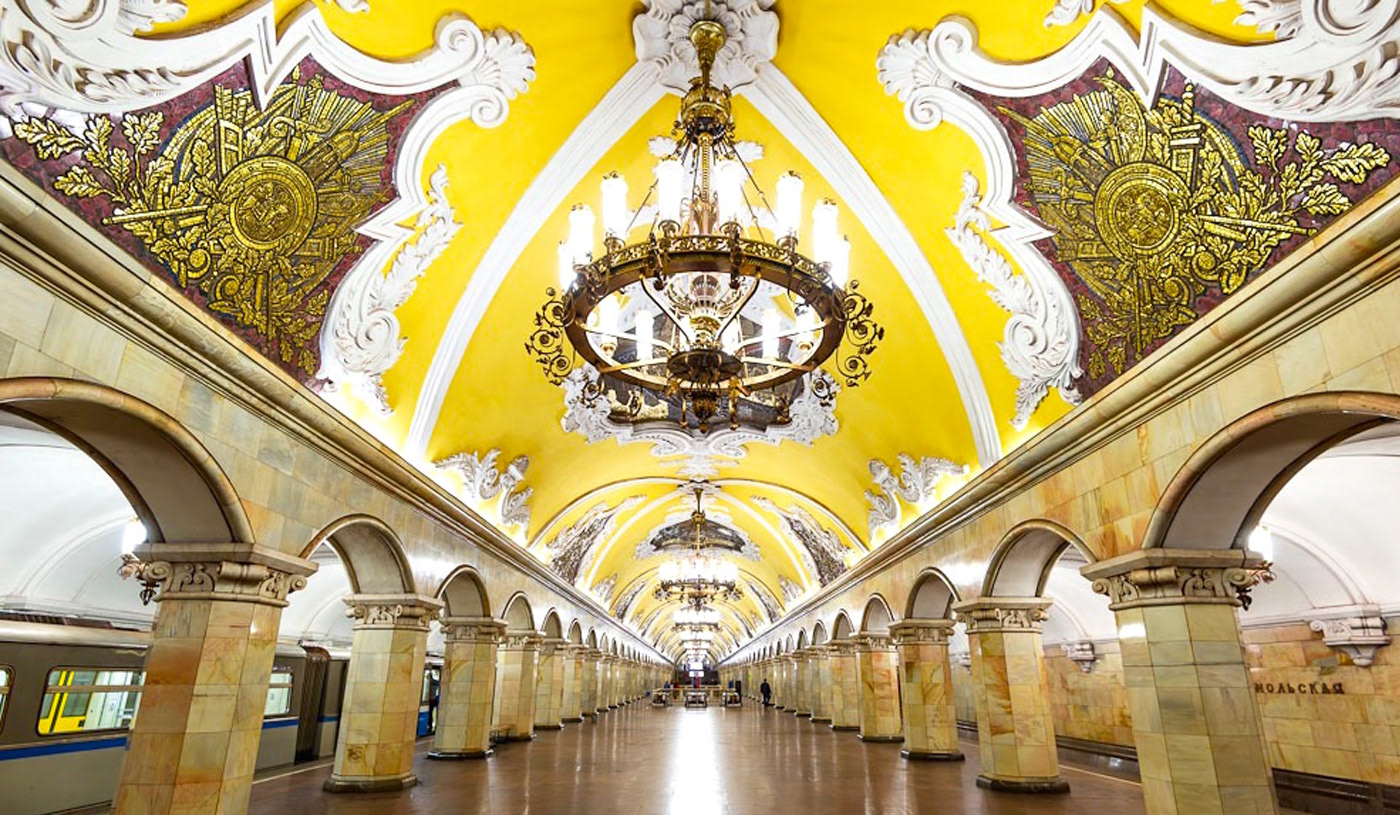
The Komsomolskaya metro station is an important element of a large transport hub of the city, where three railway stations of the capital are: Kazansky, Leningradsky, and Yaroslavsky.
The station was opened in 1952; in this post-war period, its design was strongly influenced by heroic pages in the history of the state. The theme of the station's design is "The struggle of the Russian people for freedom" The images on the mosaic panels are dedicated to weapons of different times, outstanding commanders. Such works of art look solemn, majestic, and beautiful here.
I chose the Komsomolskaya metro station because it attracts millions of tourists and is one of the most beautiful stations on the Moscow metro. For me, the symbols of the Soviet Union, such as the hammer and sickle and others, are still relevant at this station.
I wanted to highlight the theme of the Soviet Union, despite its disintegration, since they are the center of the composition and attract attention!
Also, attention is drawn to the yellow color of the ceiling, which I also used in my pattern.
...The daily passenger traffic through the station amounted to more than 180 thousand people
Also, attention is drawn to the yellow color of the ceiling, which I also used in my pattern.
...The daily passenger traffic through the station amounted to more than 180 thousand people
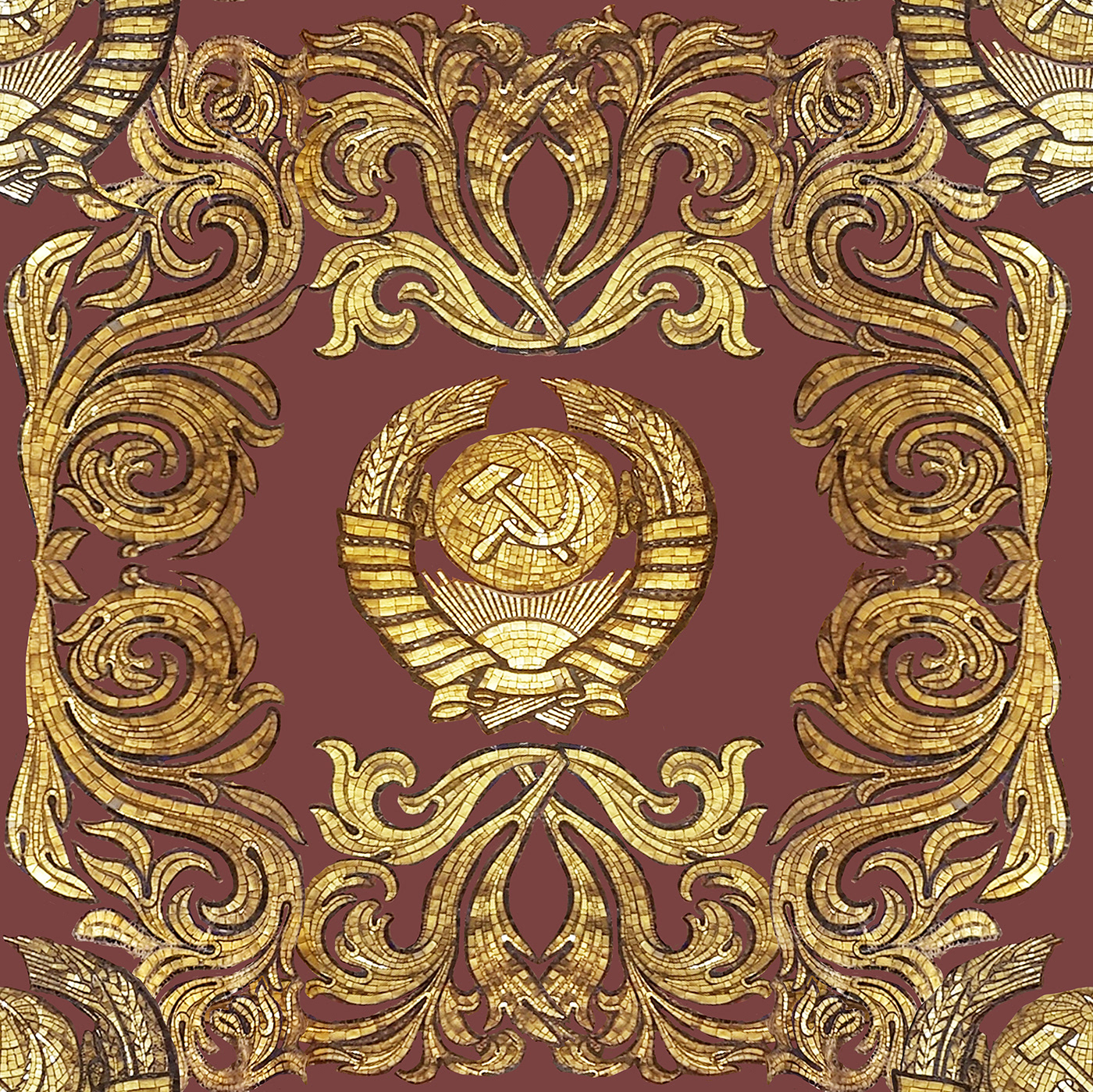



There are 9 railway stations in Moscow that go in different directions to the interior of the country and abroad.
Kazansky railway station is the first thing I saw when I first came to Moscow as a little girl. First impression and first image of a big city. I was 10 years old at the time.
Later, I came to Moscow to study at the University. In the following years, several times a year, I went from Moscow to my parents and back. And each time the sight of the approaching train station brought the joy of an early meeting with relatives or a quick return to a new independent life.
The transit point of my growing up. Beautiful, majestic station with high ceilings, endless arches and intricate patterns on the walls.The station has been operating since 1862 and pleases us almost in its original form until now.
I took great pleasure in making a pattern based on this beautiful place.



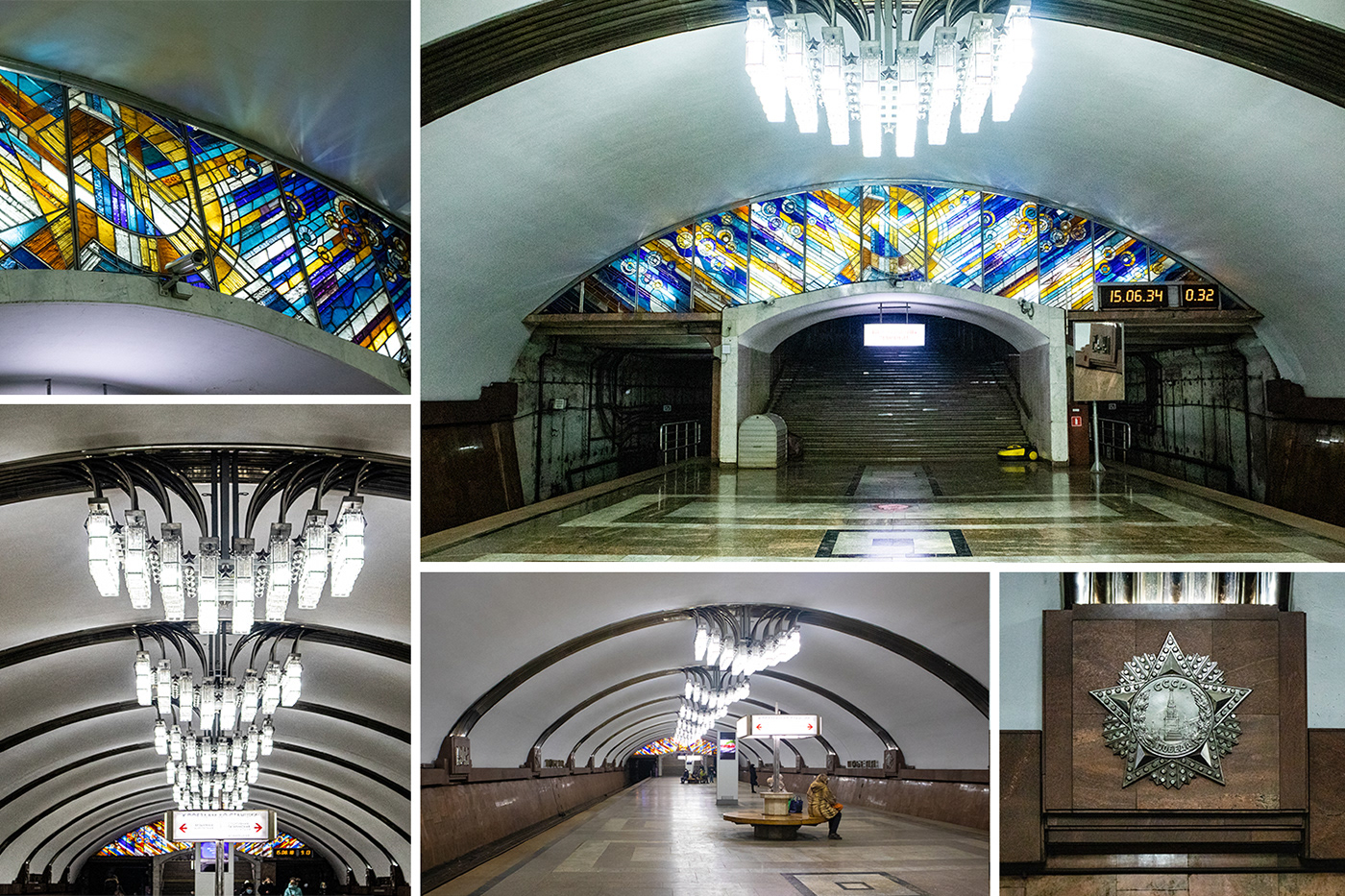
The theme of architectural and artistic design is dedicated to the historical victory of the Soviet people in the Great Patriotic War. The image of fireworks allows you to penetrate and combine the entire interior of the station with this theme.
On the station under the ceiling there are chandeliers of the original, pyramidal shape. Large images of the Victory Medal are installed above the tracks of the station. And also the stained glass windows above the station tracks, illuminated from behind, create a sense of celebration and light in this underground world.
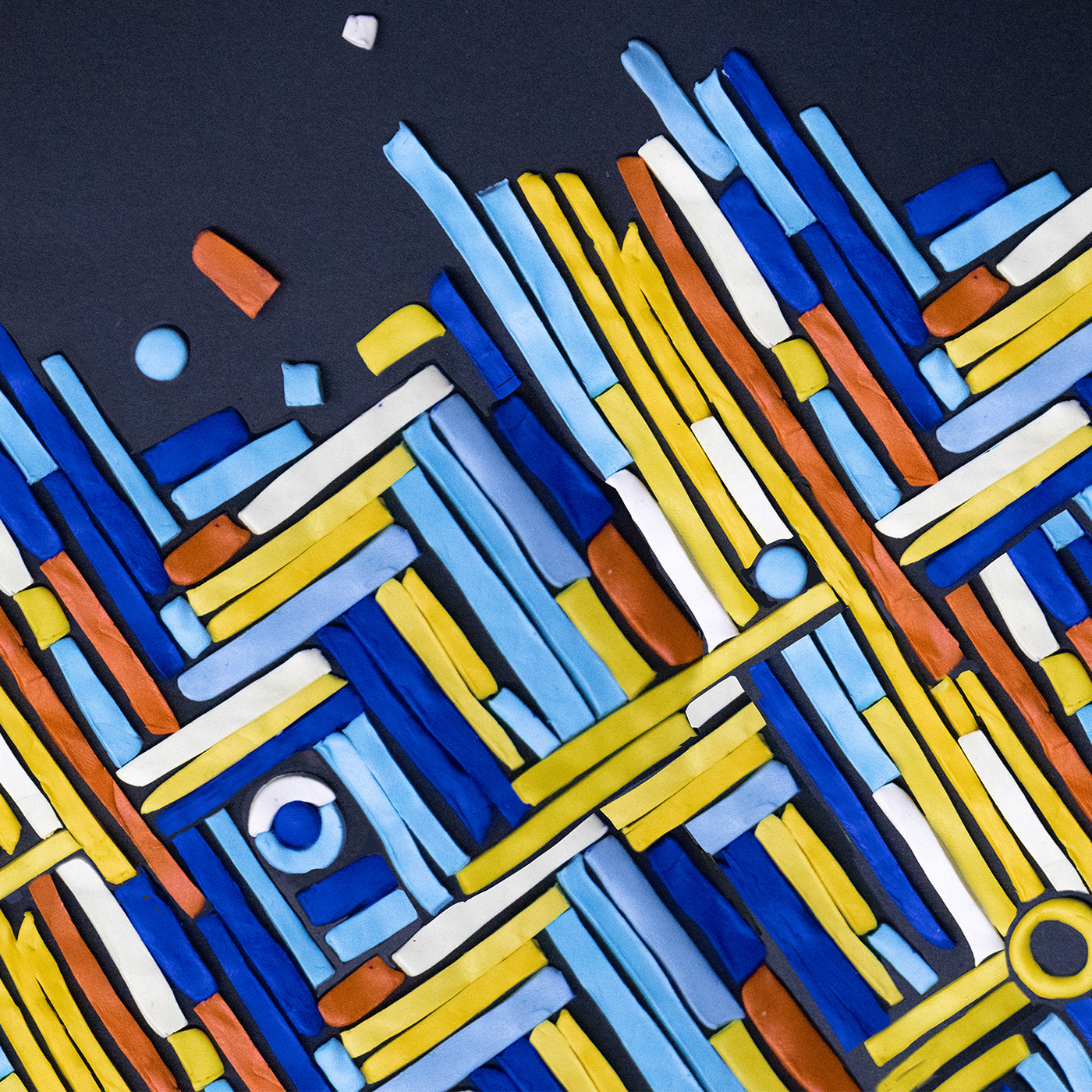
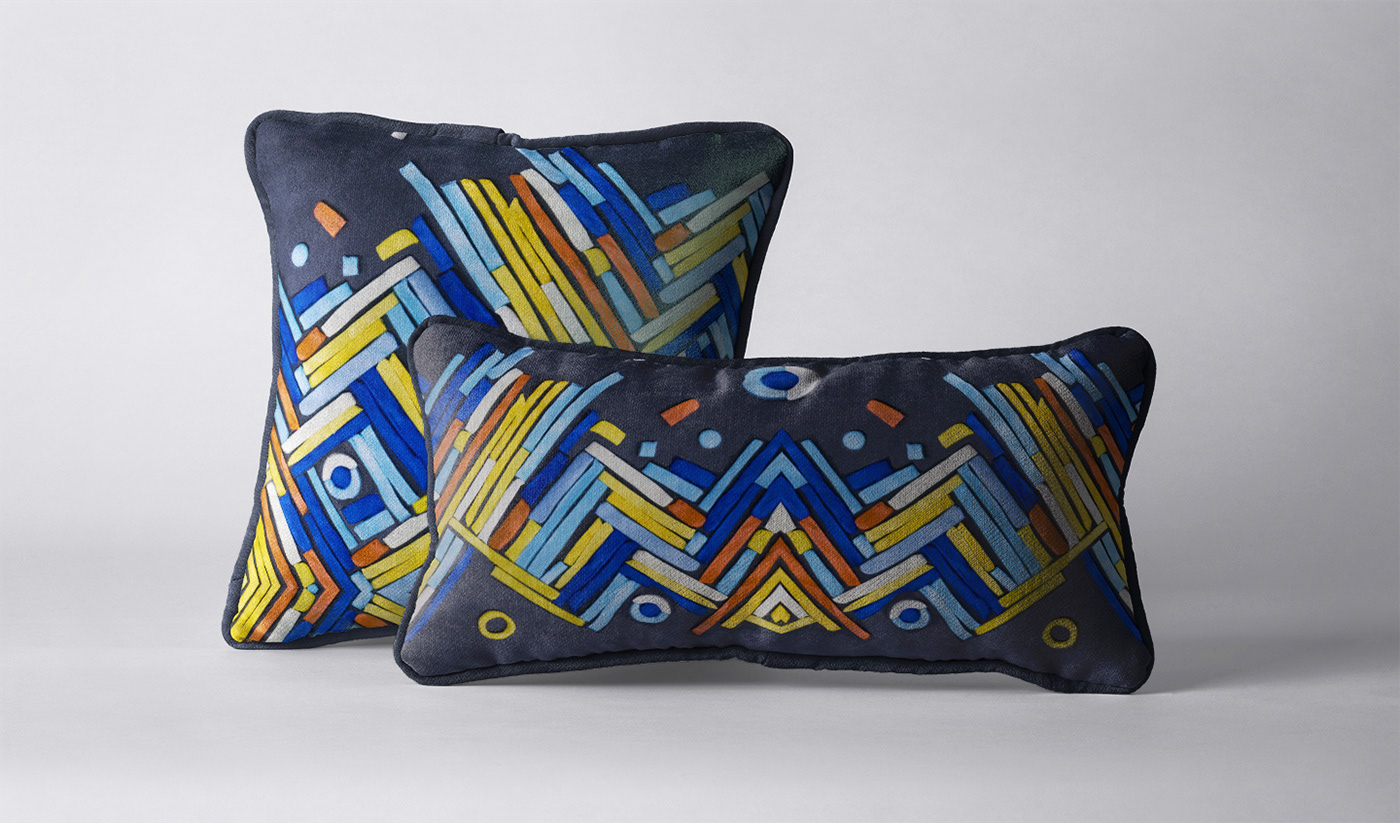

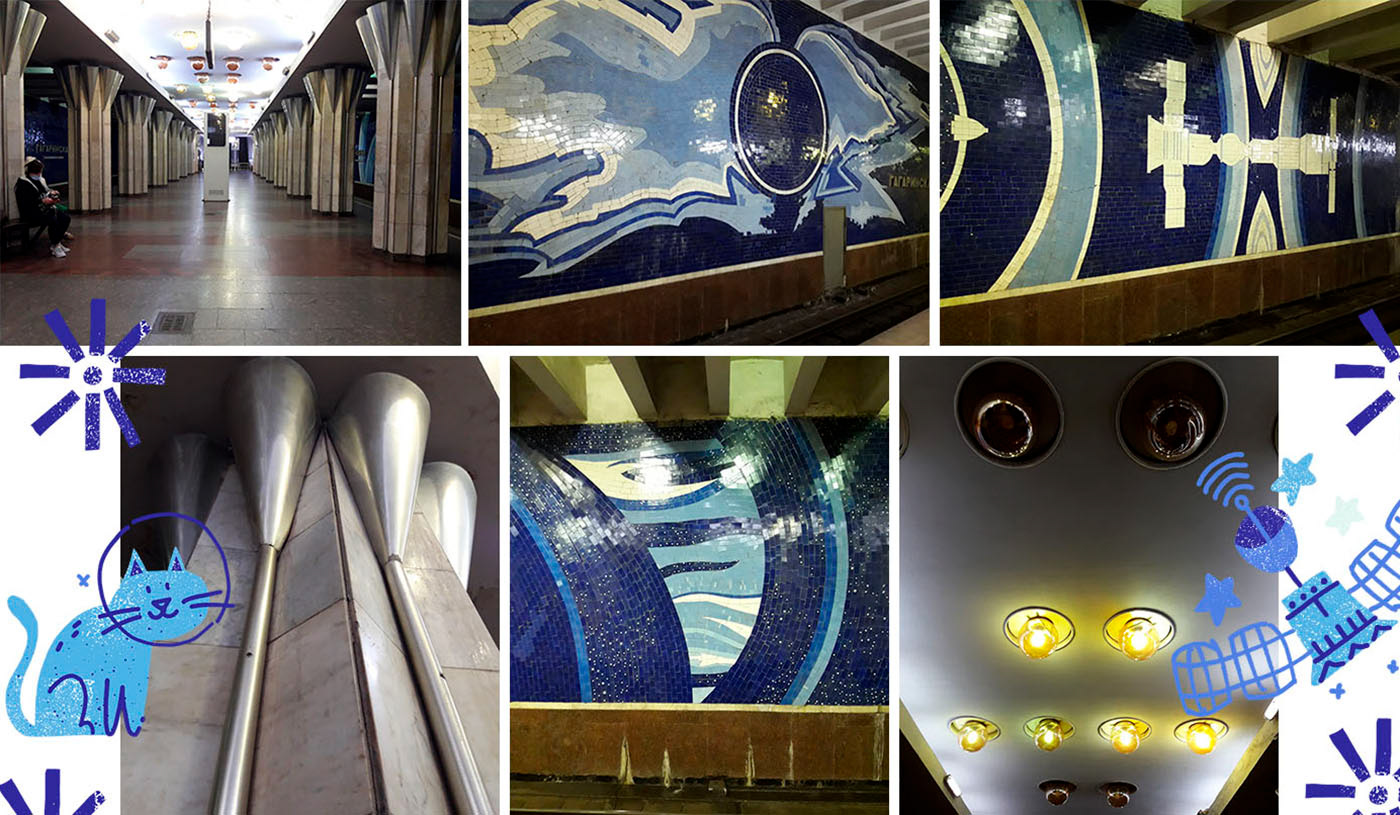
The Gagarinskaya metro station in Samara was opened in 1996. It is located 17.5 meters underground.
The floor is paved with granite. The columns are made in the form of rocket nozzles facing the ceiling with their sockets. Spherical lampshades are located on the ceiling.
The station's walls are decorated with space-themed mosaics. The floor is covered with polished earthy brownish red granite with white marble stripes.
The station's walls are decorated with space-themed mosaics. The floor is covered with polished earthy brownish red granite with white marble stripes.
The color palette of the station's decor is very bright and juicy - shades of ultramarine and pale blue, plus basic white. This is what prompted me to choose this particular station to create my pattern. I love color and cannot imagine life in black and white. It took me a while to draw the pattern, because at first I thought like a boring adult. But then I remembered how I was a child and I had dreams about flying in outer space and just about how I fly. And immediately the work began to boil.
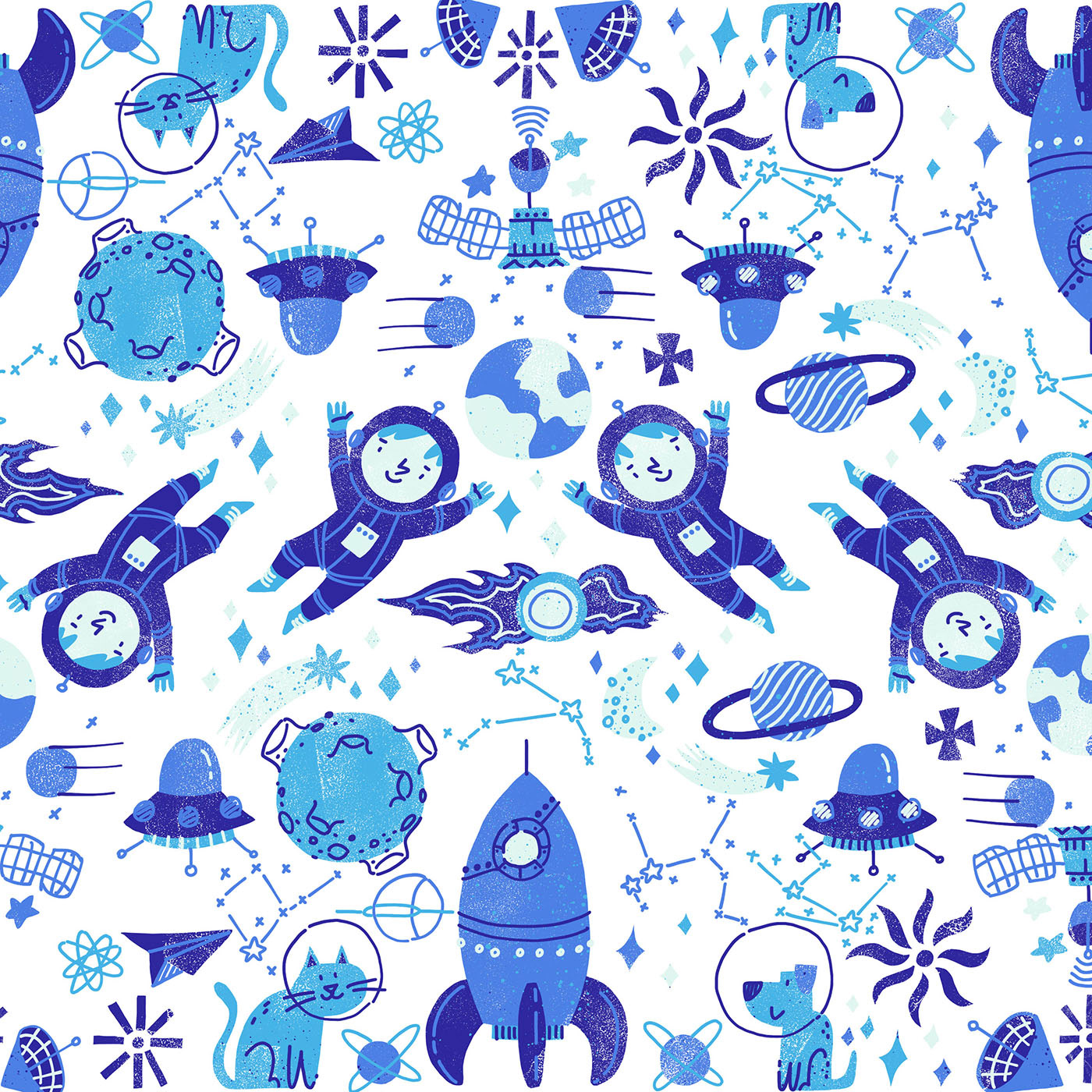


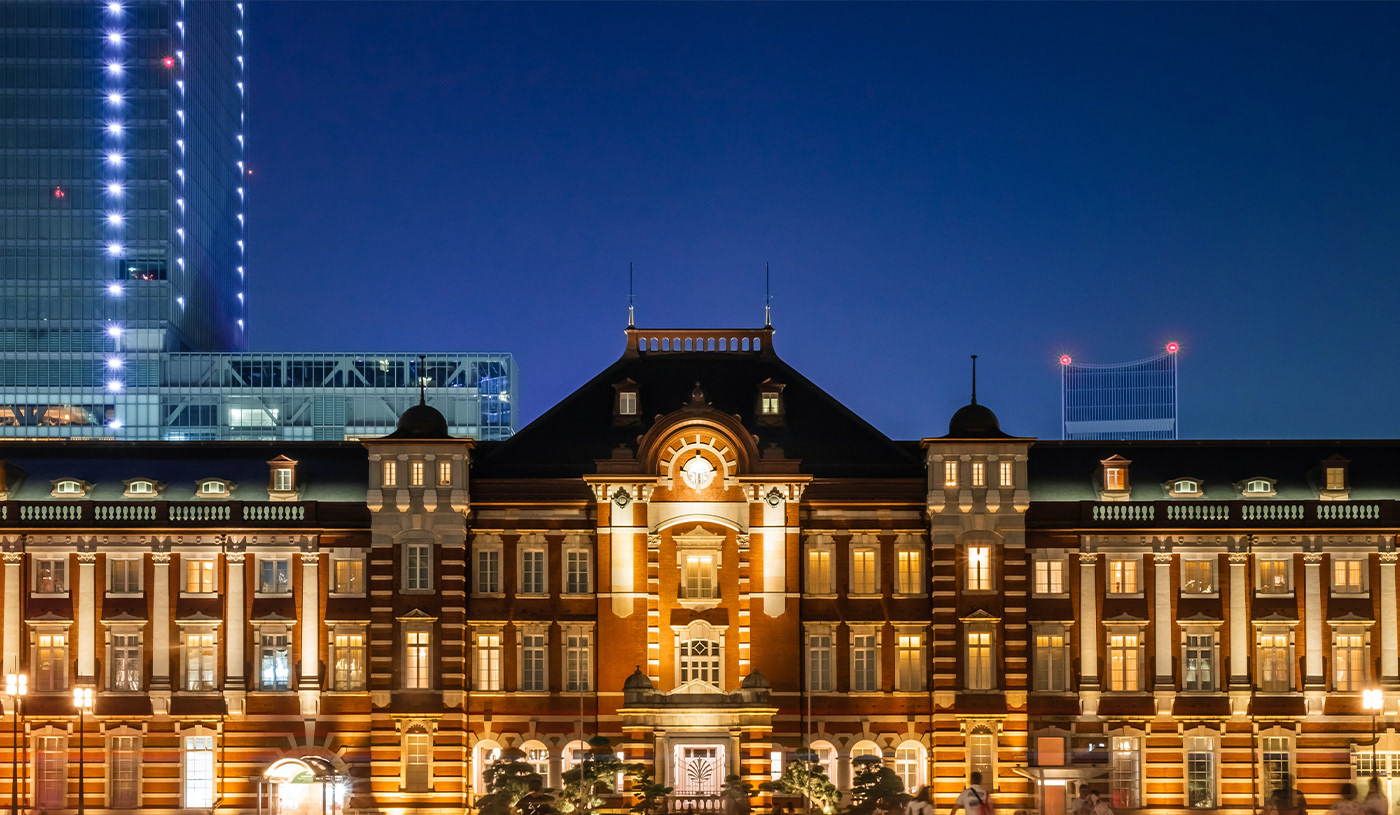
Photo from Unsplash by Wen Xiao
Tokyo Station is one of the main rail station in the Japan connecting different regions and suburban areas by bullet train, local train and the metro. The station was built in 1914 and is part of Important Culture Property of Japan. The architect of the station was heavily inspired by the Victorian style of Britain.
The main gate of the station was meant to be for the royal family and state guests. It was later changed for regular passengers and has been used since then.
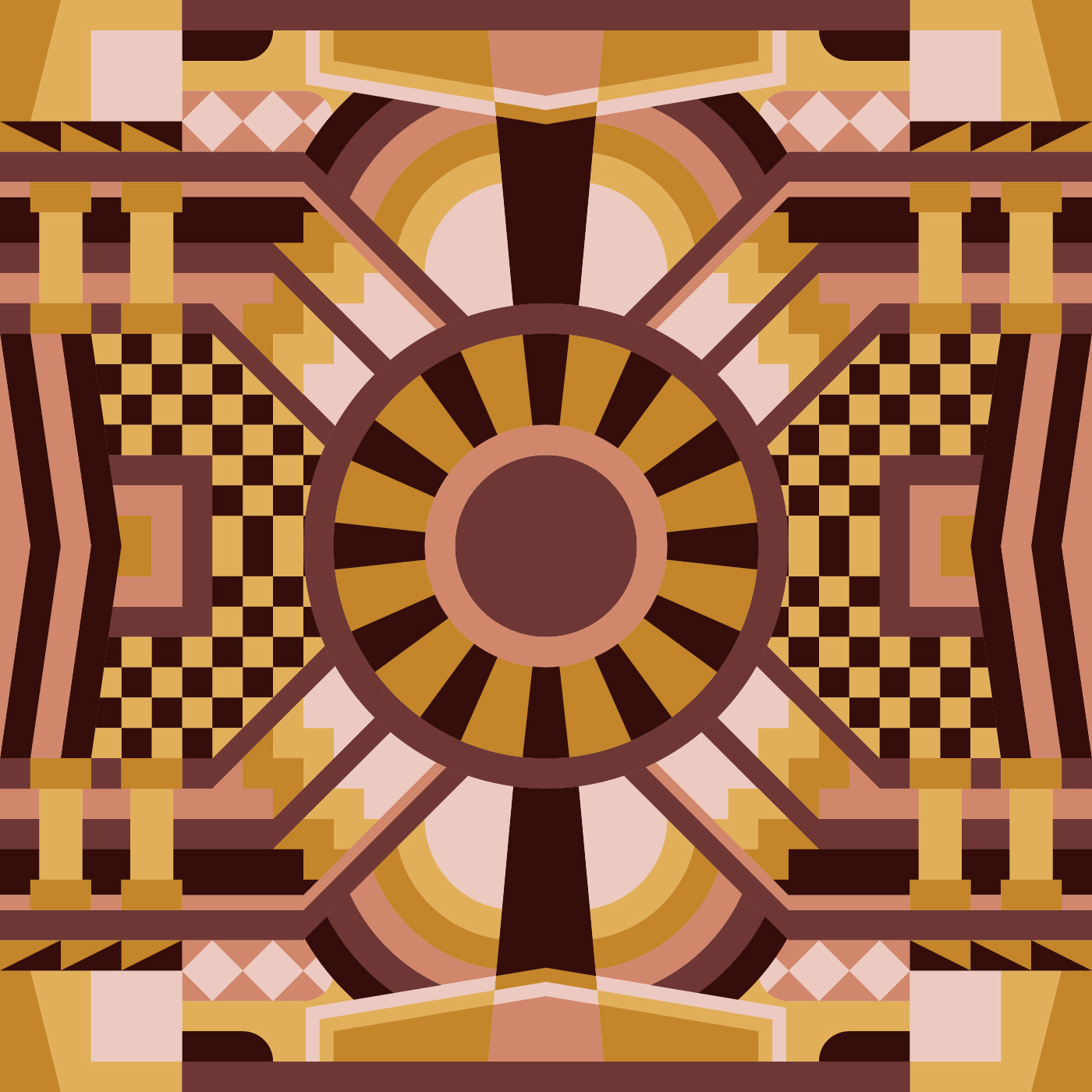
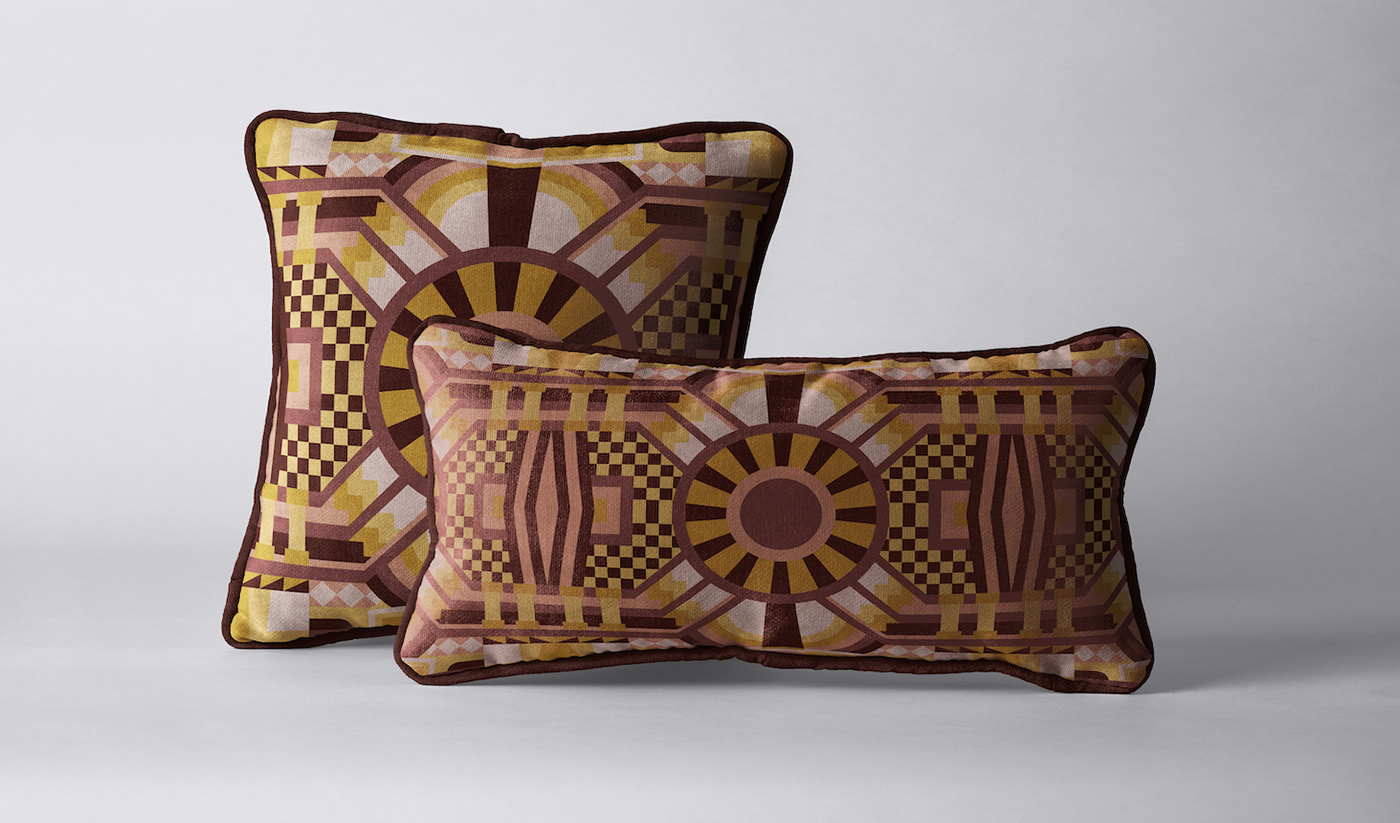


Kuala Lumpur Railway Station was built in 1910. Apart from The Sultan Abdul Samad Building, the next most prominent landmark of Kuala Lumpur is the old Kuala Lumpur Railway Station.
The style was imported directly from British India where the Indo-Saracenic style movement started in 1870 and it reached the height of its popularity among British architects in British India between late 19th century and early 20th century.
I am inspired by the mix of different culture turned into architecture. It’s a romantic building for me as it is named the Taj Mahal of Train station.
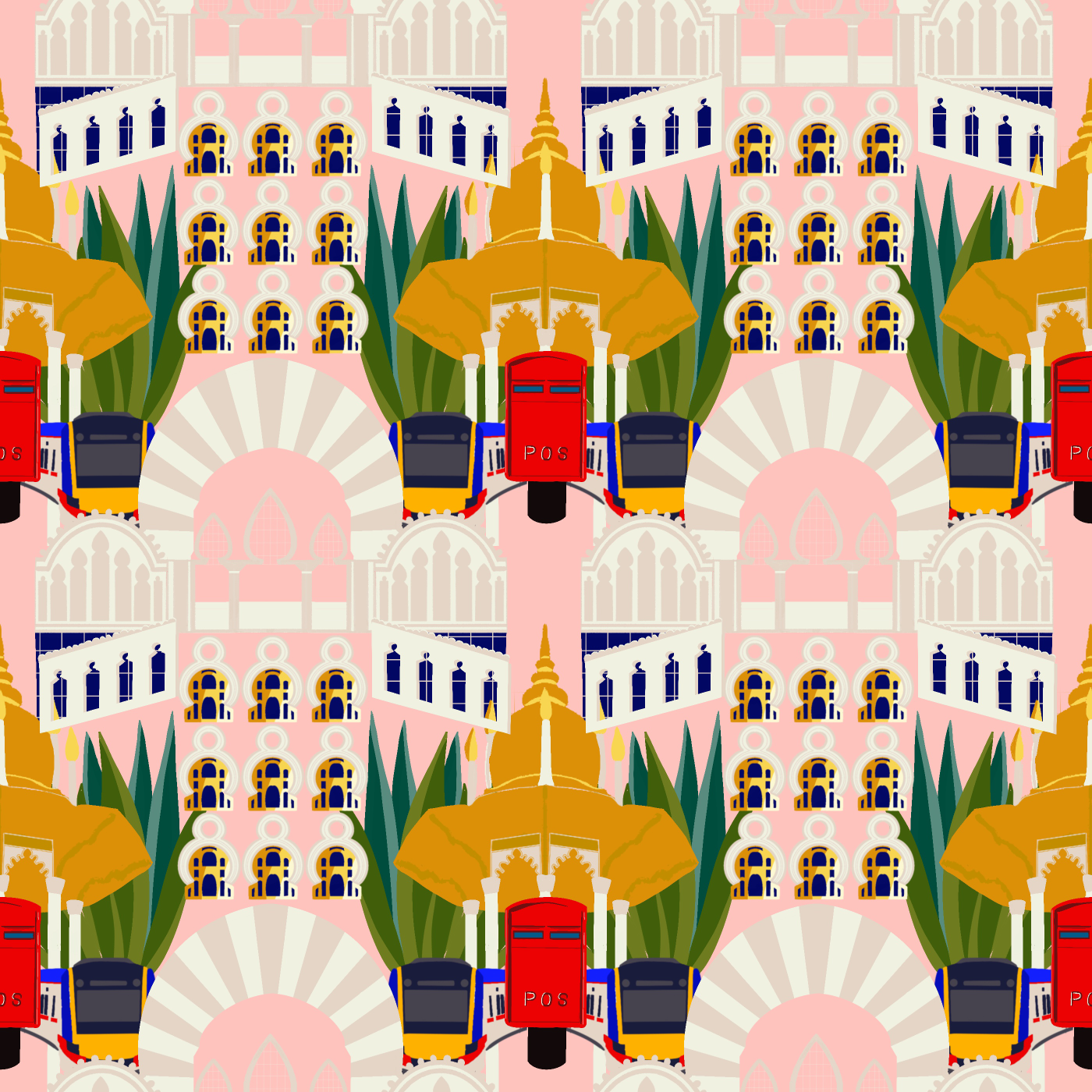


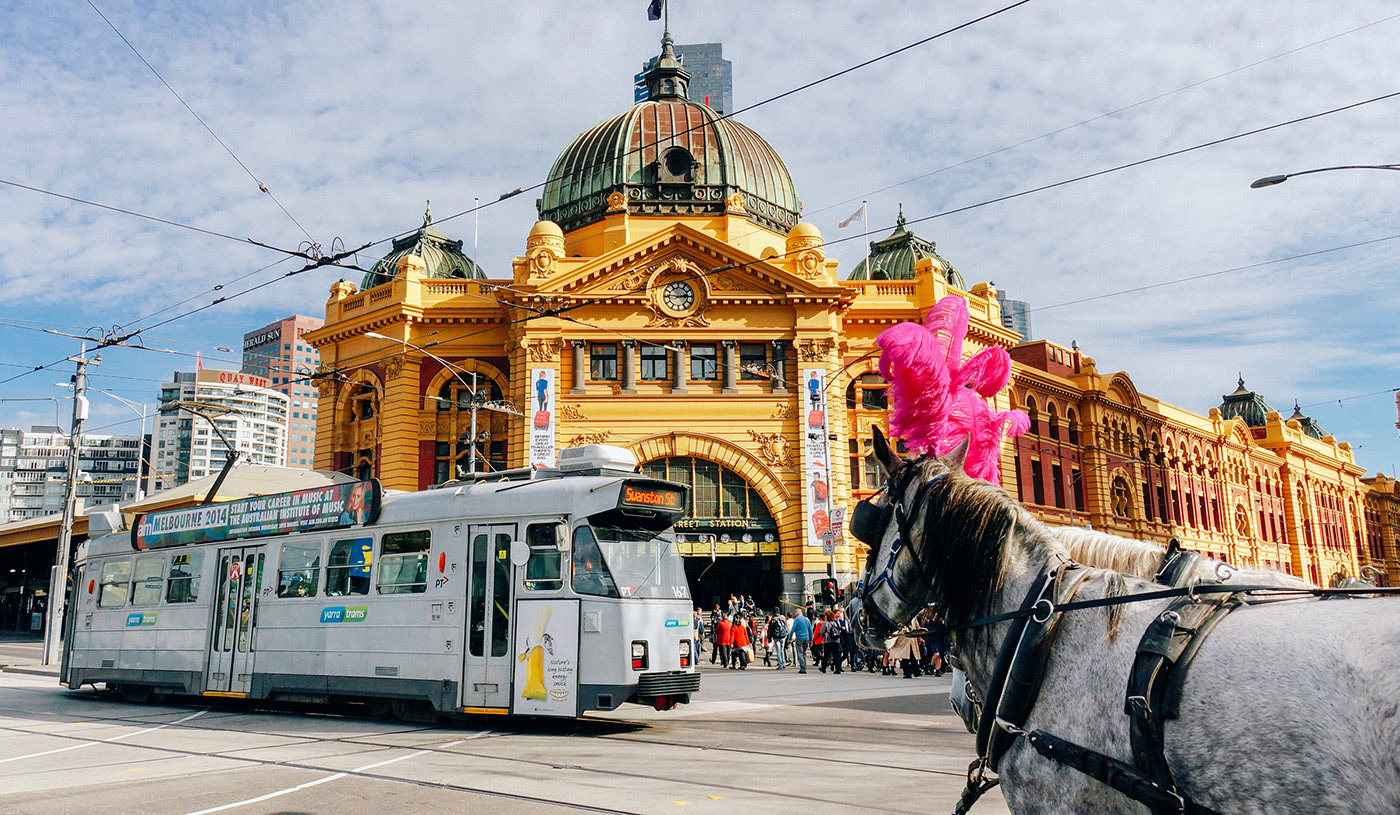
Flinders Street is the central railway station of the ‘Metro’ rail network of Melbourne, Australia.
( I have lived in Melbourne for almost 2 years and when I came here I was
very disappointed that this is a train network called ‘Metro’, not a real metro ).
The station's main building was completed in 1909 and is a cultural icon of Melbourne.
In my work, I try to include all the characteristic elements of the station surroundings - main building and it’s details, trams, trains, horse carriages and flora.
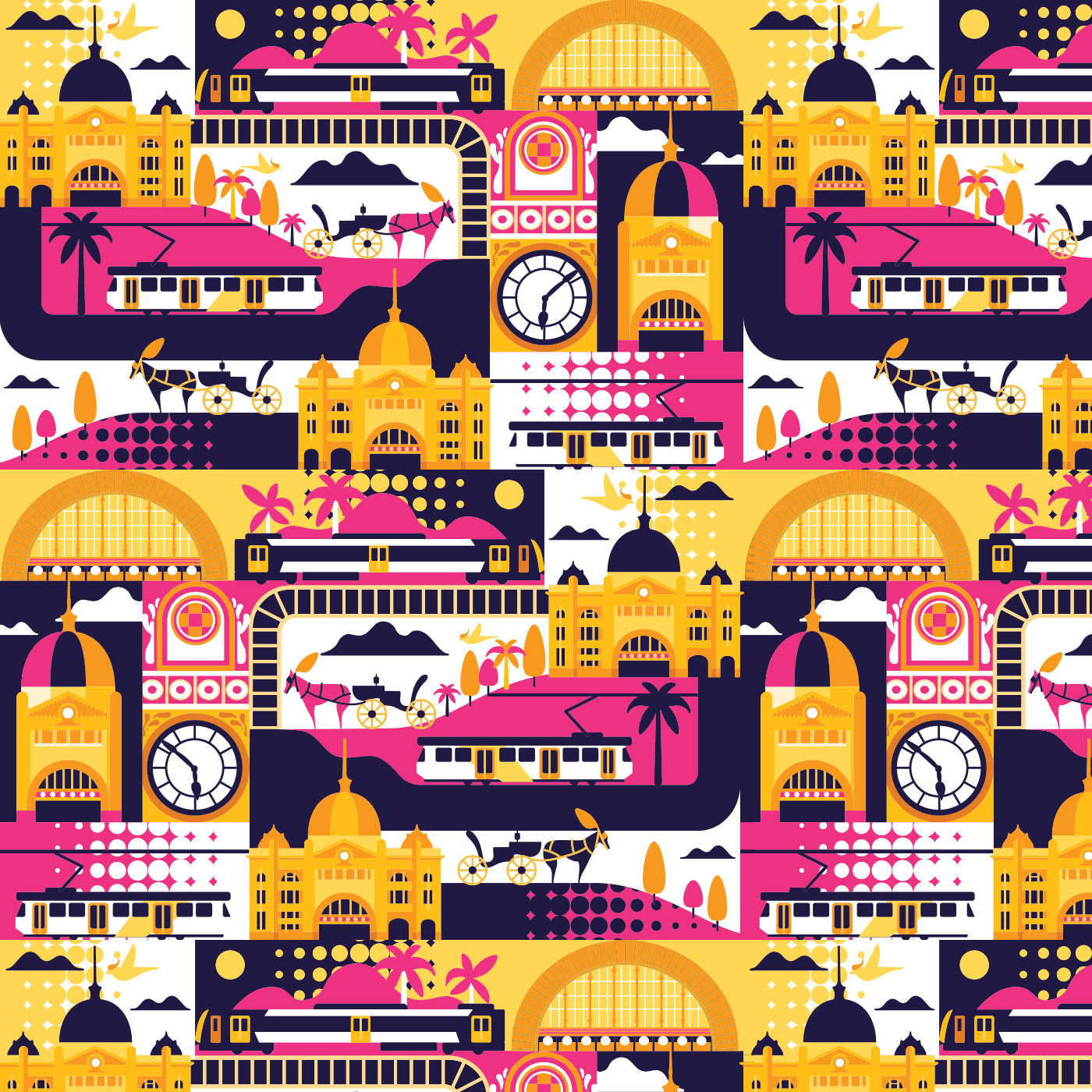
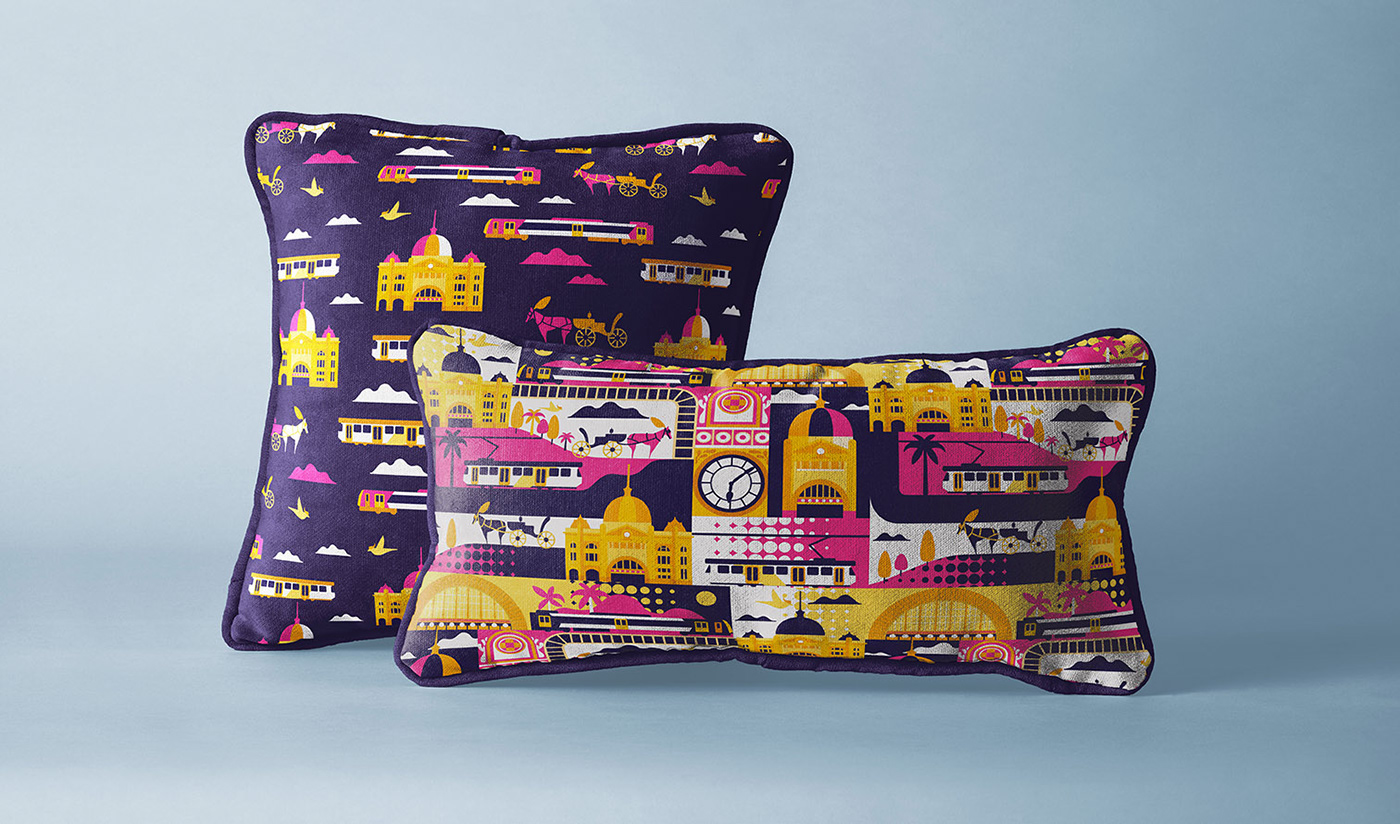
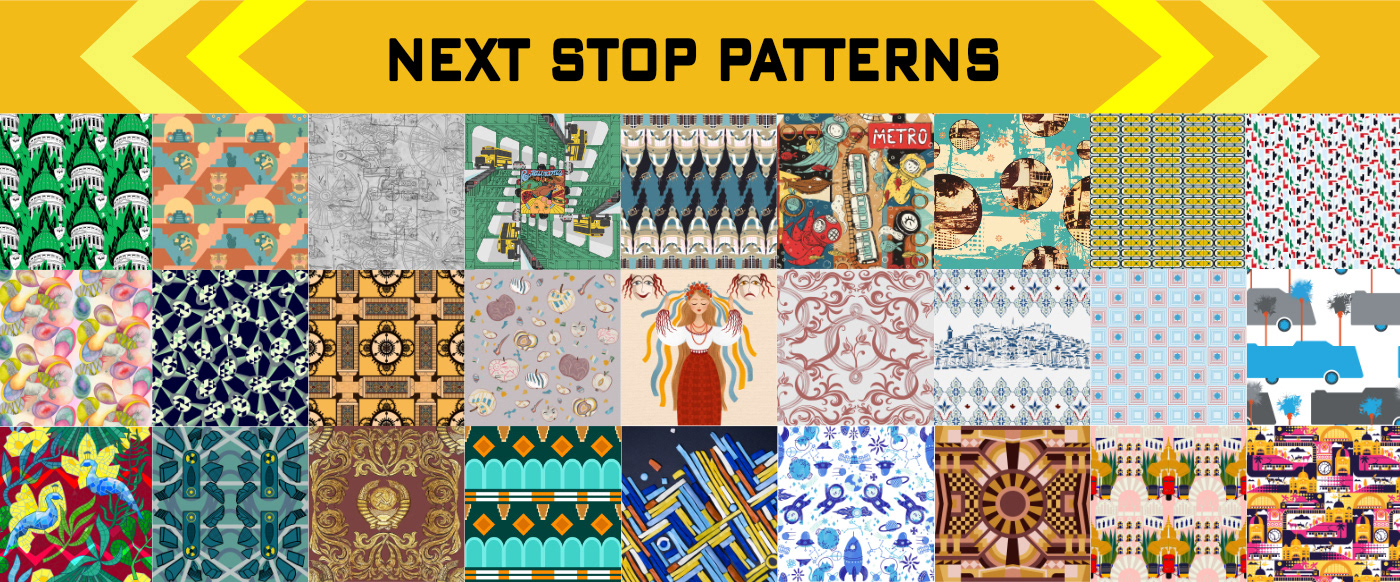
Idea
Organization
Animation
Participants
Candela Izaguirre Buenos Aires, Argentina
María Antonieta Sandoval Mexico City, Mexico
Ryan Hurley Savannah, GA, USA
Artem Bobkov New York, USA
Yulia Macé Nantes, France
Art Chereda Paris, France
Anna Thinius Halle, Germany
Kristy Kropat Berlin, Germany
Anna Zaretskaya Berlin, Germany
Marcela Golis Lodz, Poland
Ágnes Vári Kovács Budapest, Hungary
Elena Graphiсator Kiev, Ukraine
Wander. Len Kiev, Ukraine
Anastasiia Naiz Kiev, Ukraine
Che Lia Kharkiv, Ukraine
Aslıhan Alparslan İstanbul, Turkey
Salma Koshek Cairo, Egypt
Magpie Craft Limassol & Paphos, Cyprus
Frau Shto Sochi, Russia
Milky Art Moscow, Russia
Watercolor Kamill Moscow,Russia
Marusya Mentuz Moscow, Russia
Anna Bah Samara, Russia
Xenia Voronicheva Samara, Russia
Takeshi S Tokyo, Japan
Amanda Cheng Yi Ling Kuala Lumpur, Malaysia
Joanna Grodecka Melbourne, Australia


